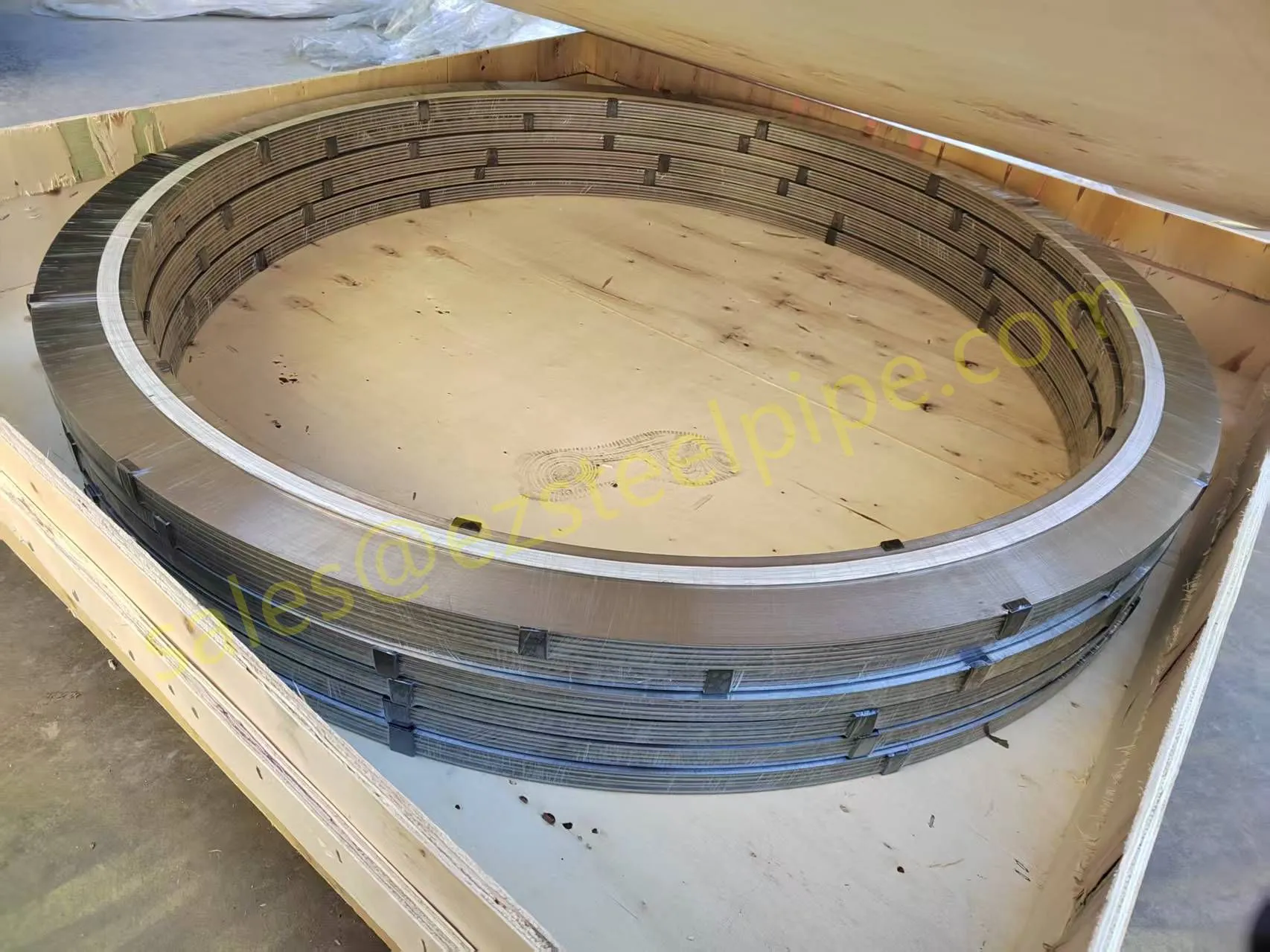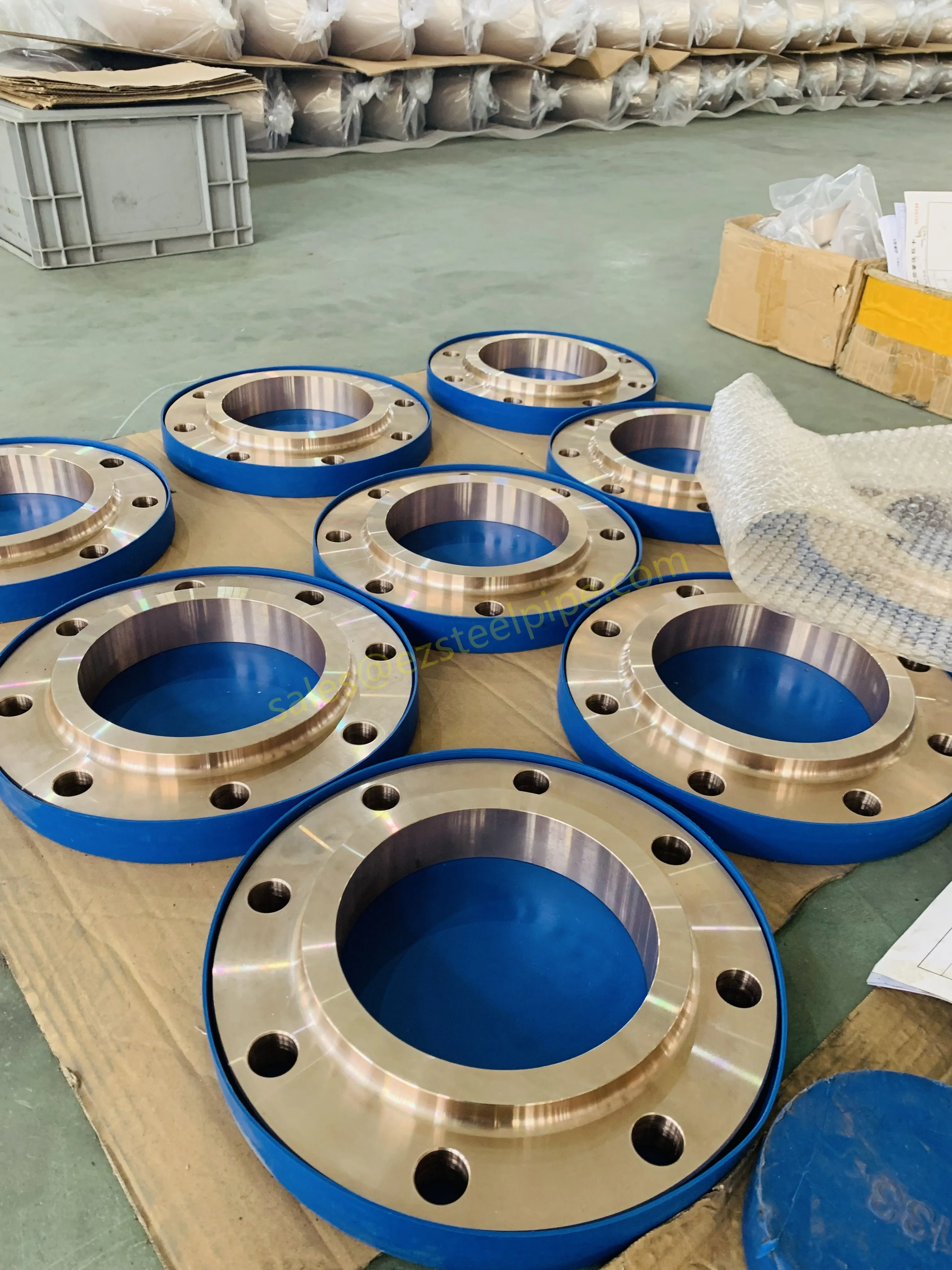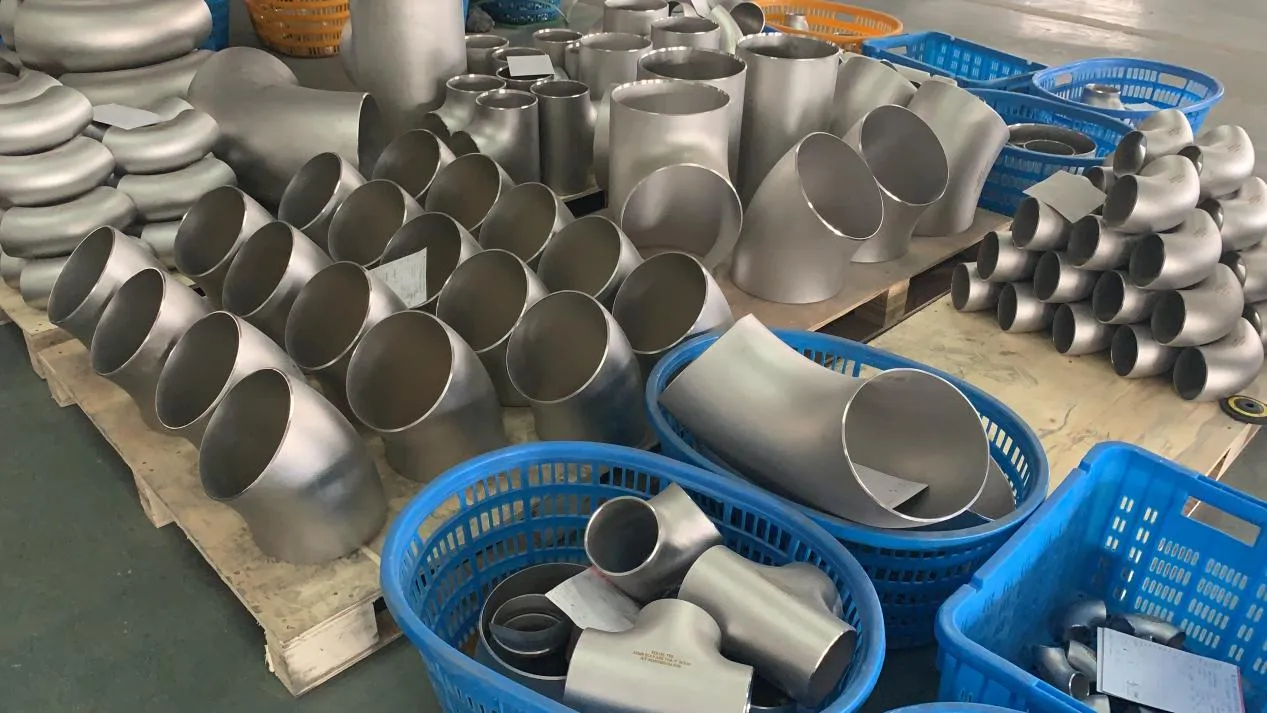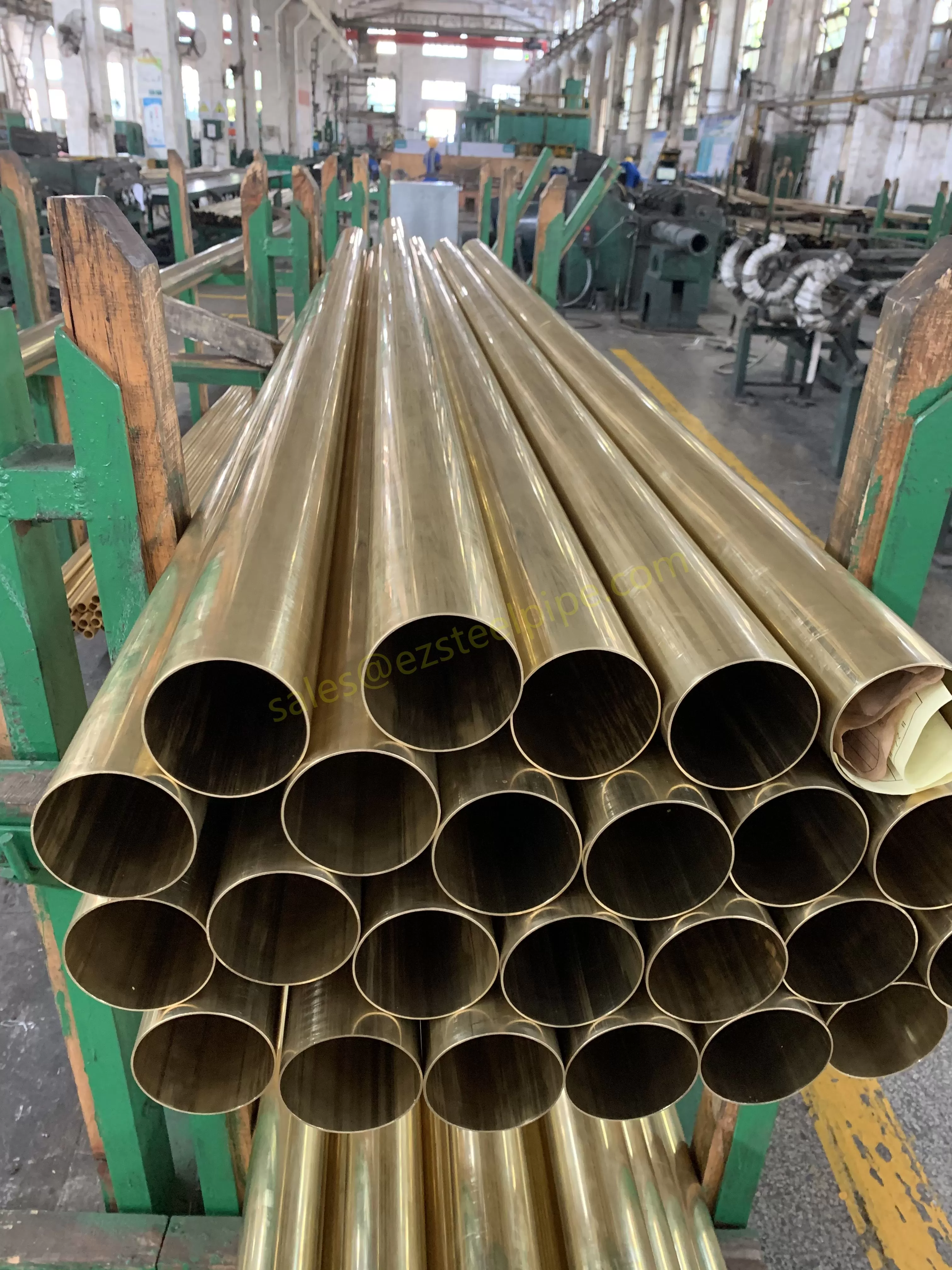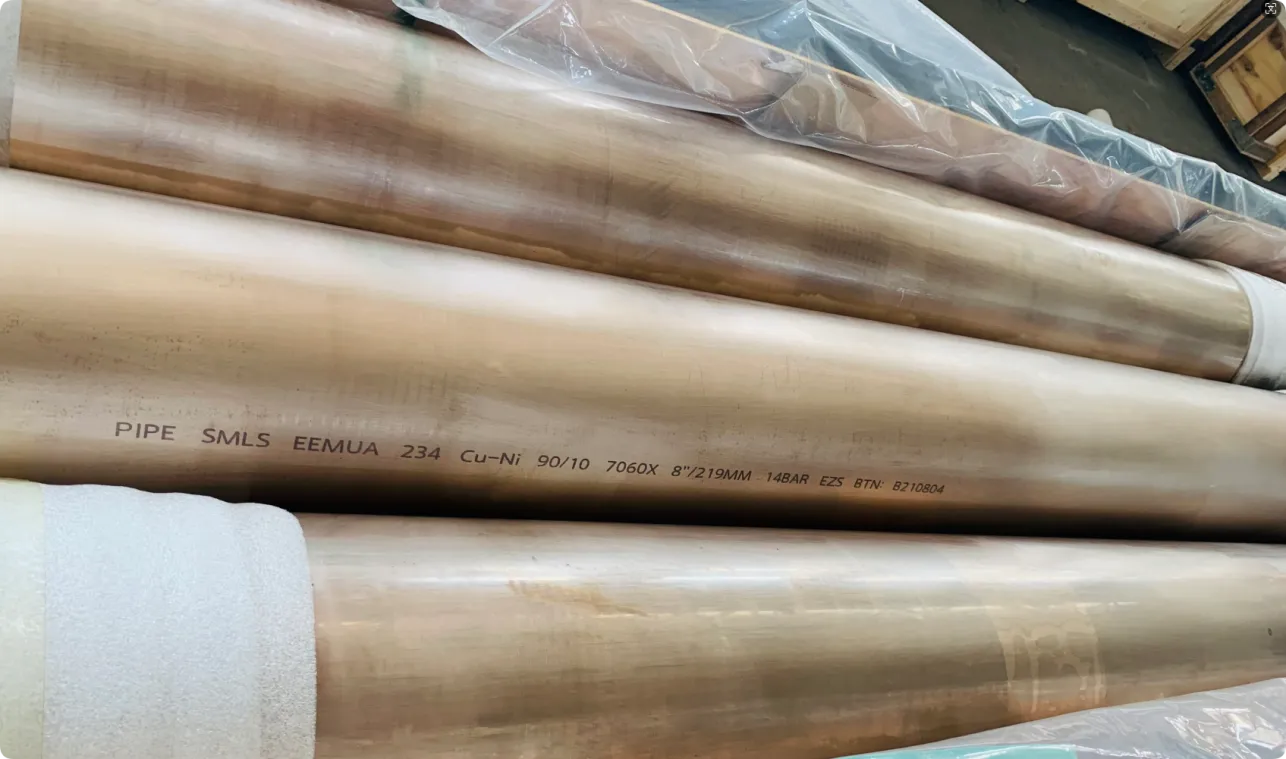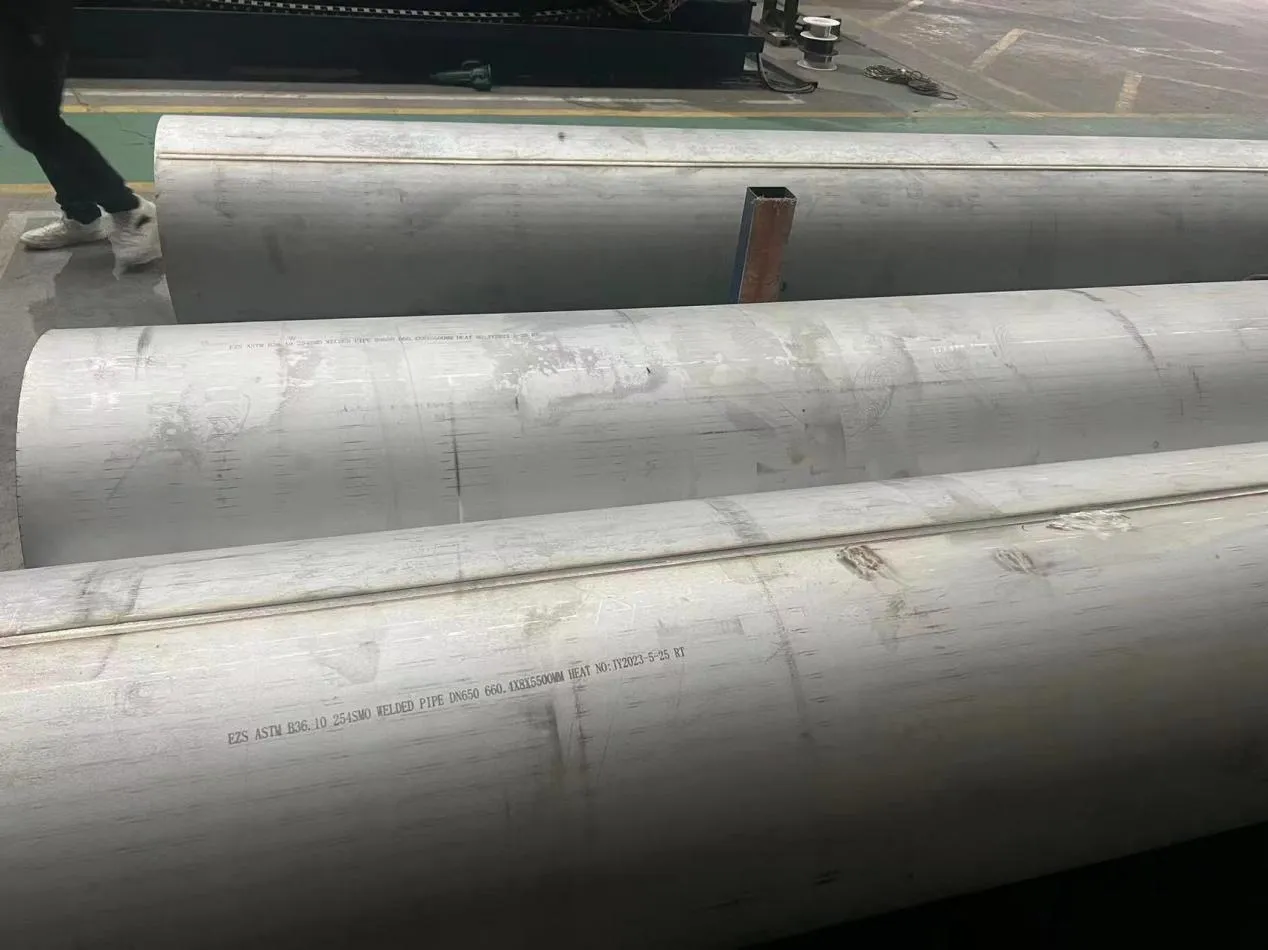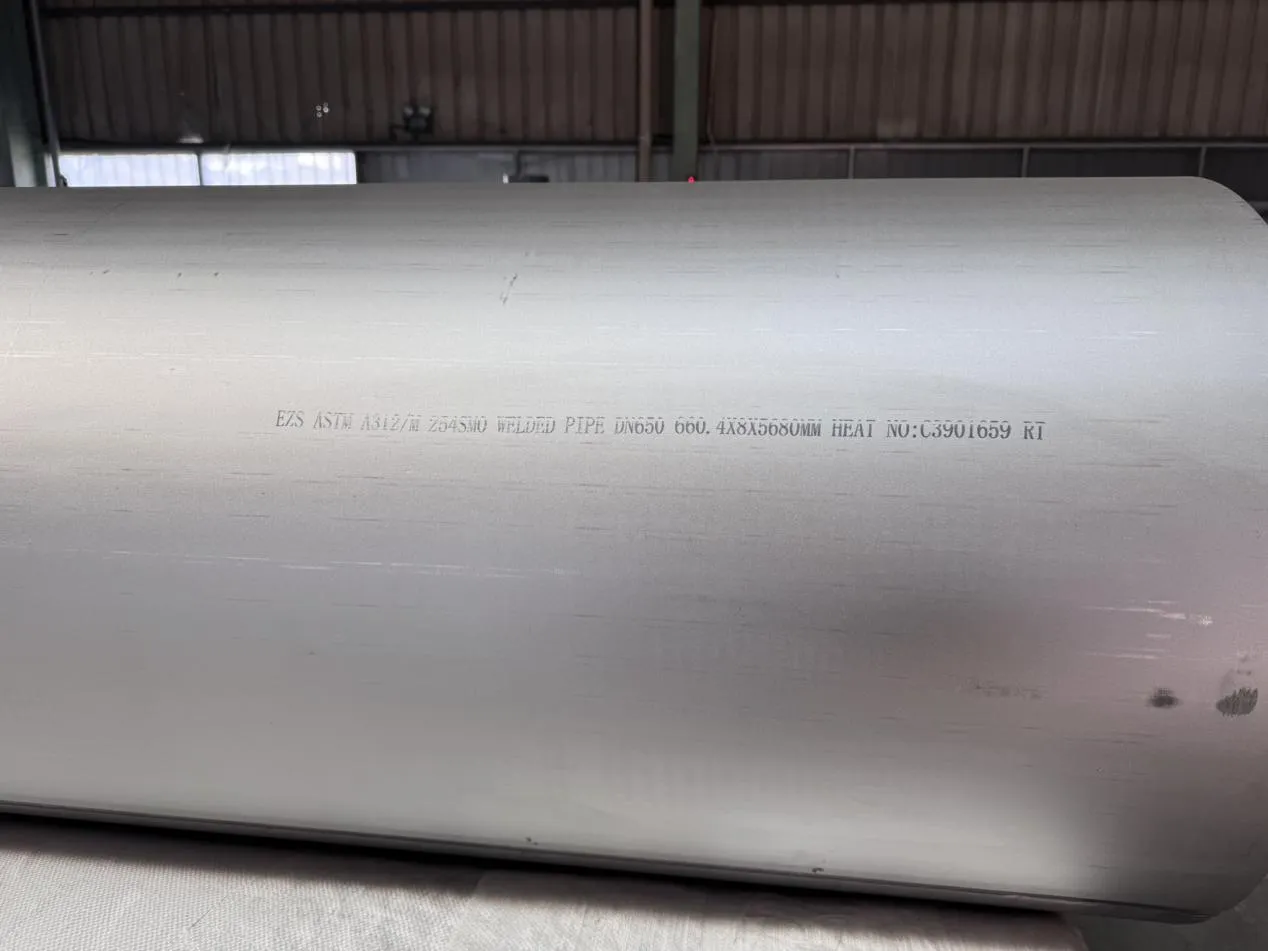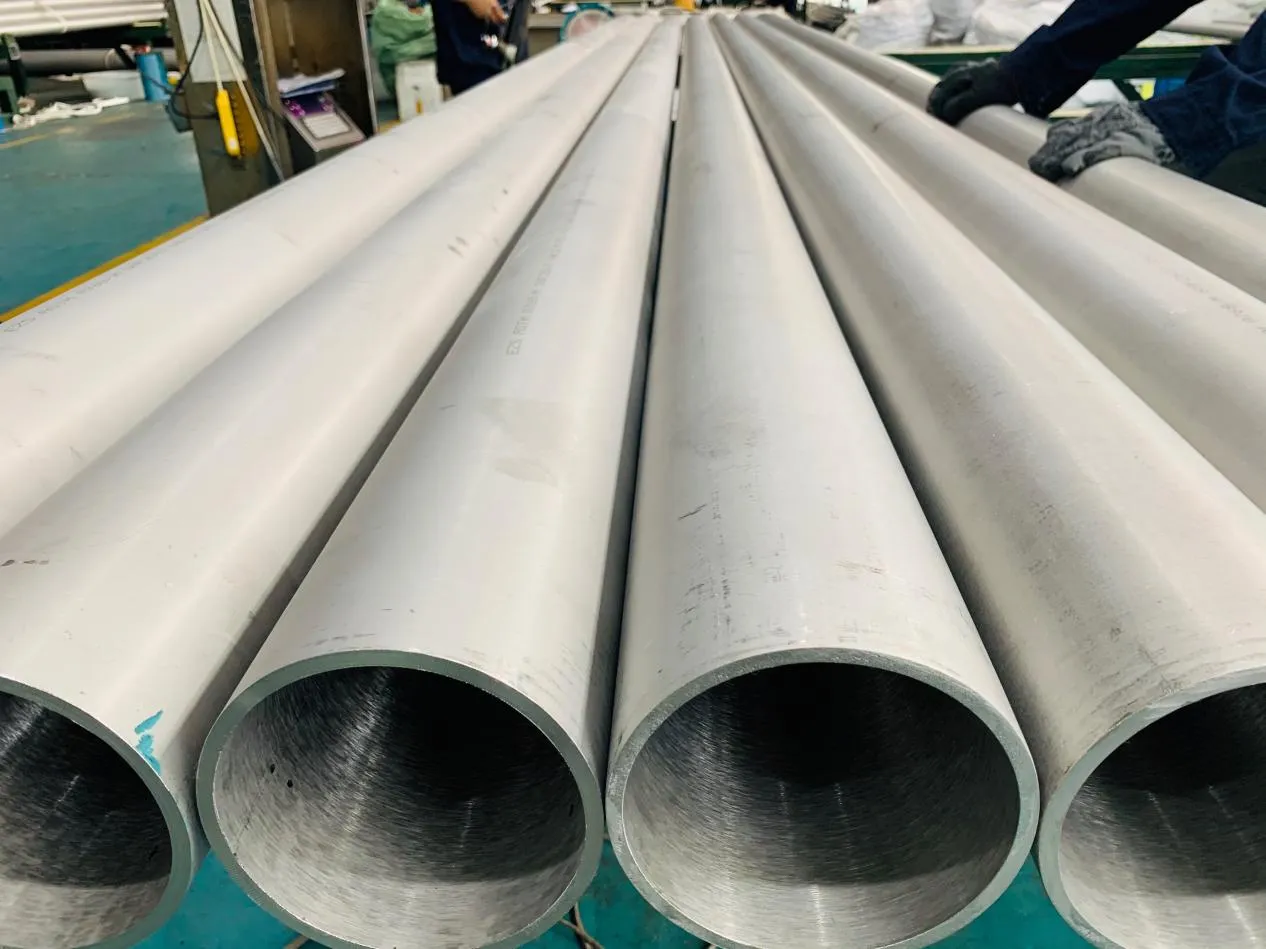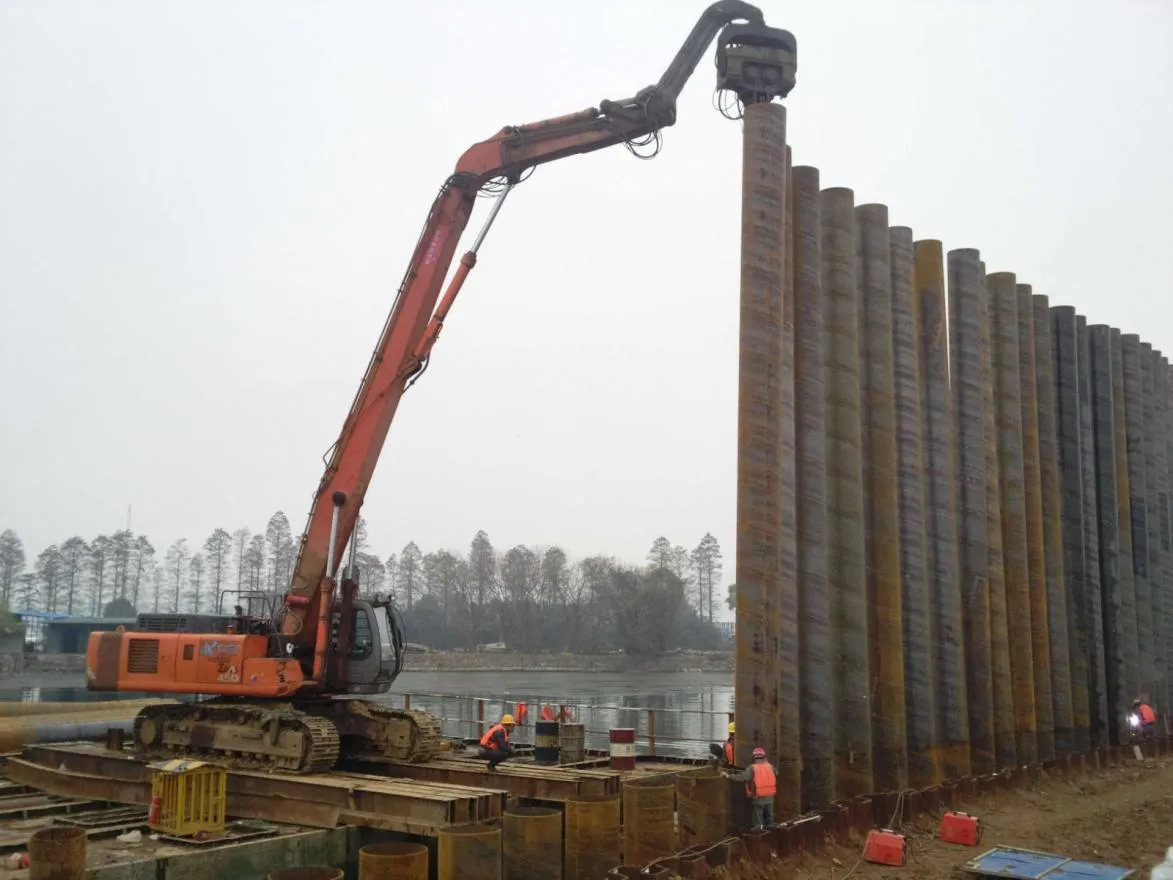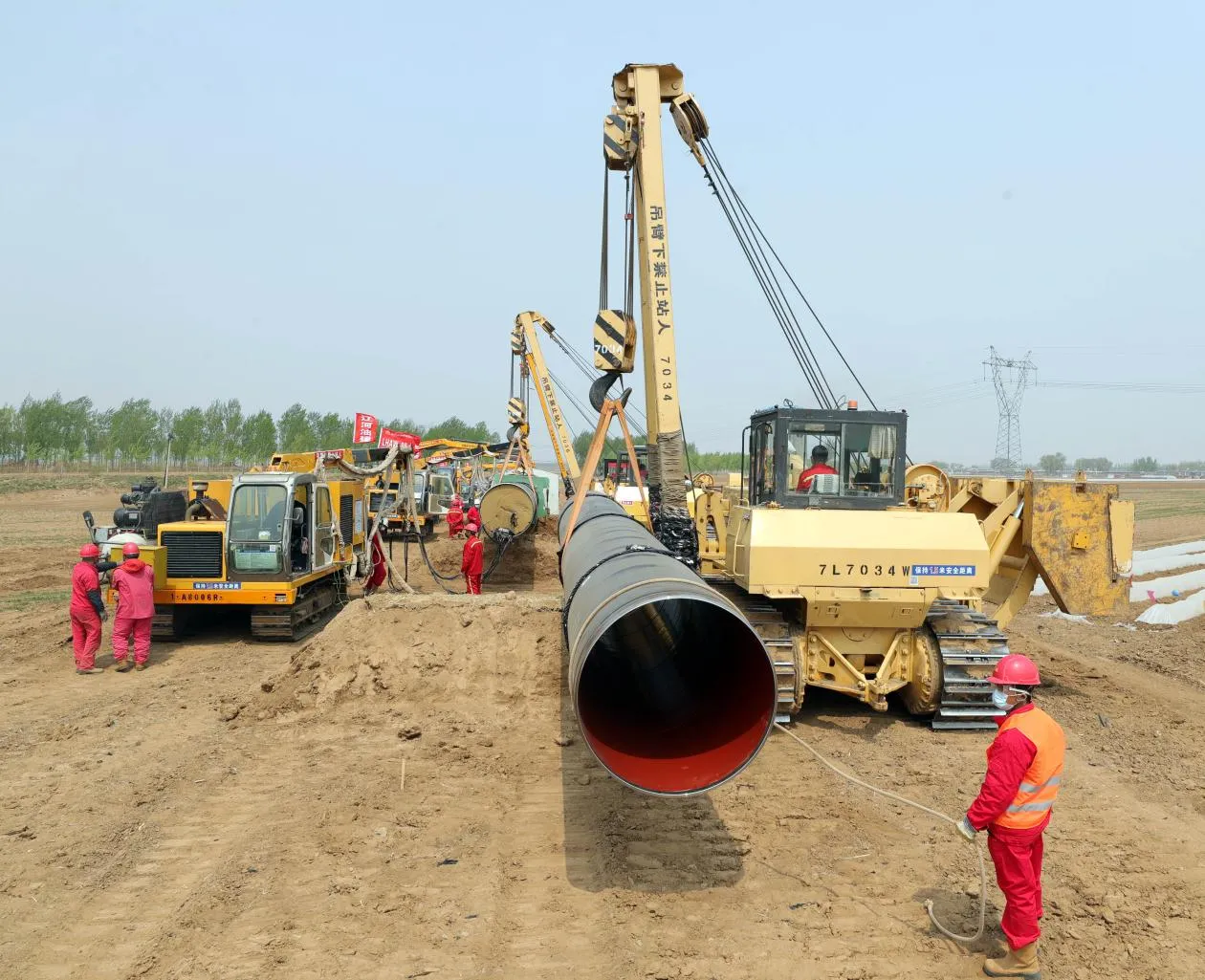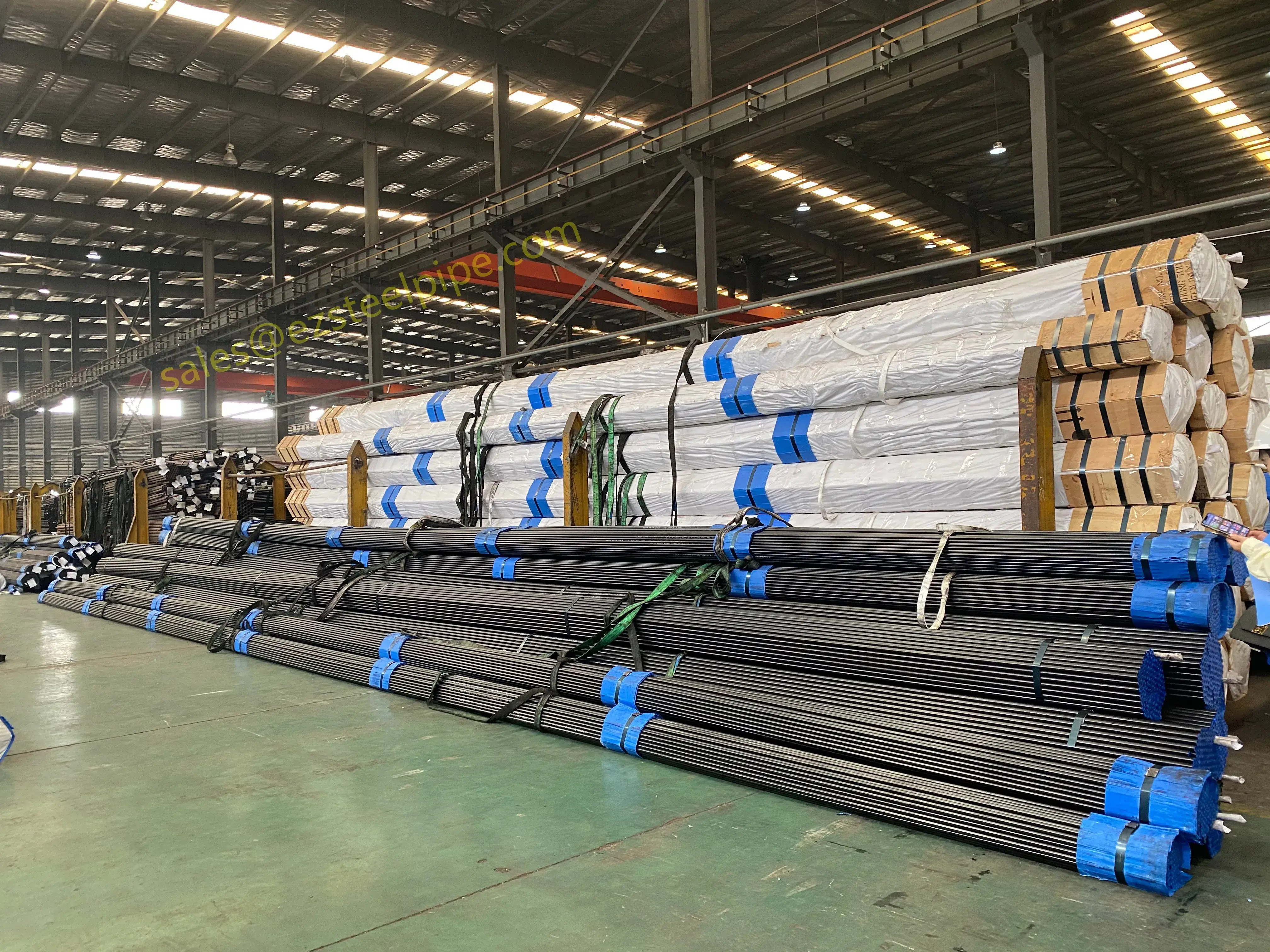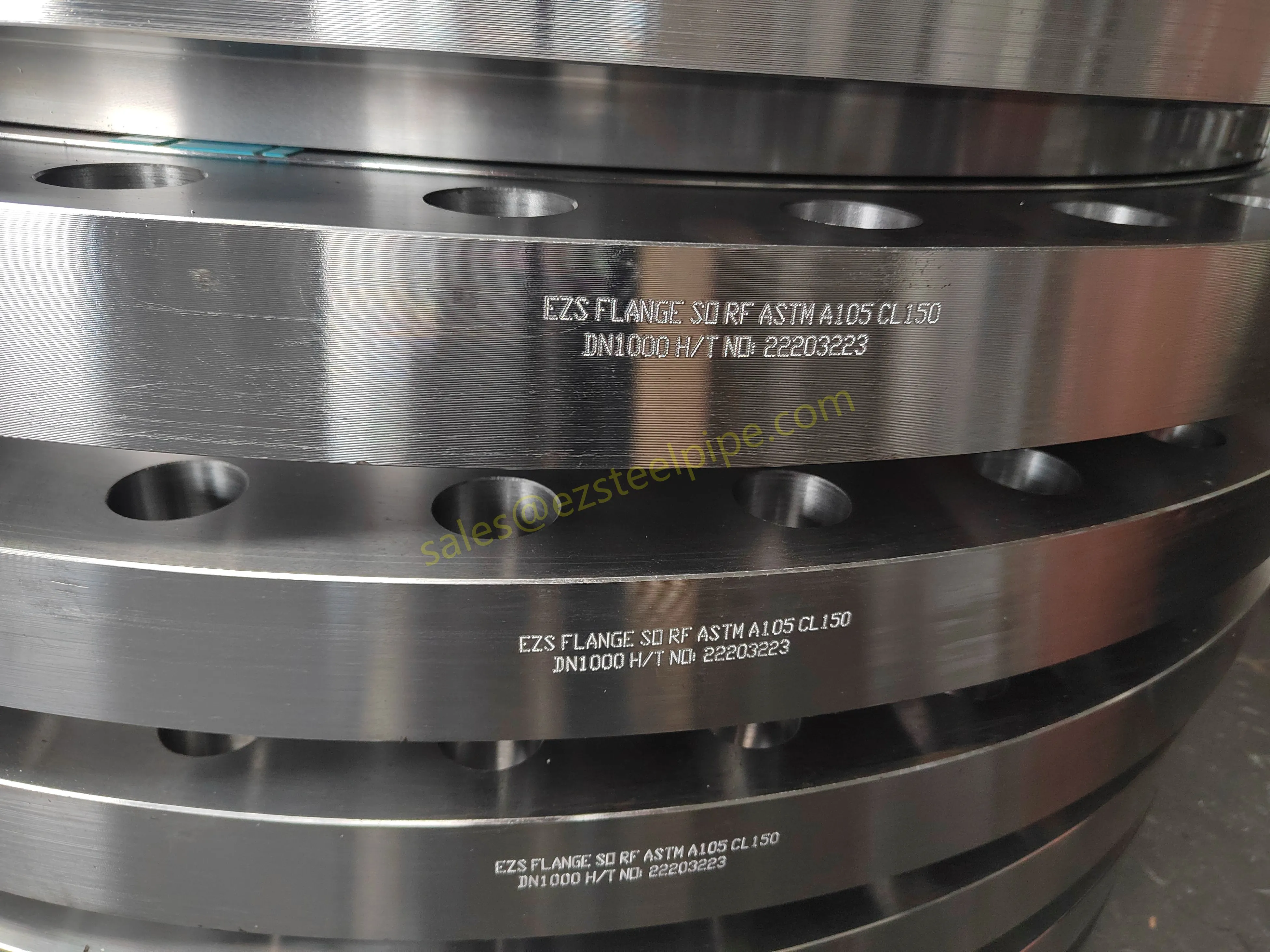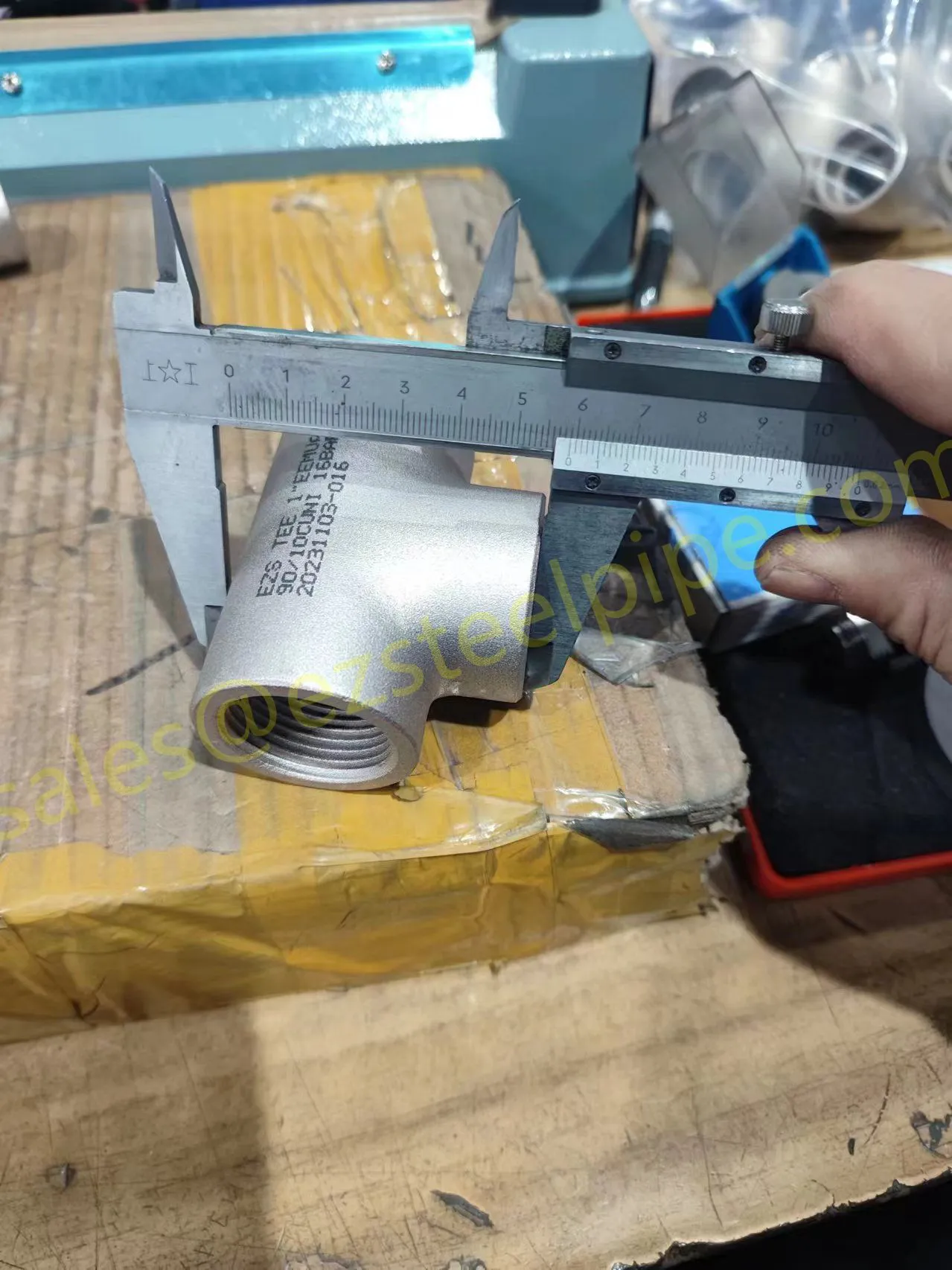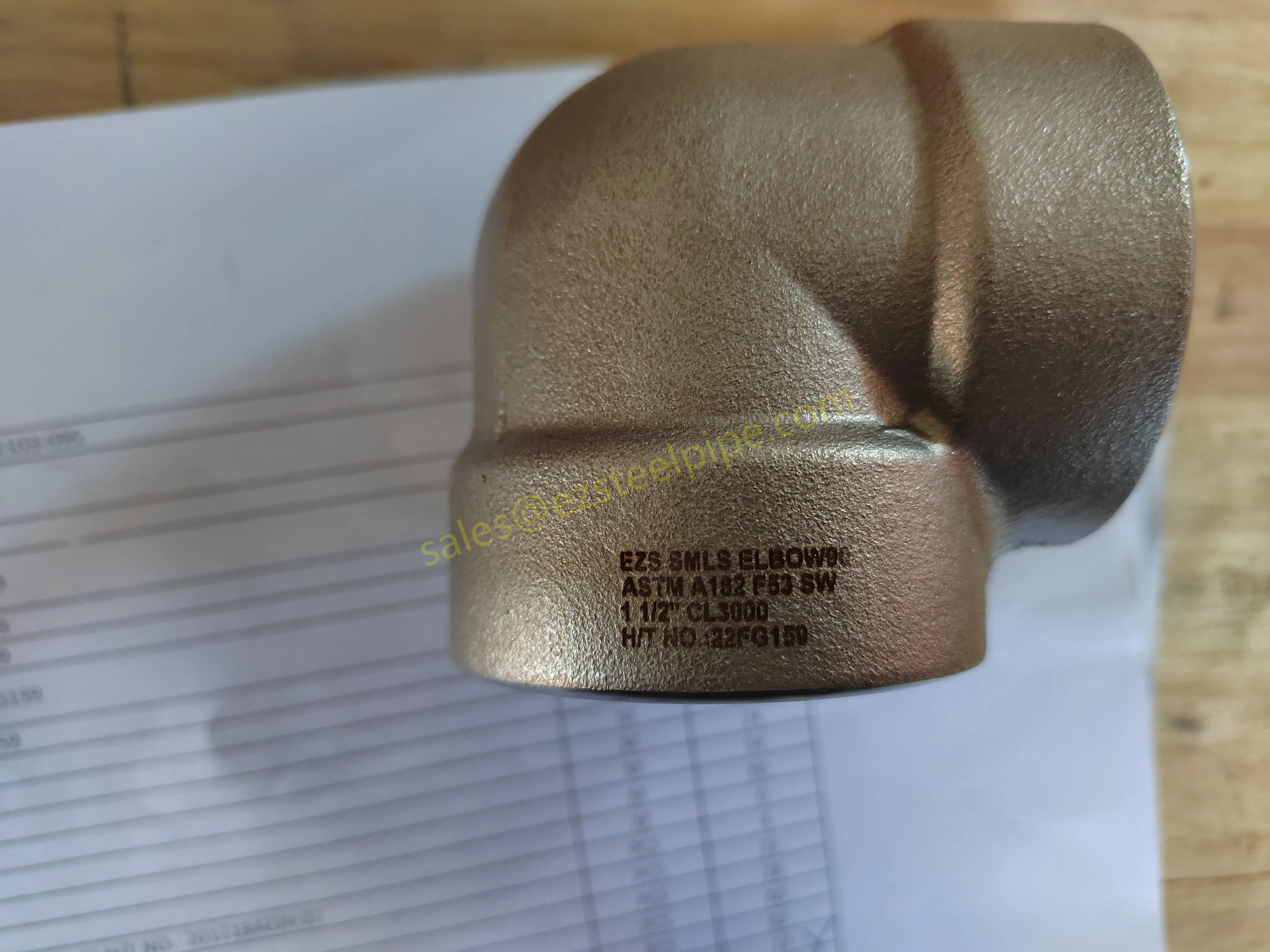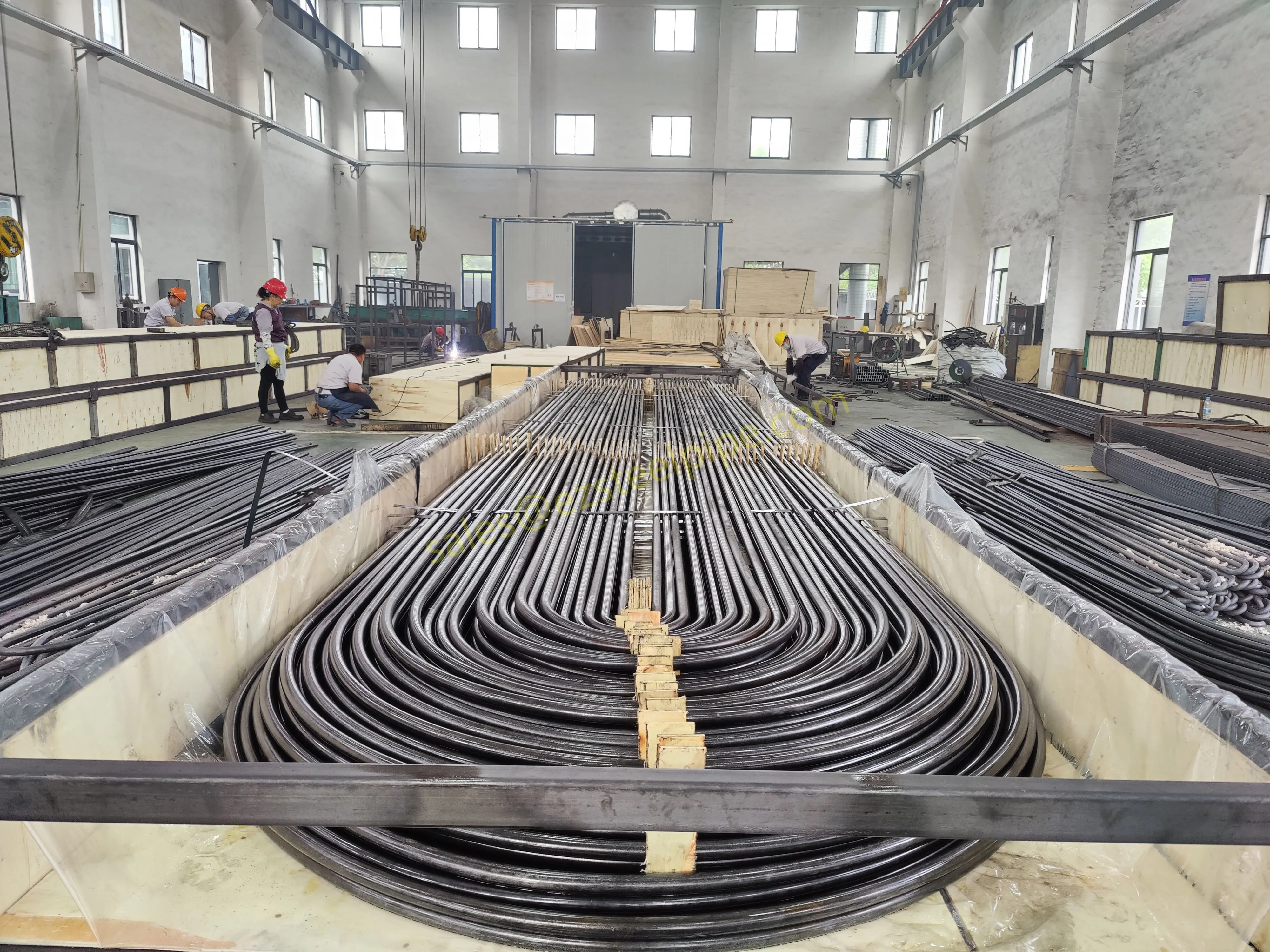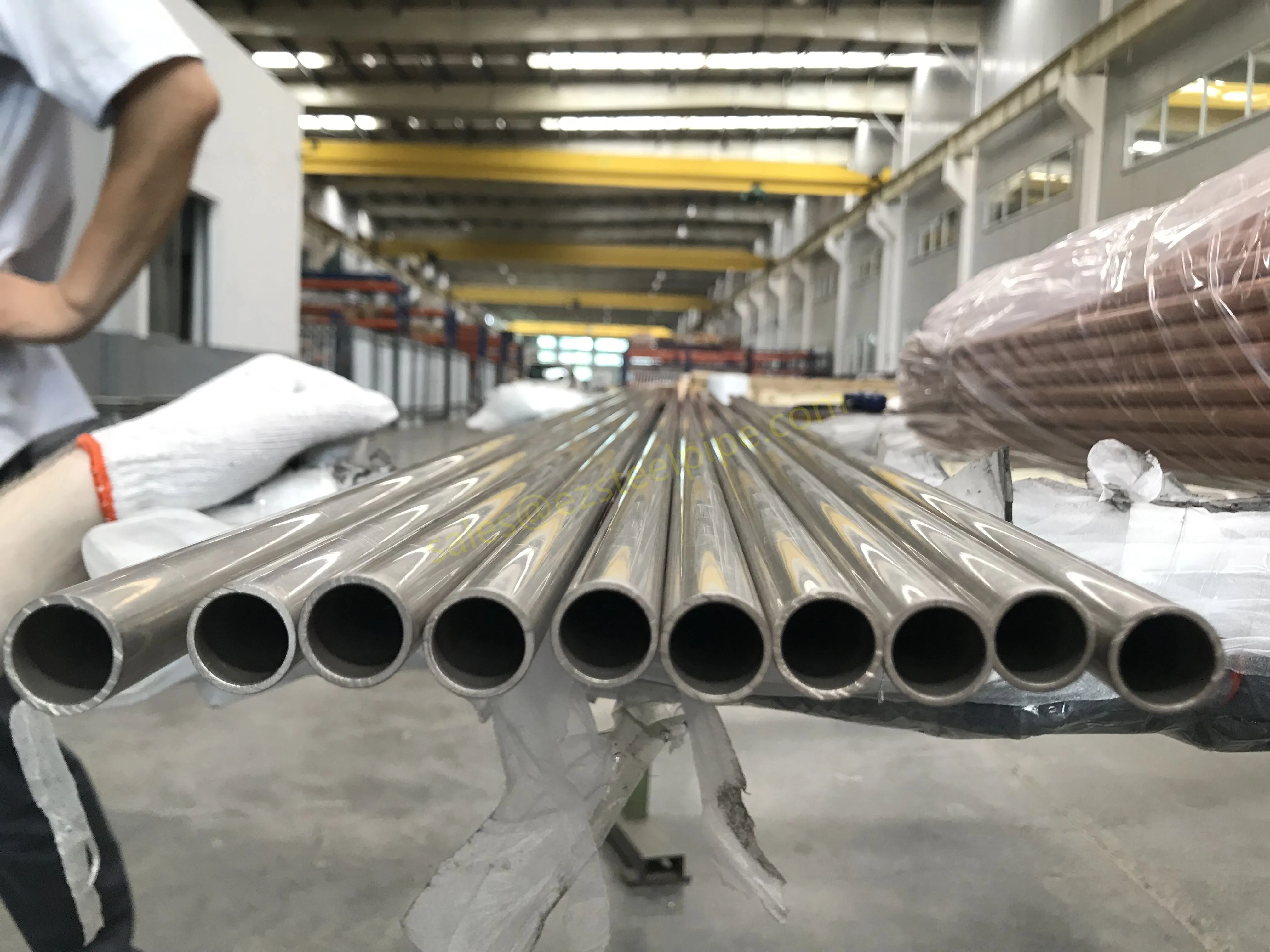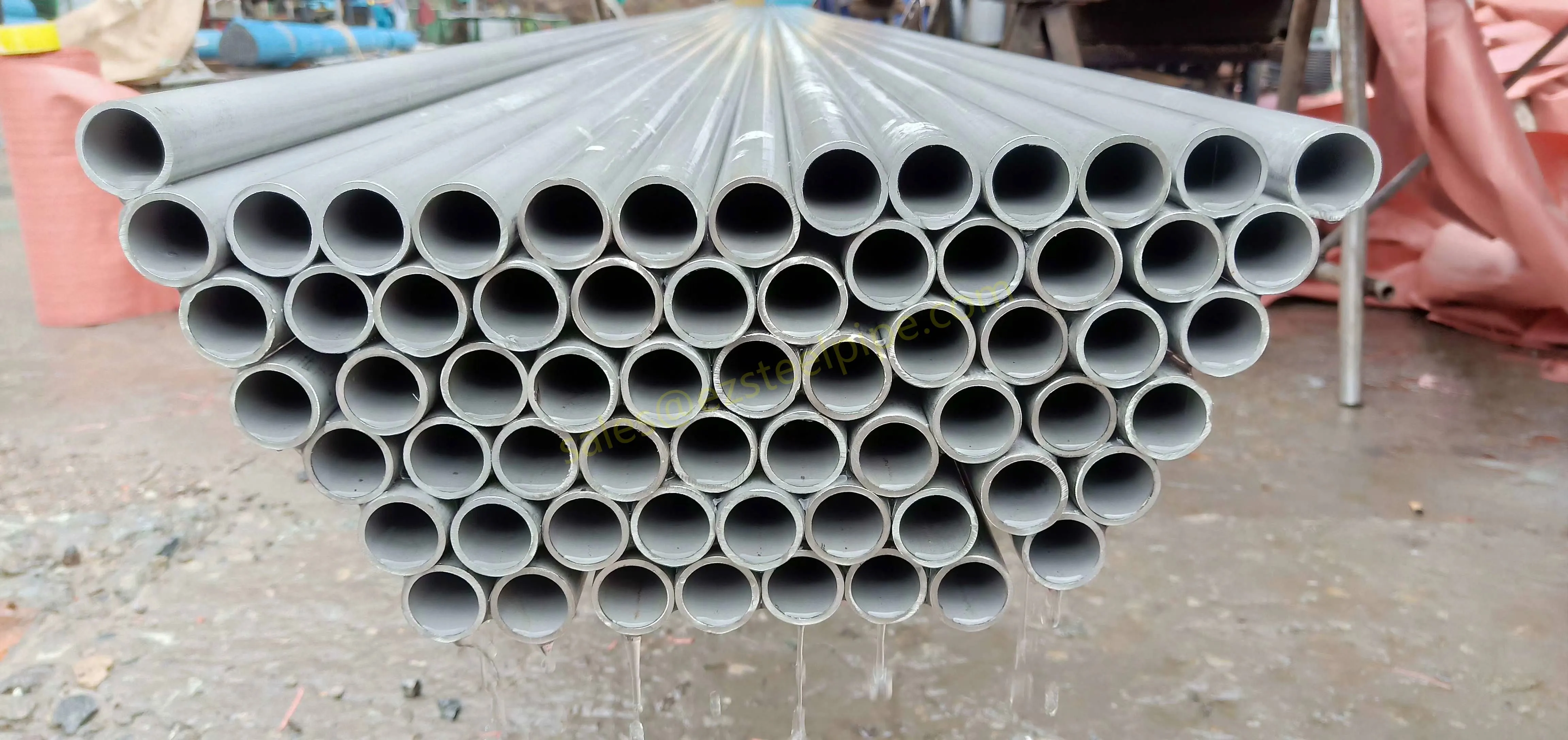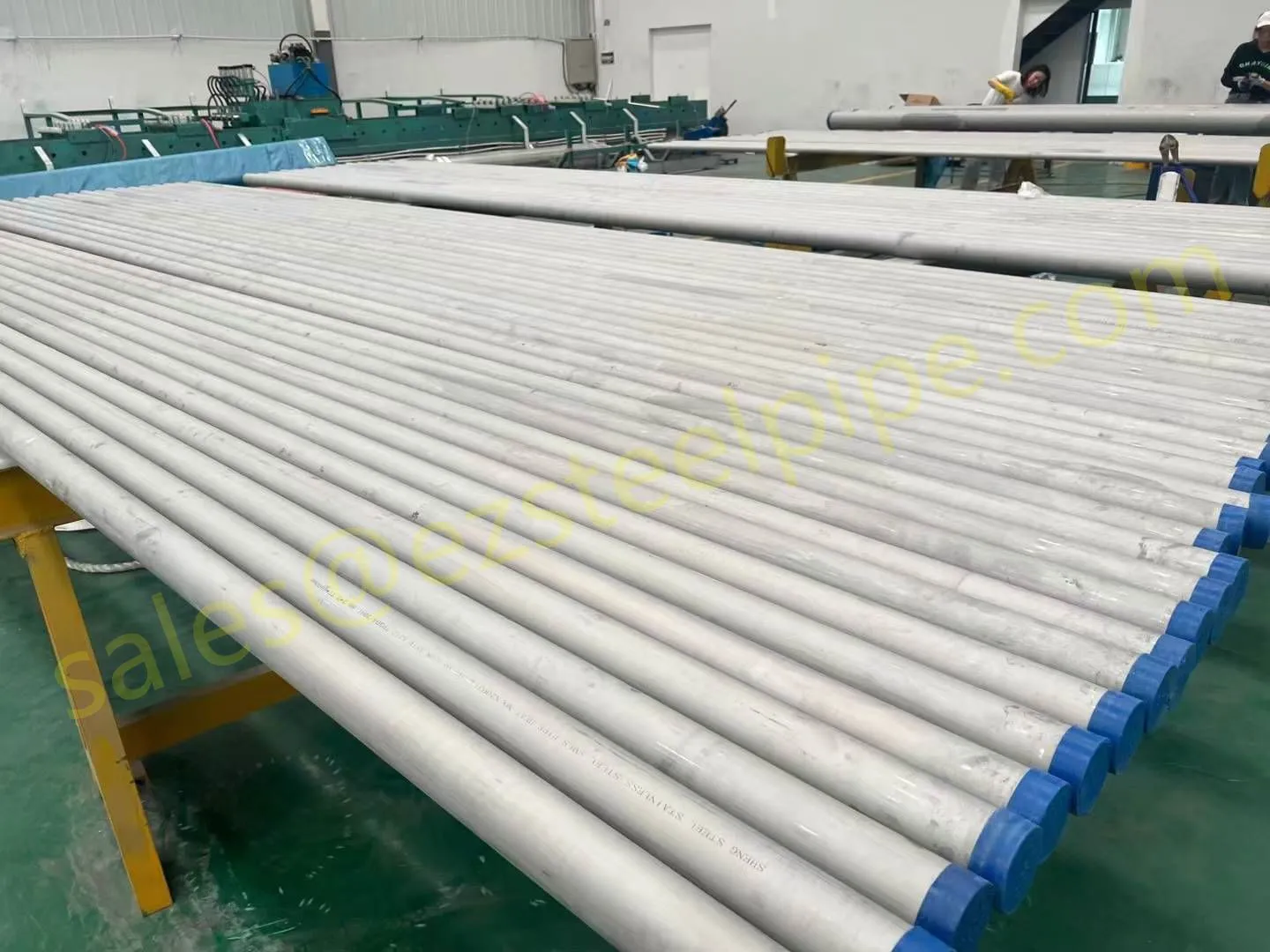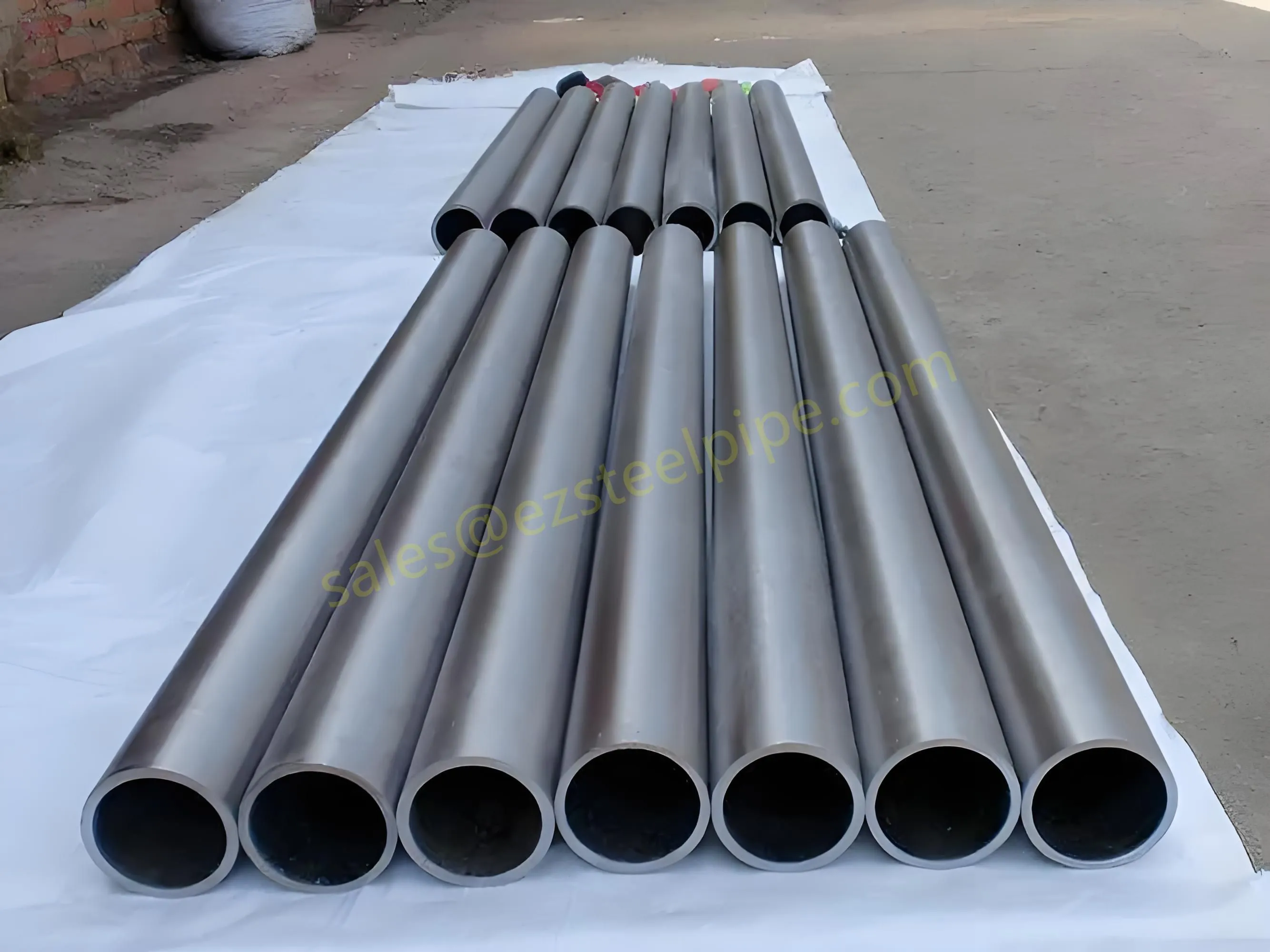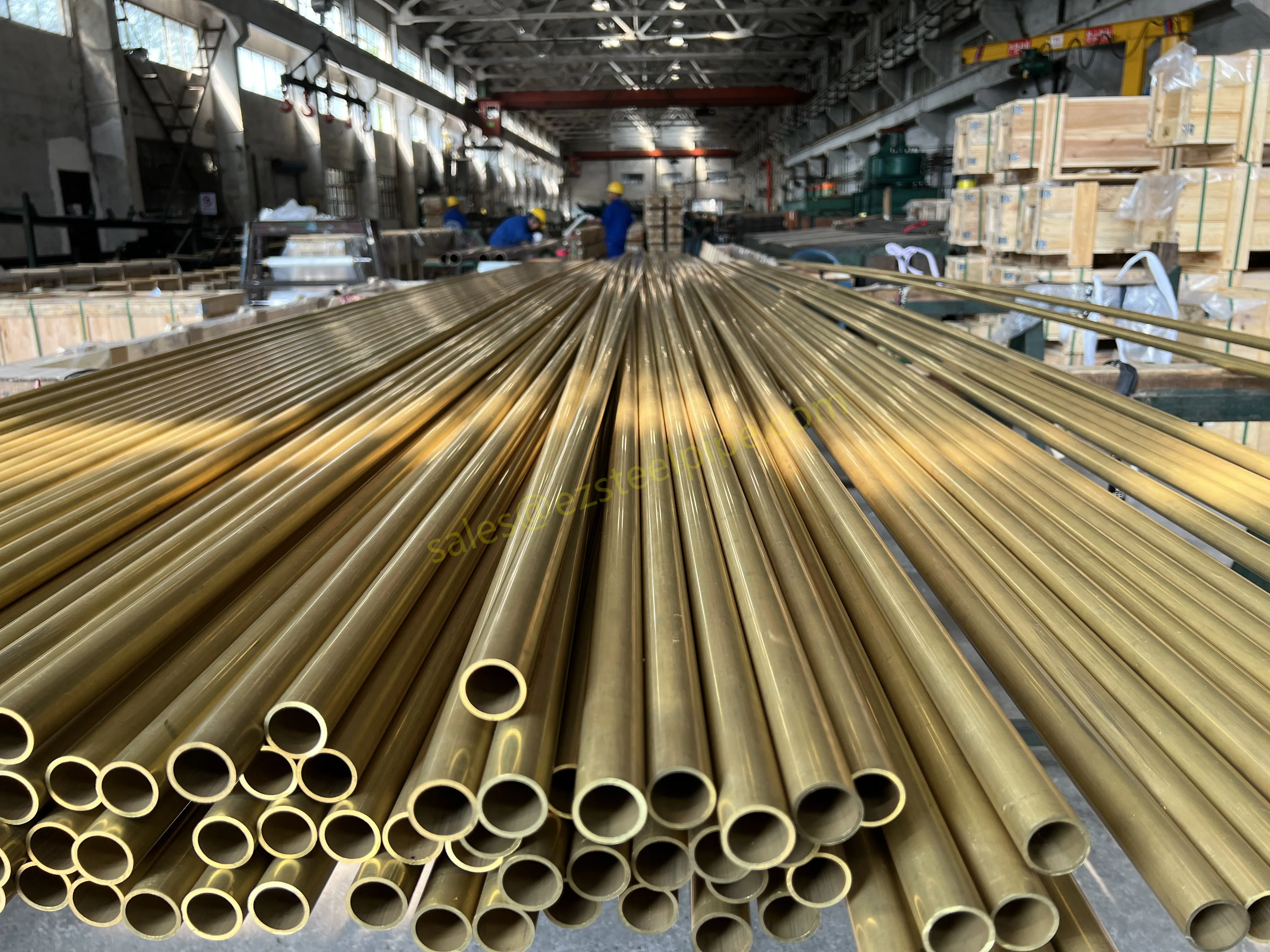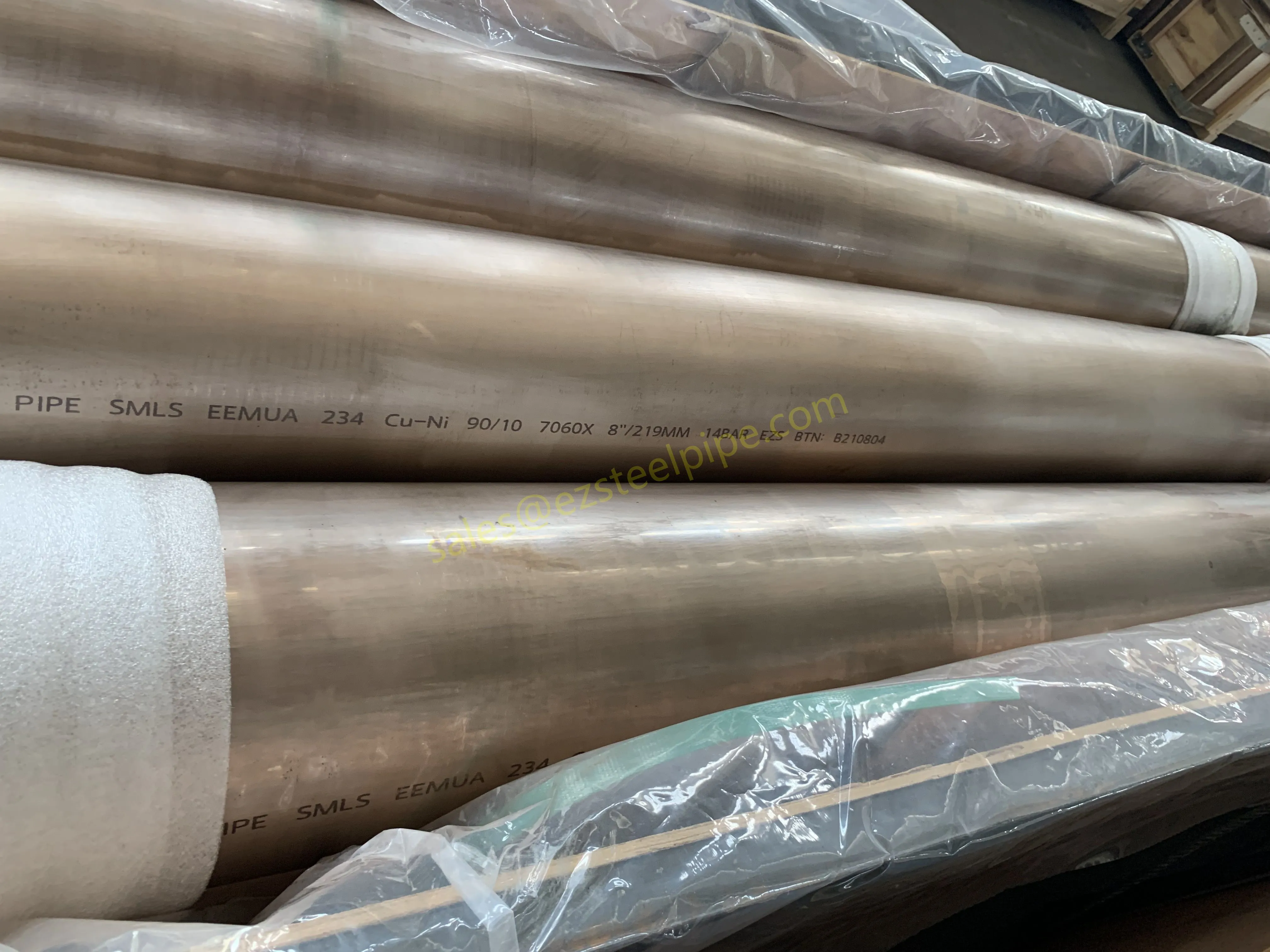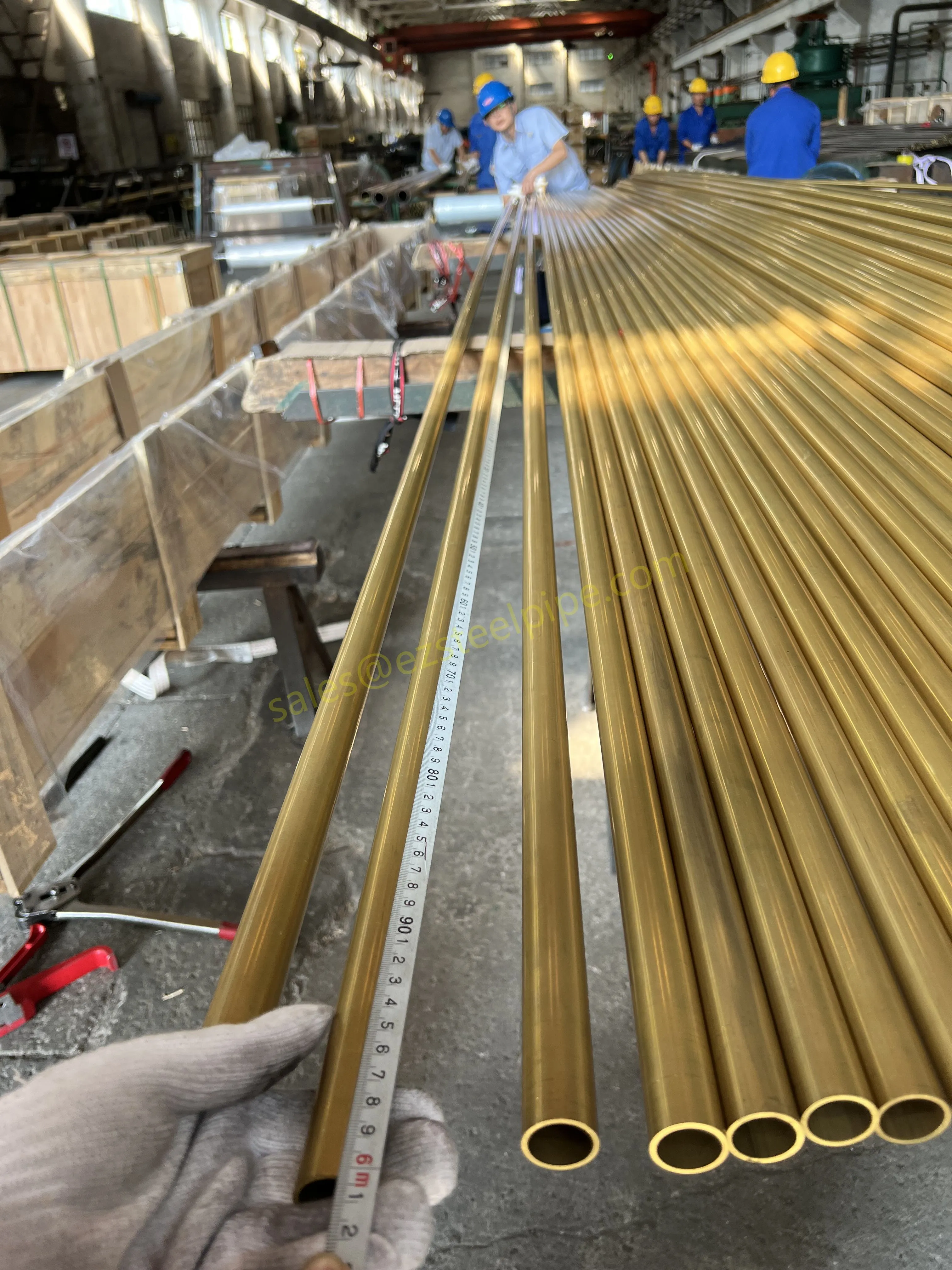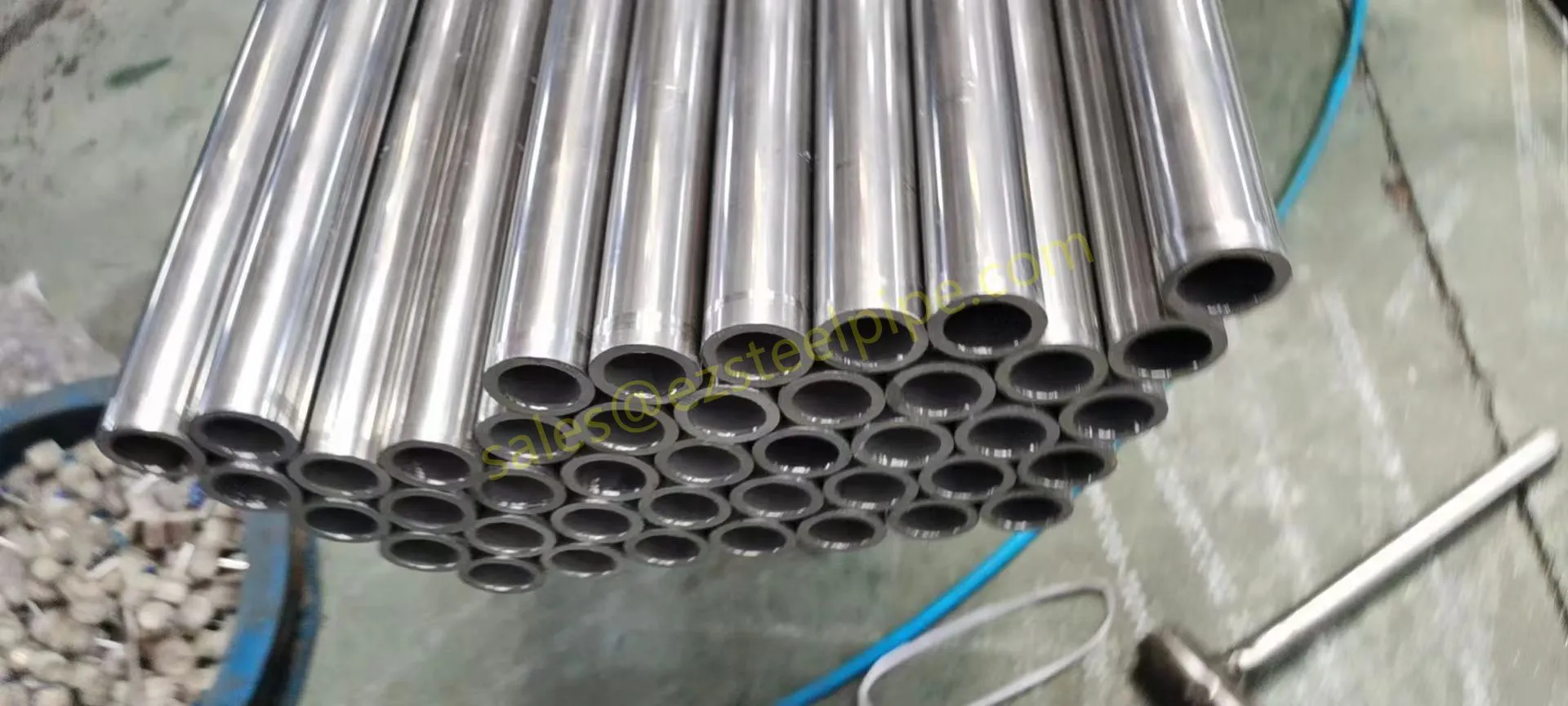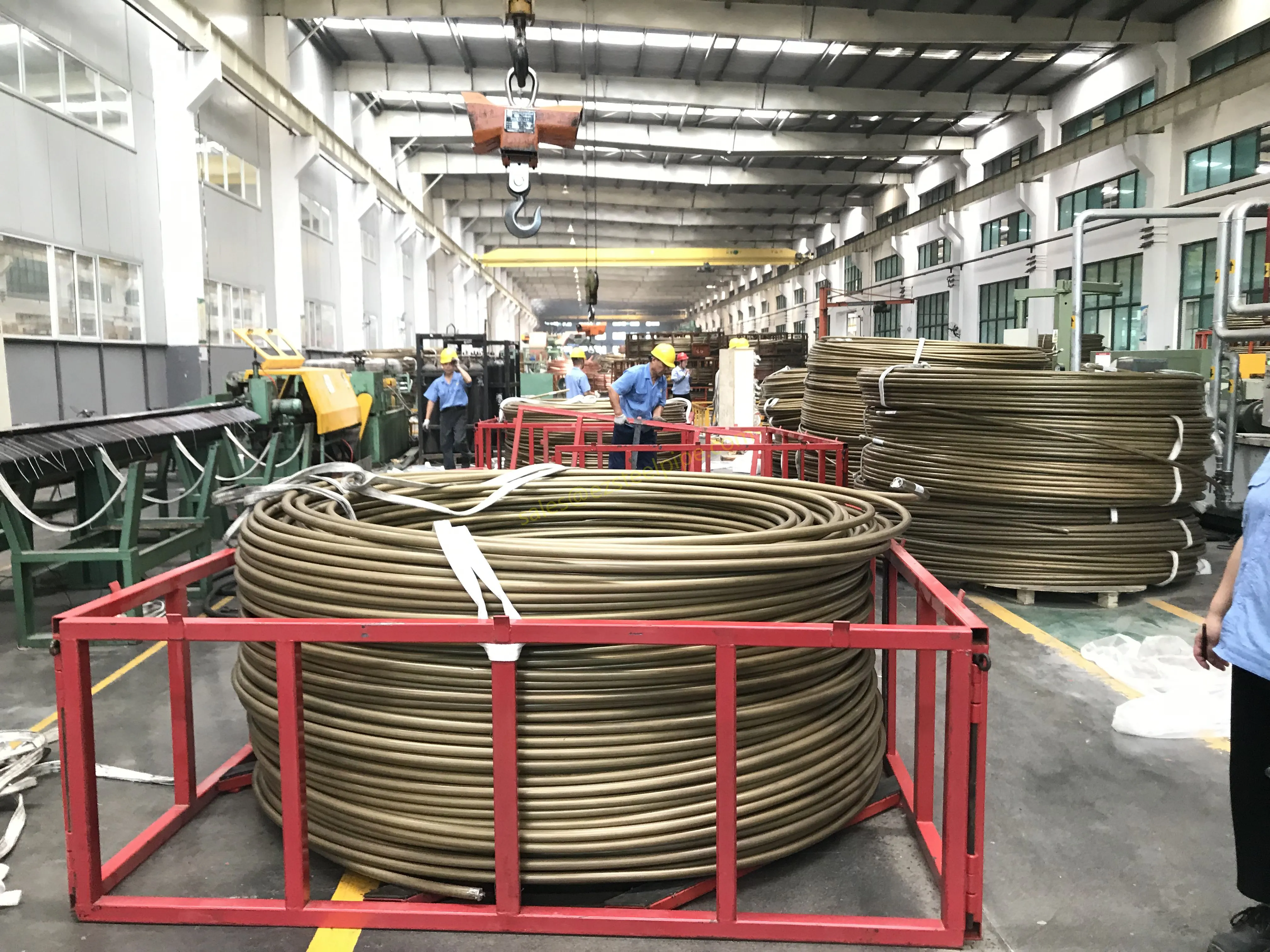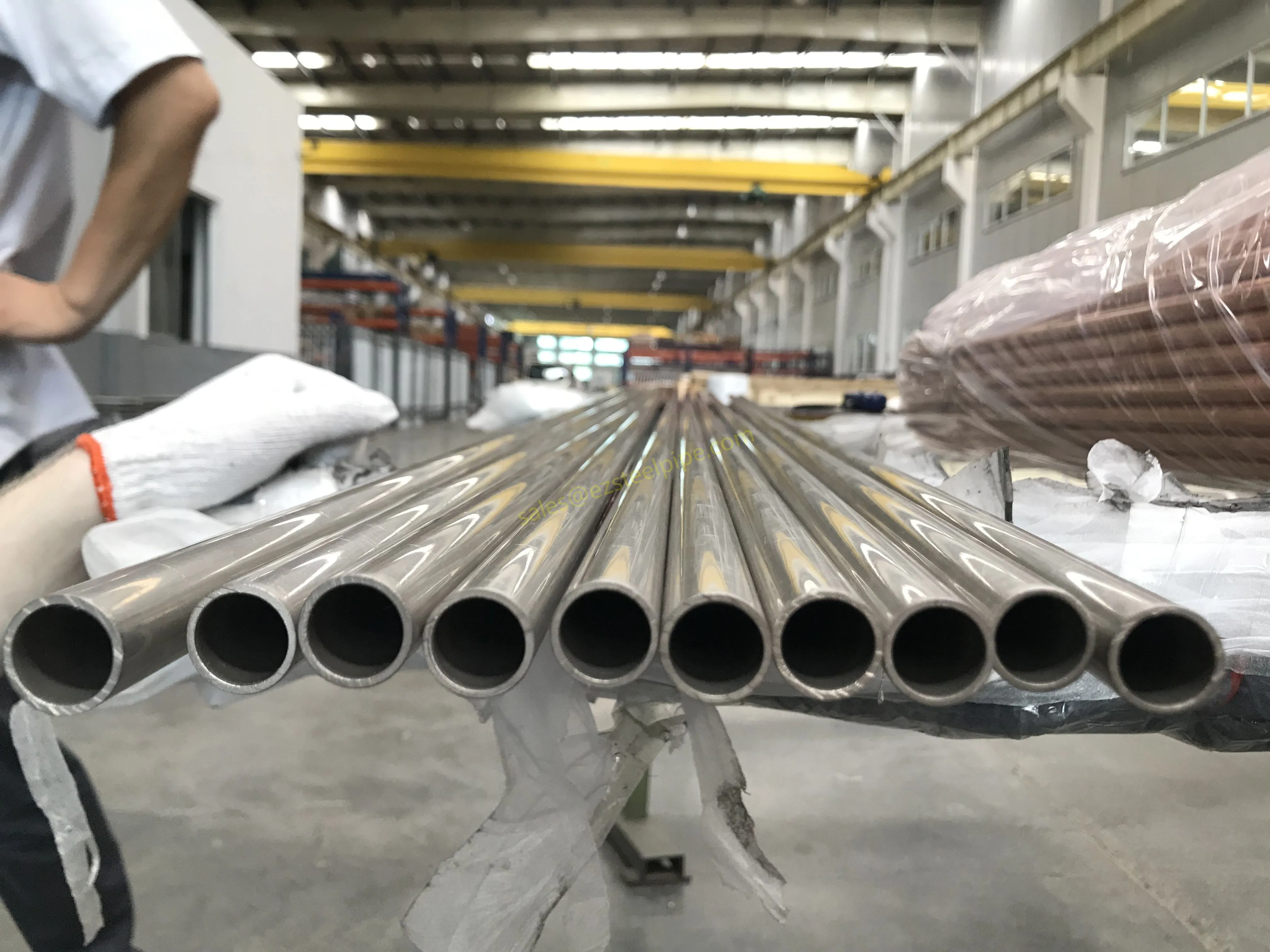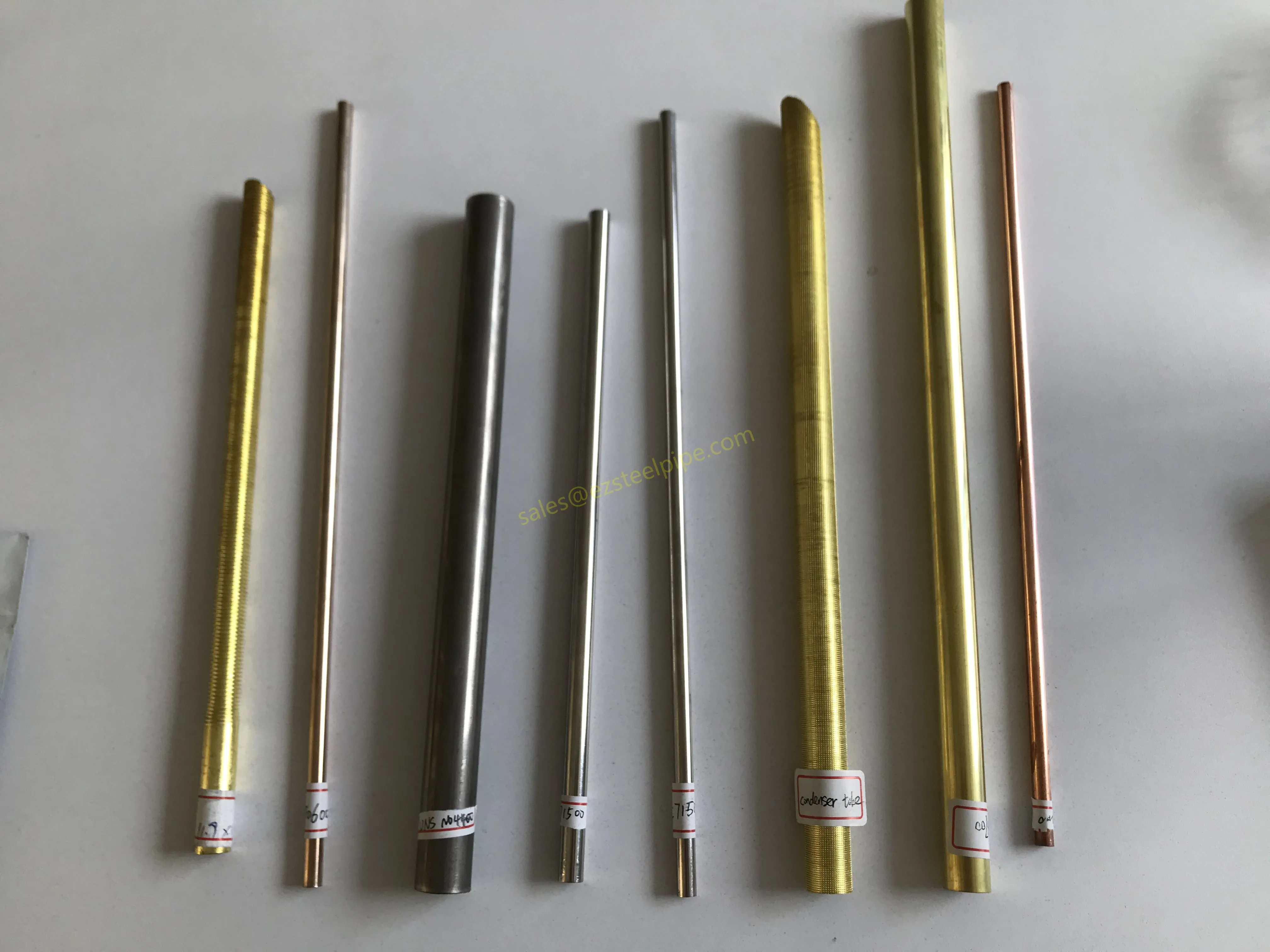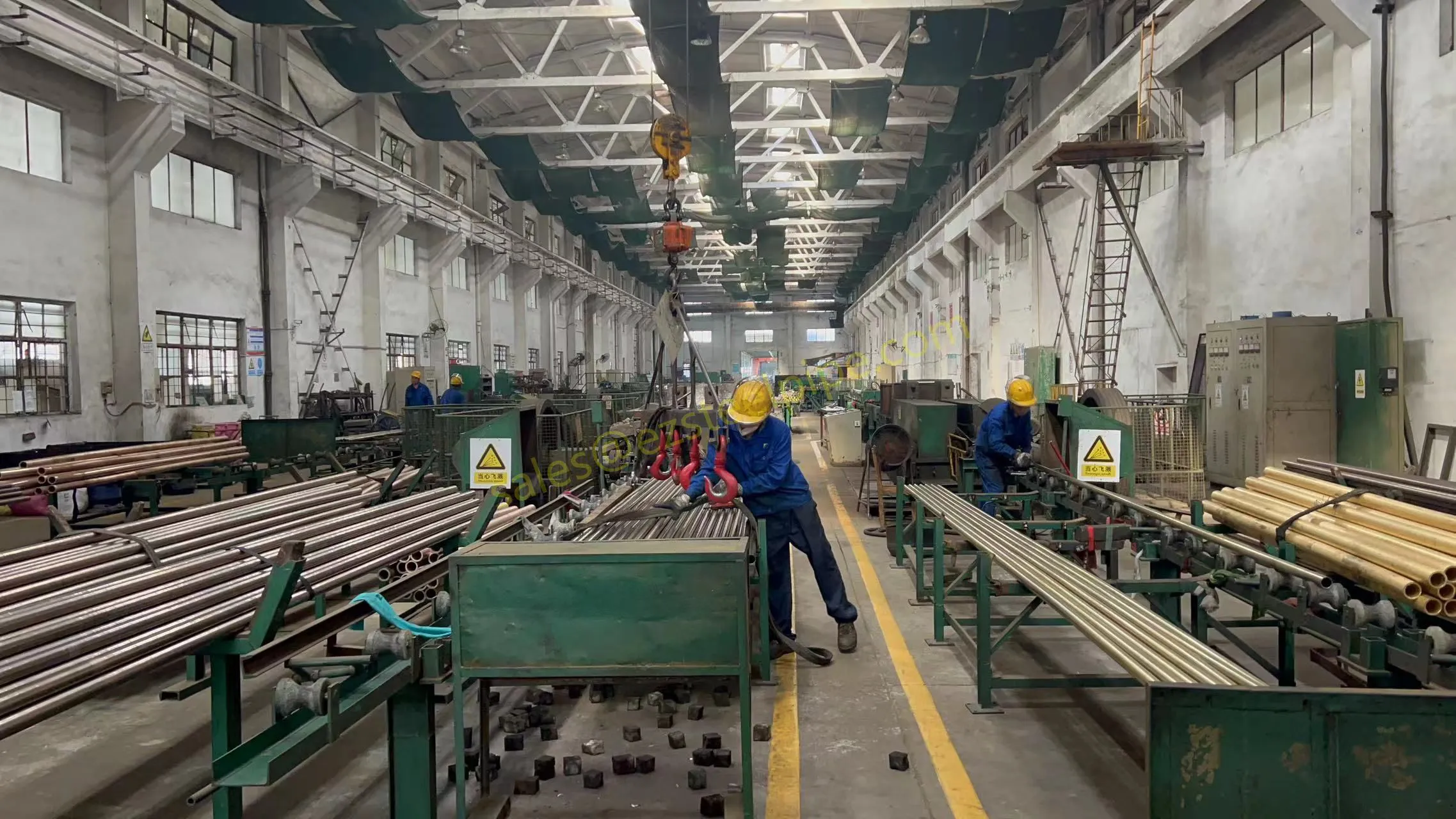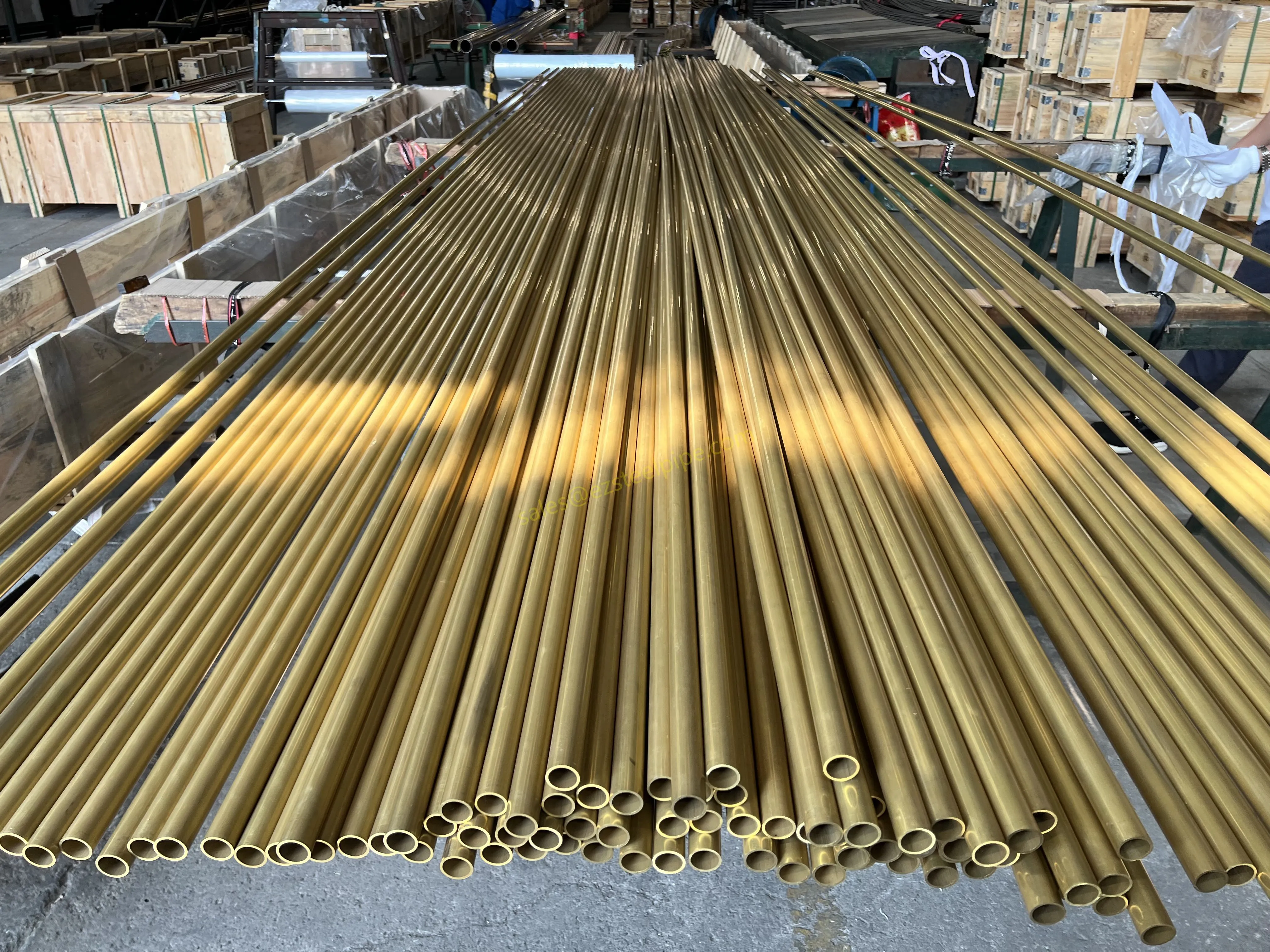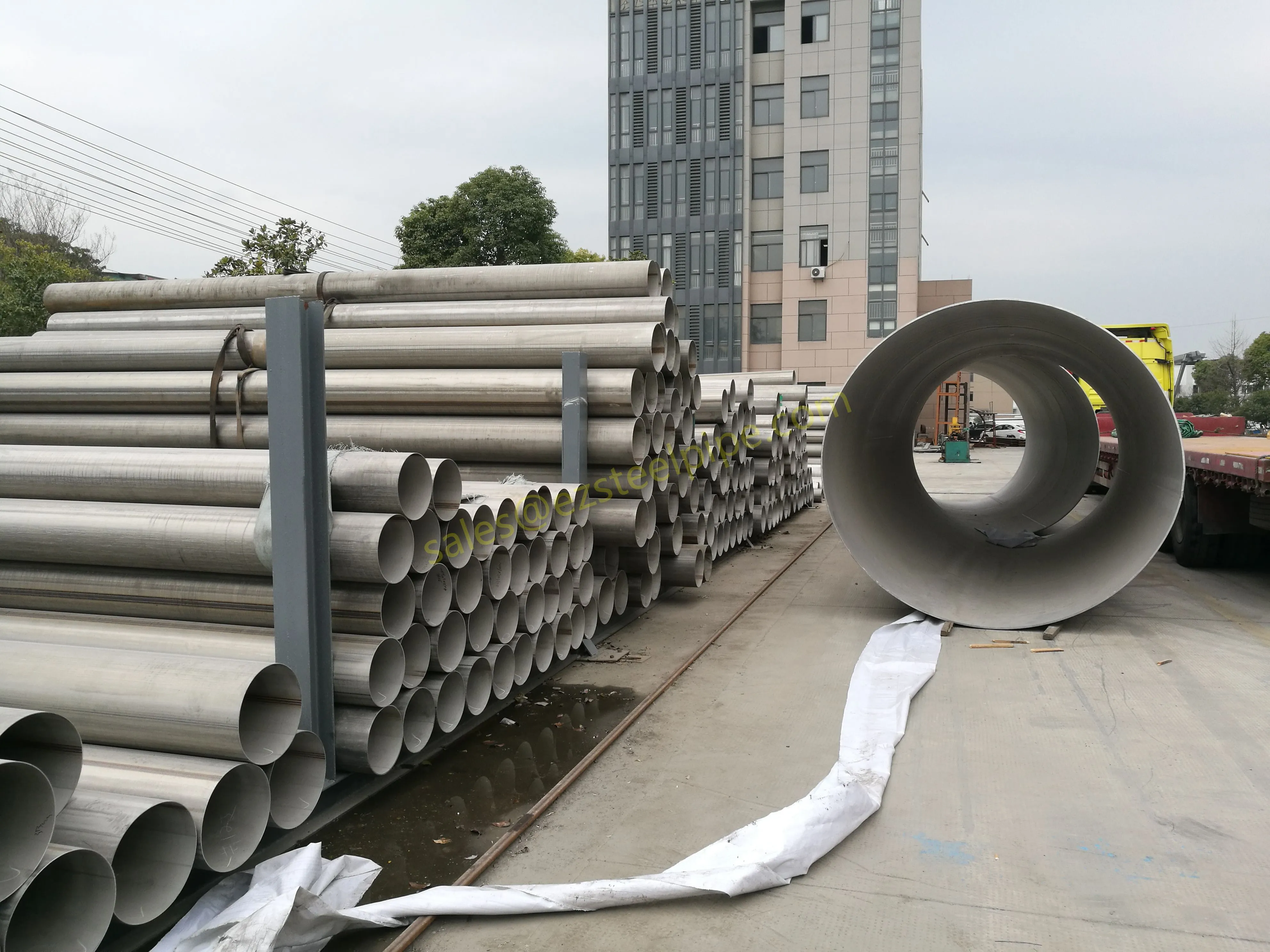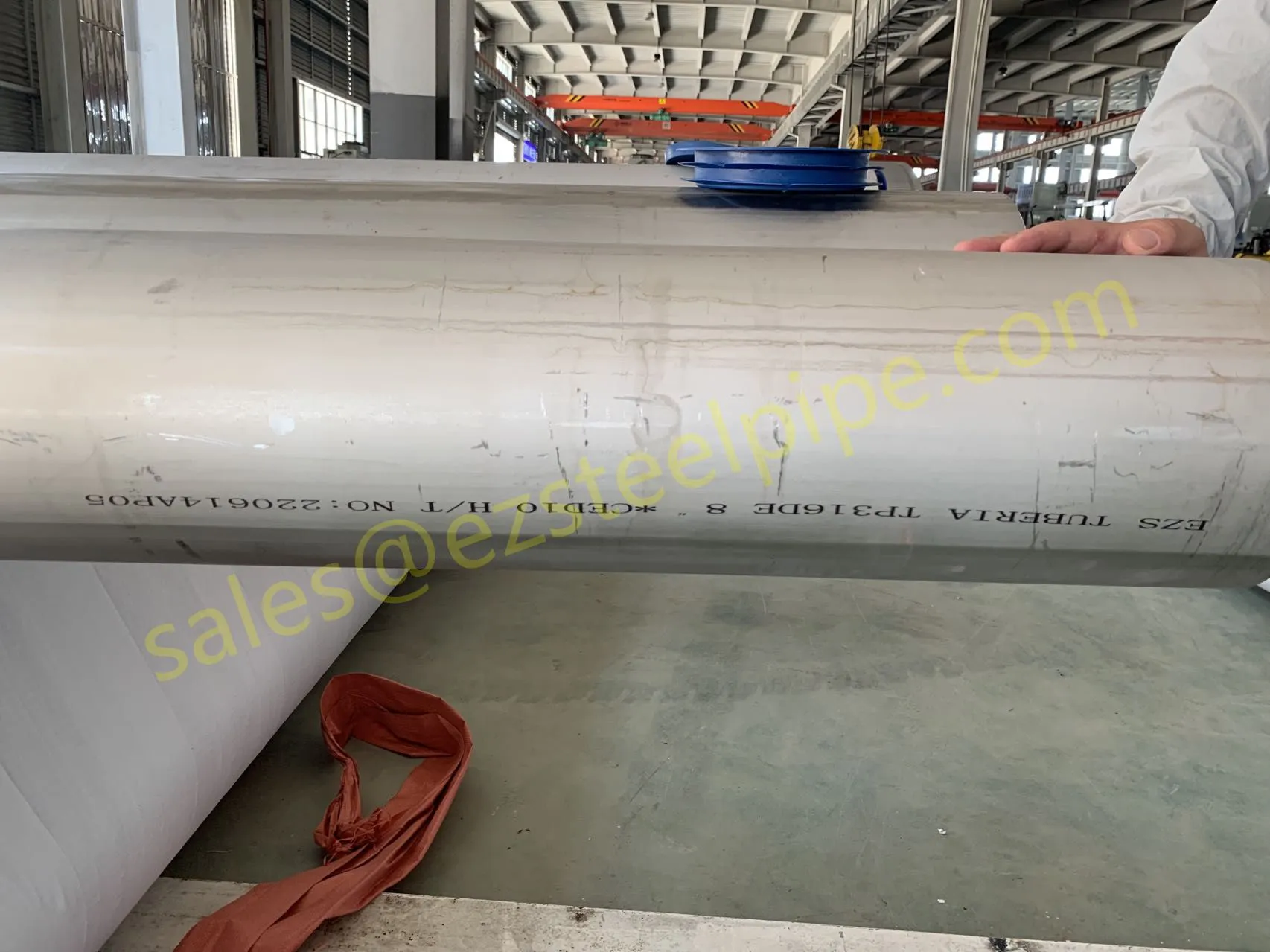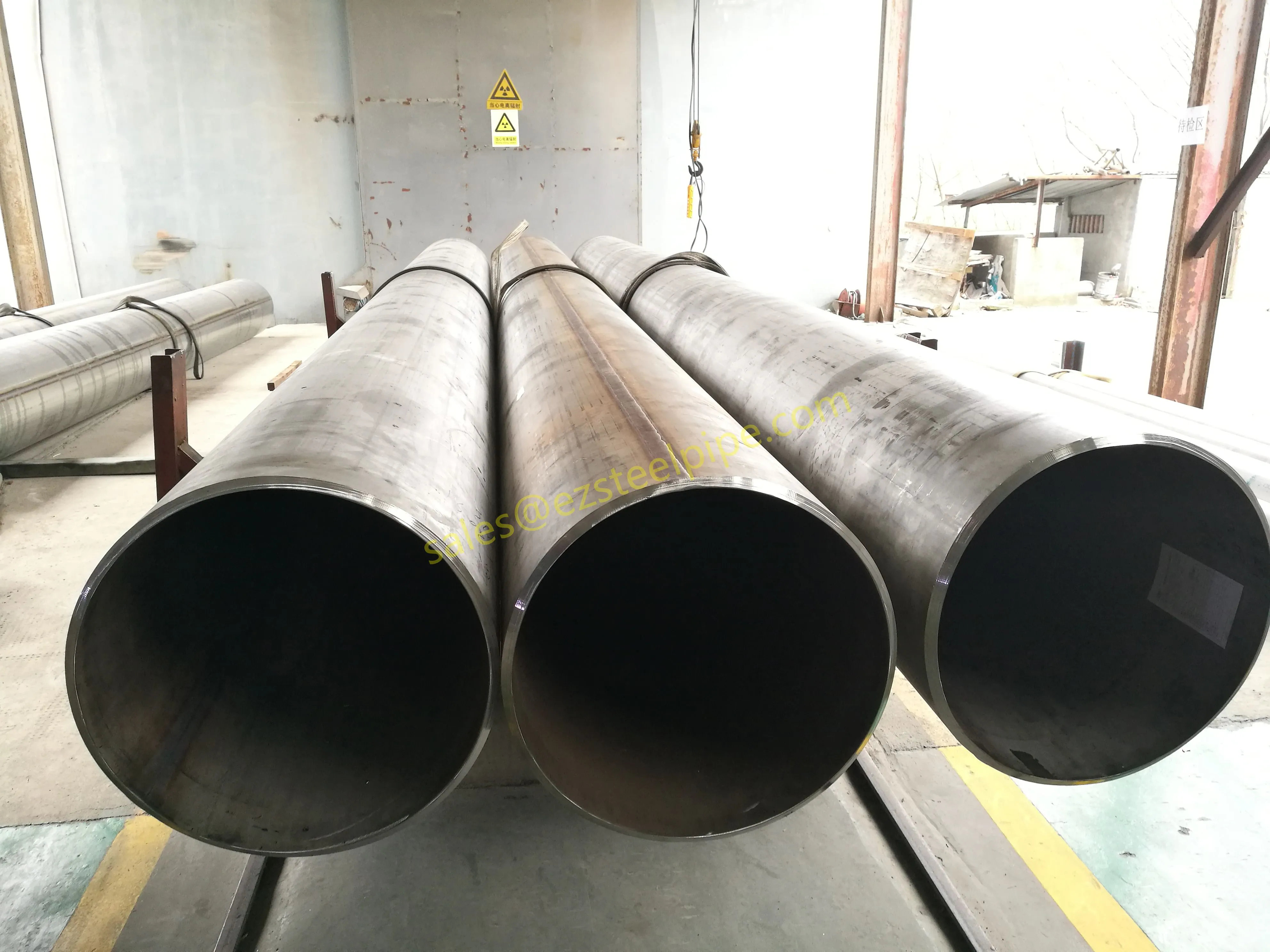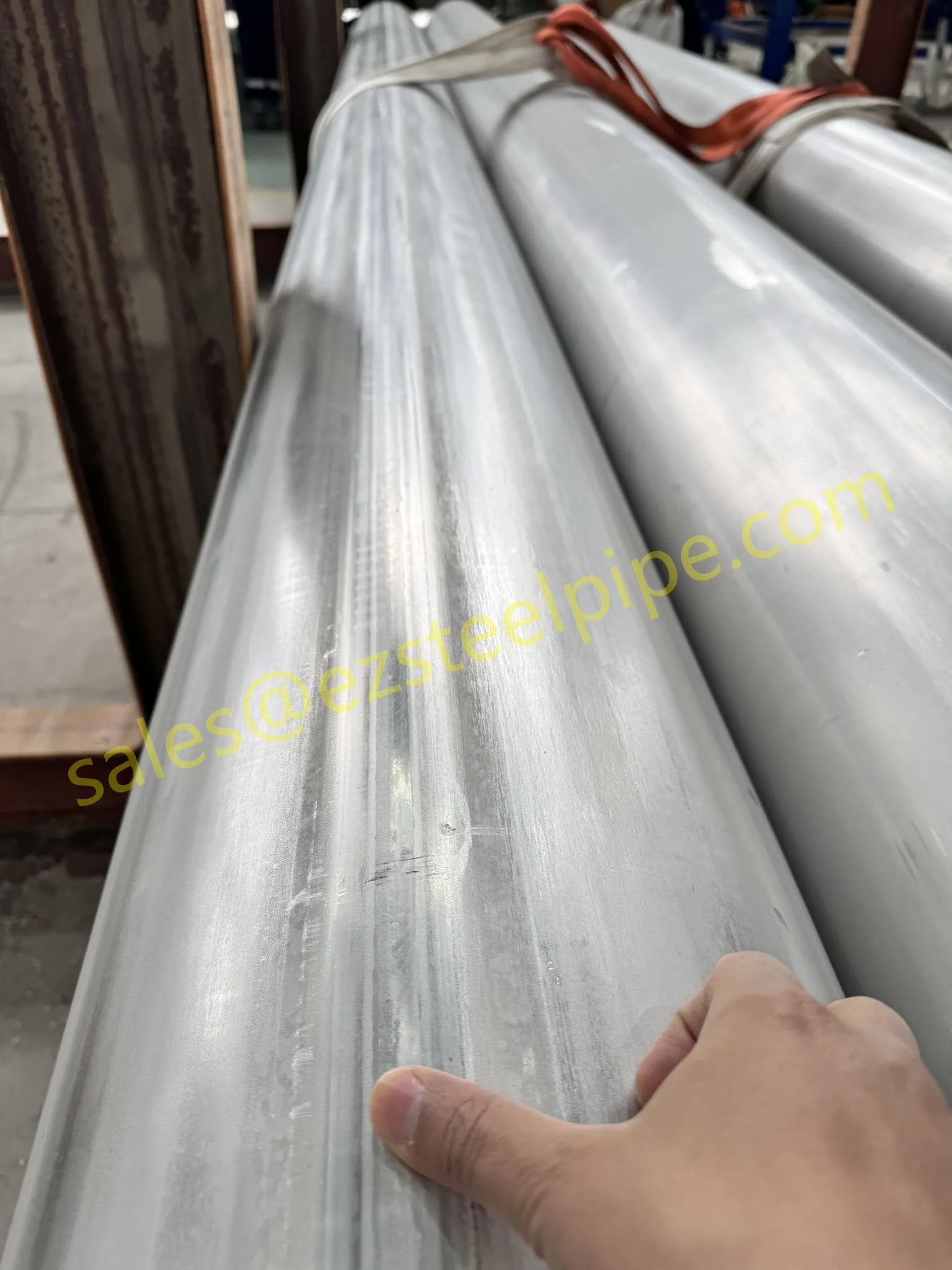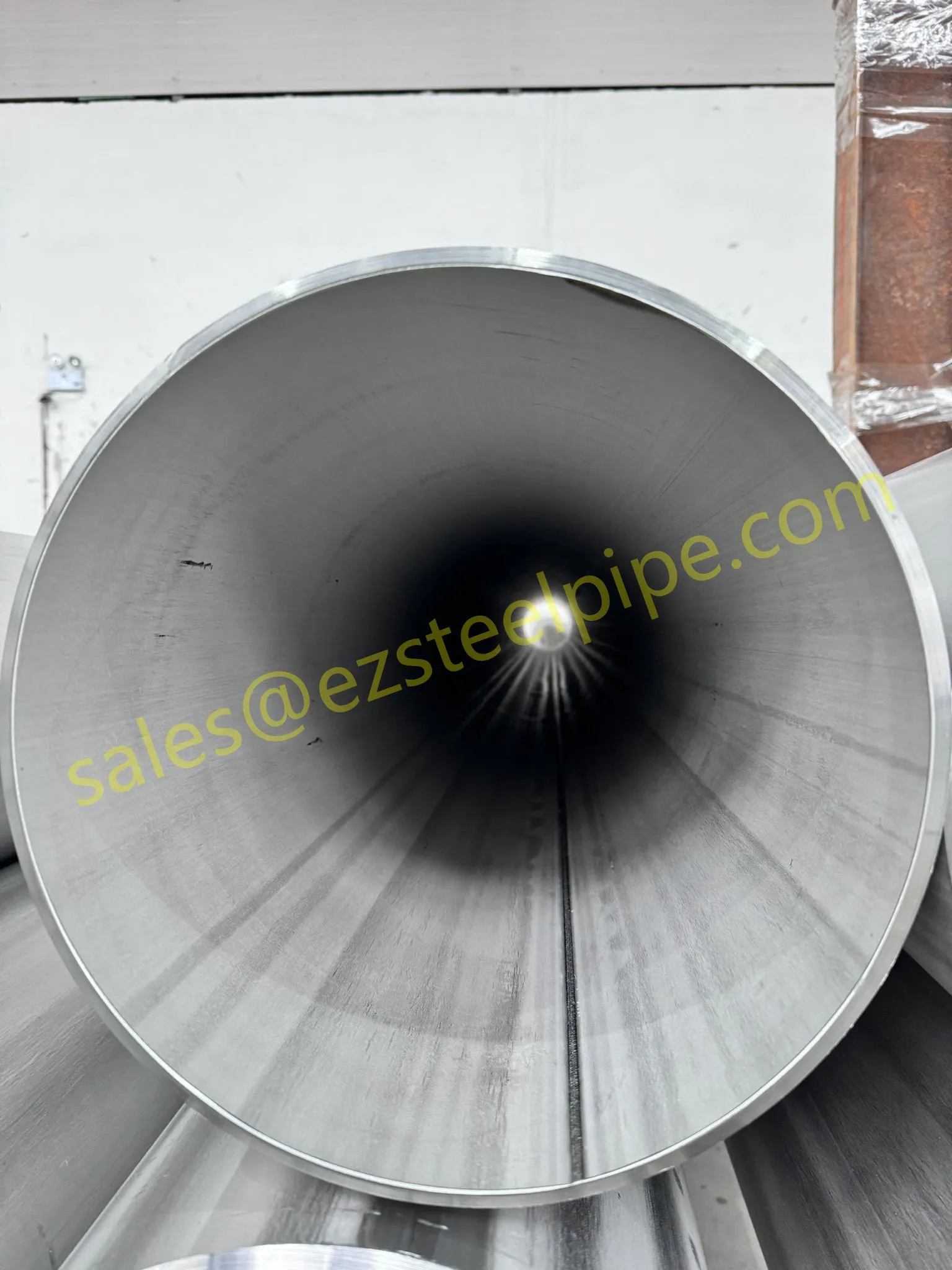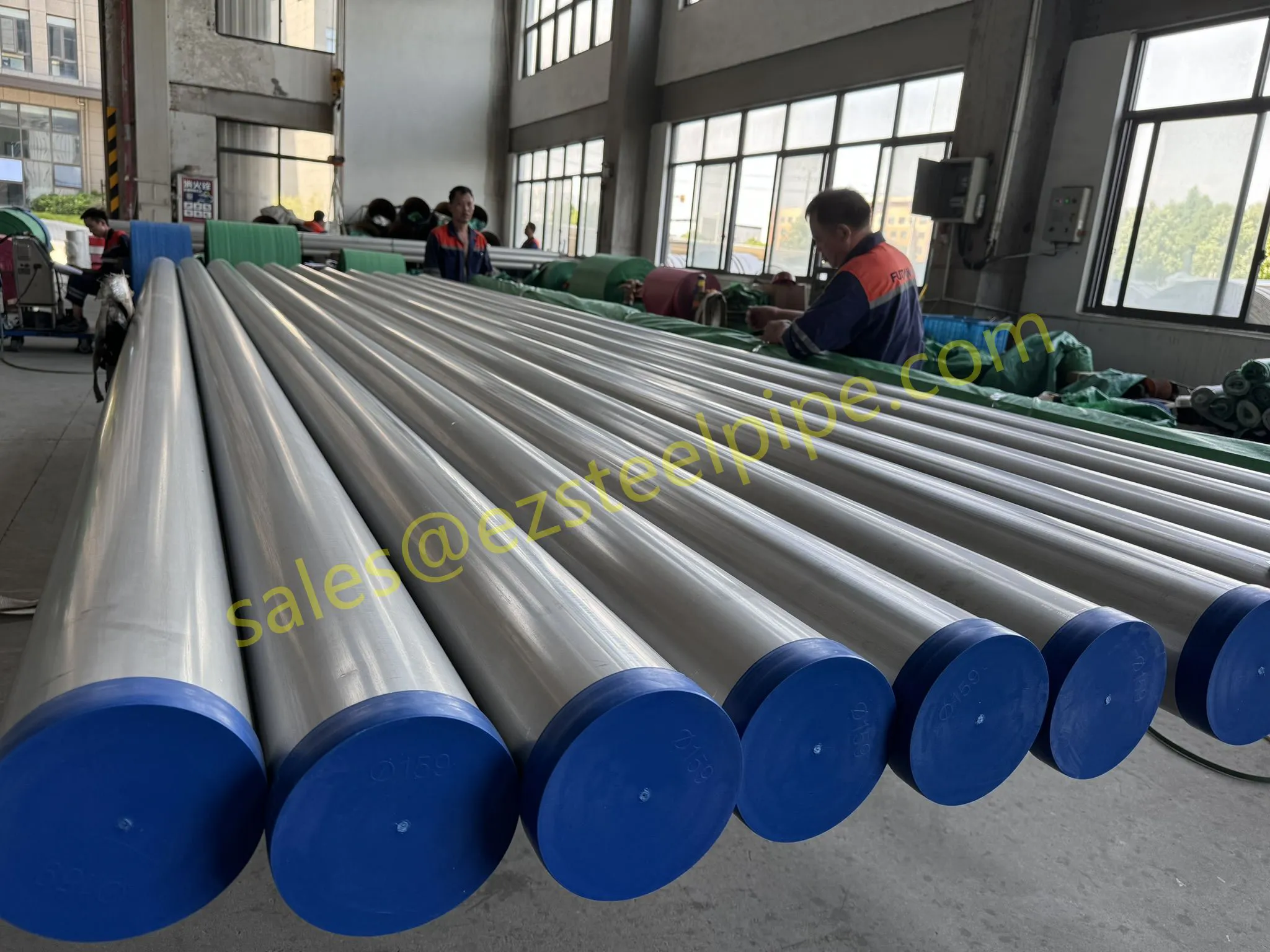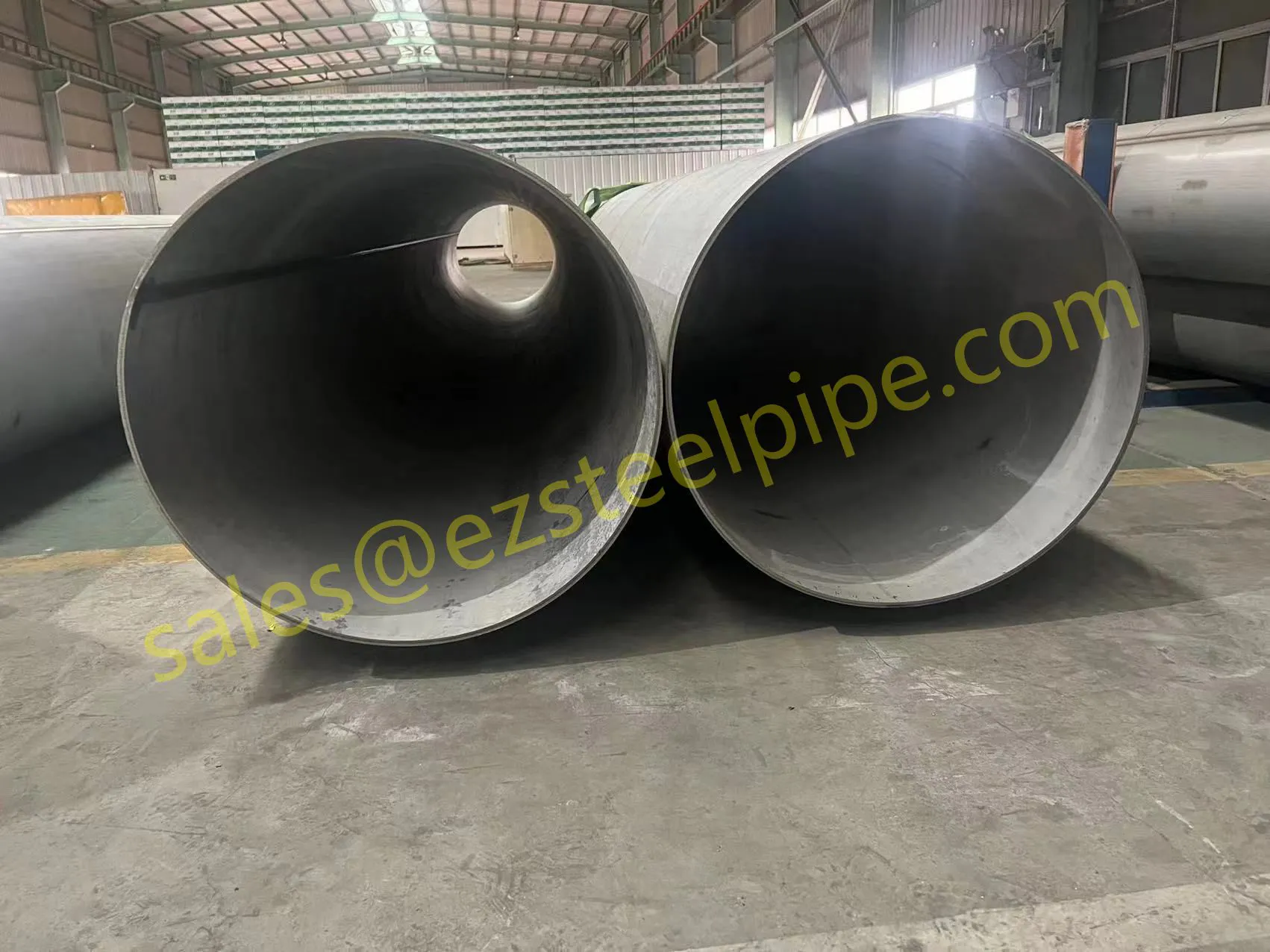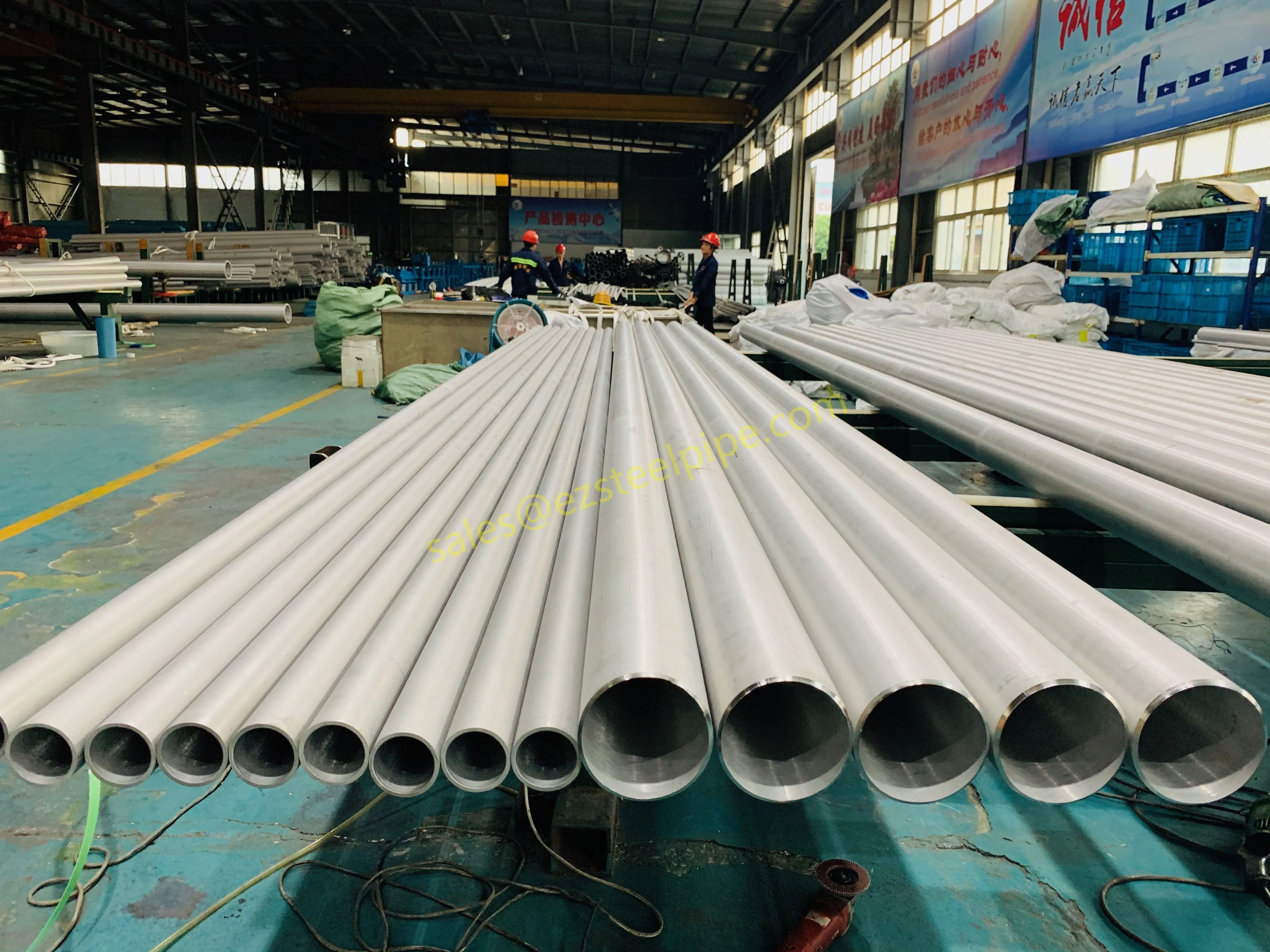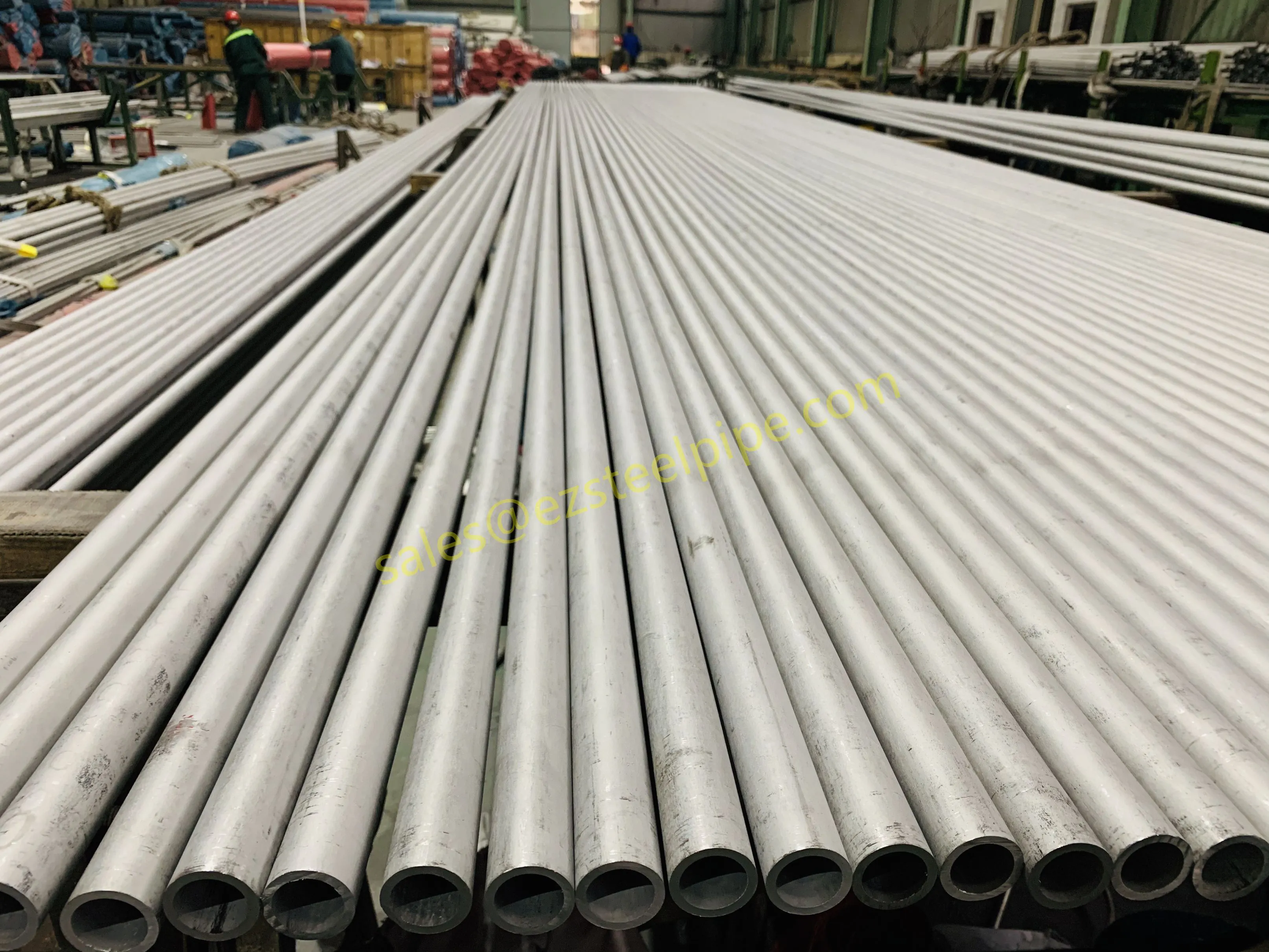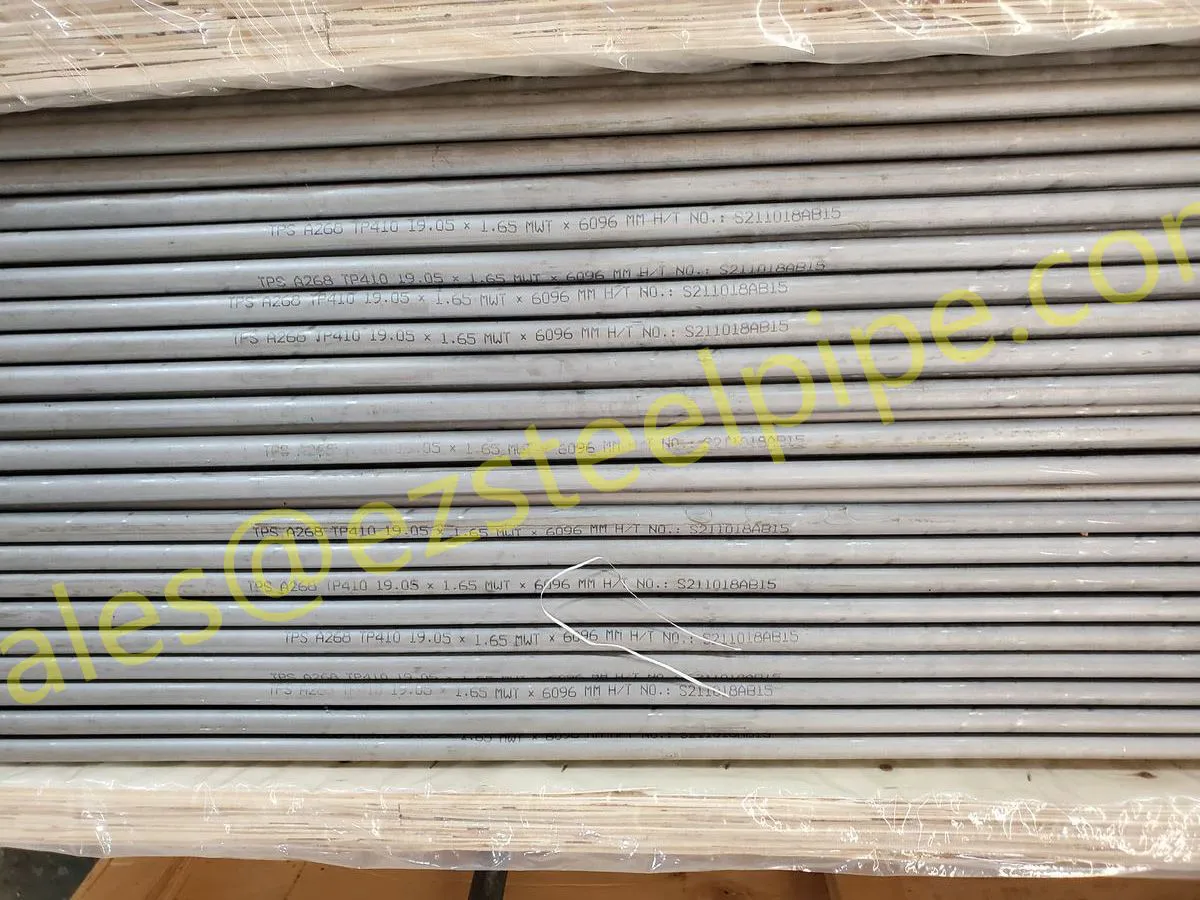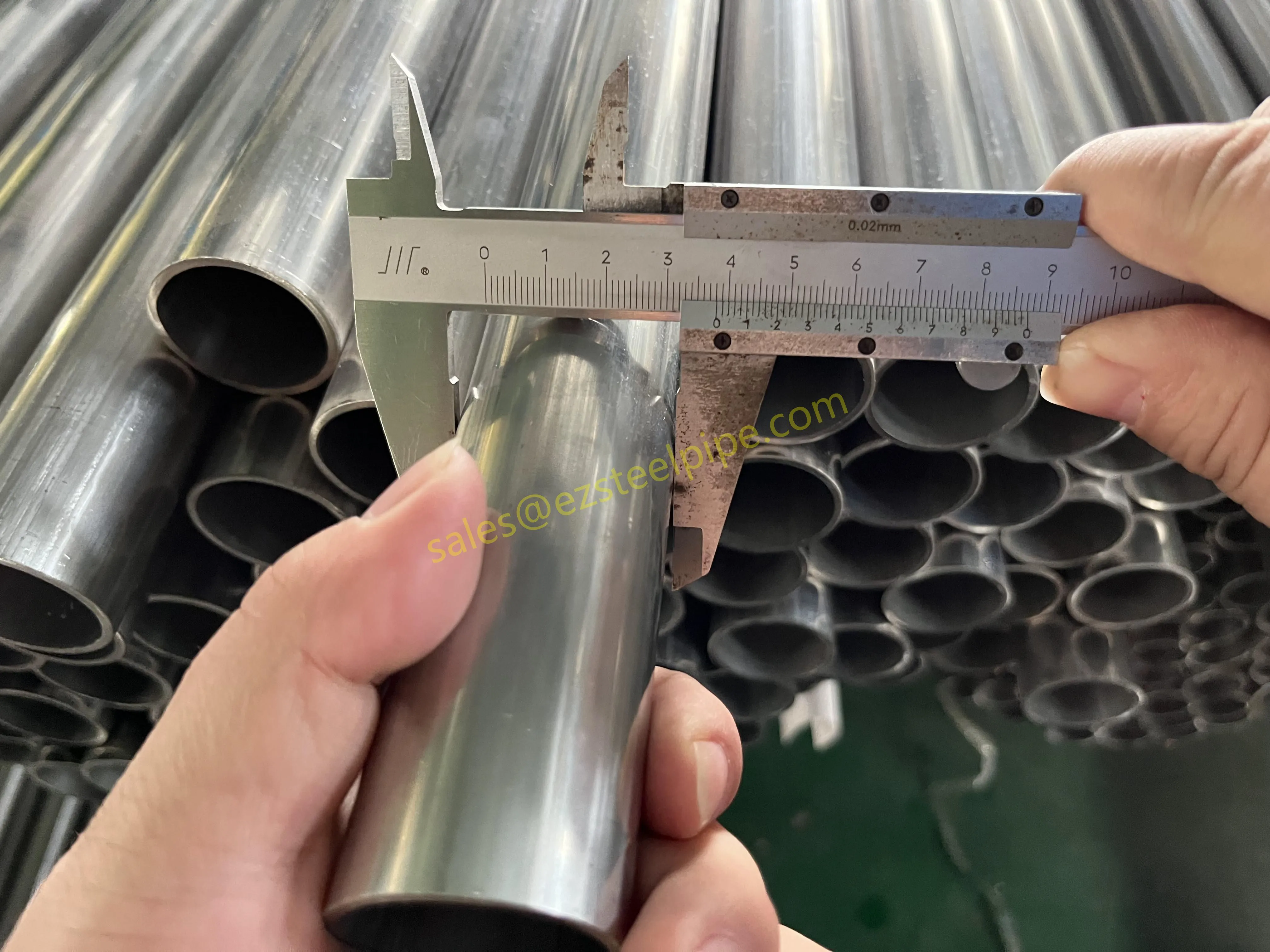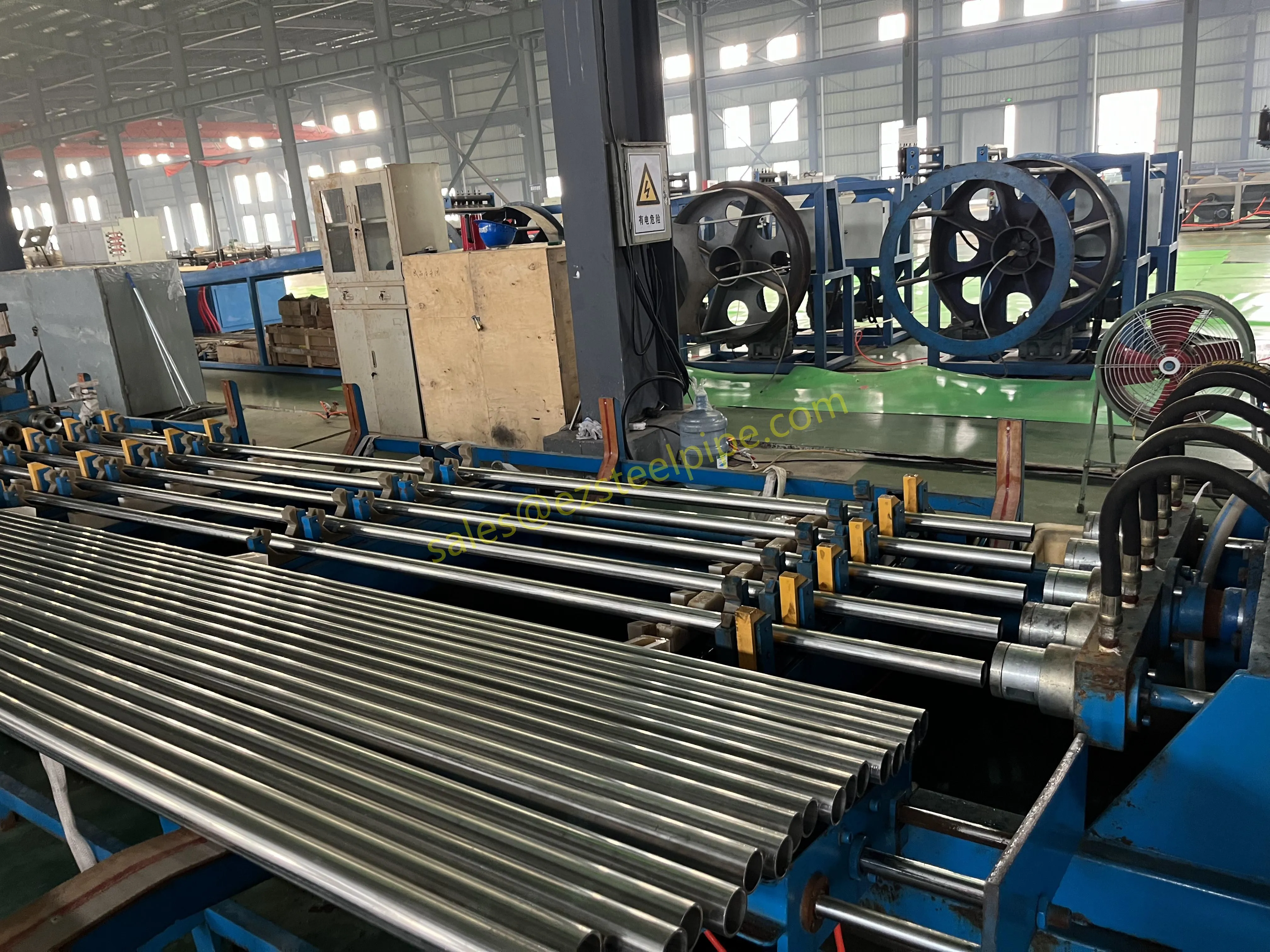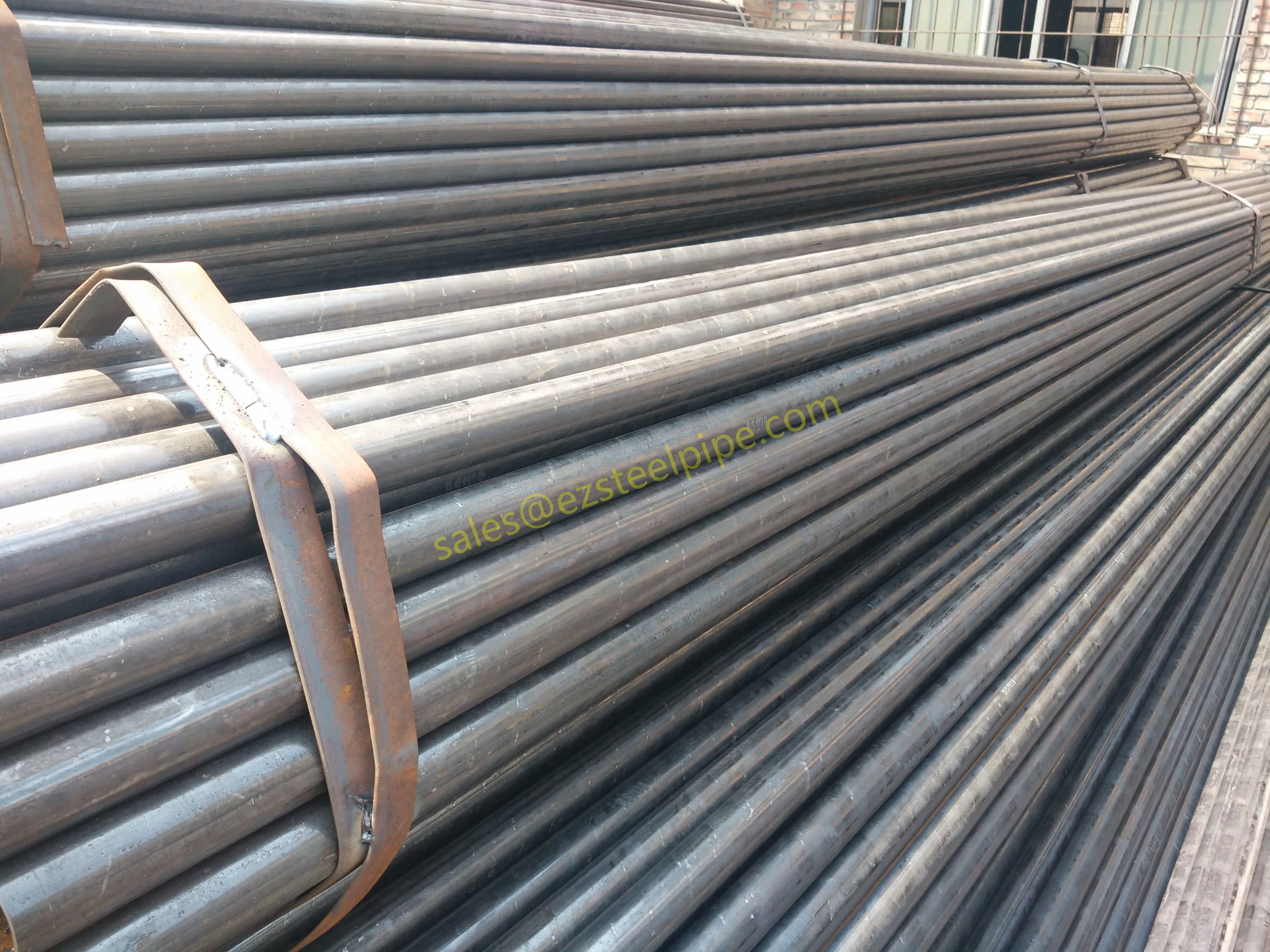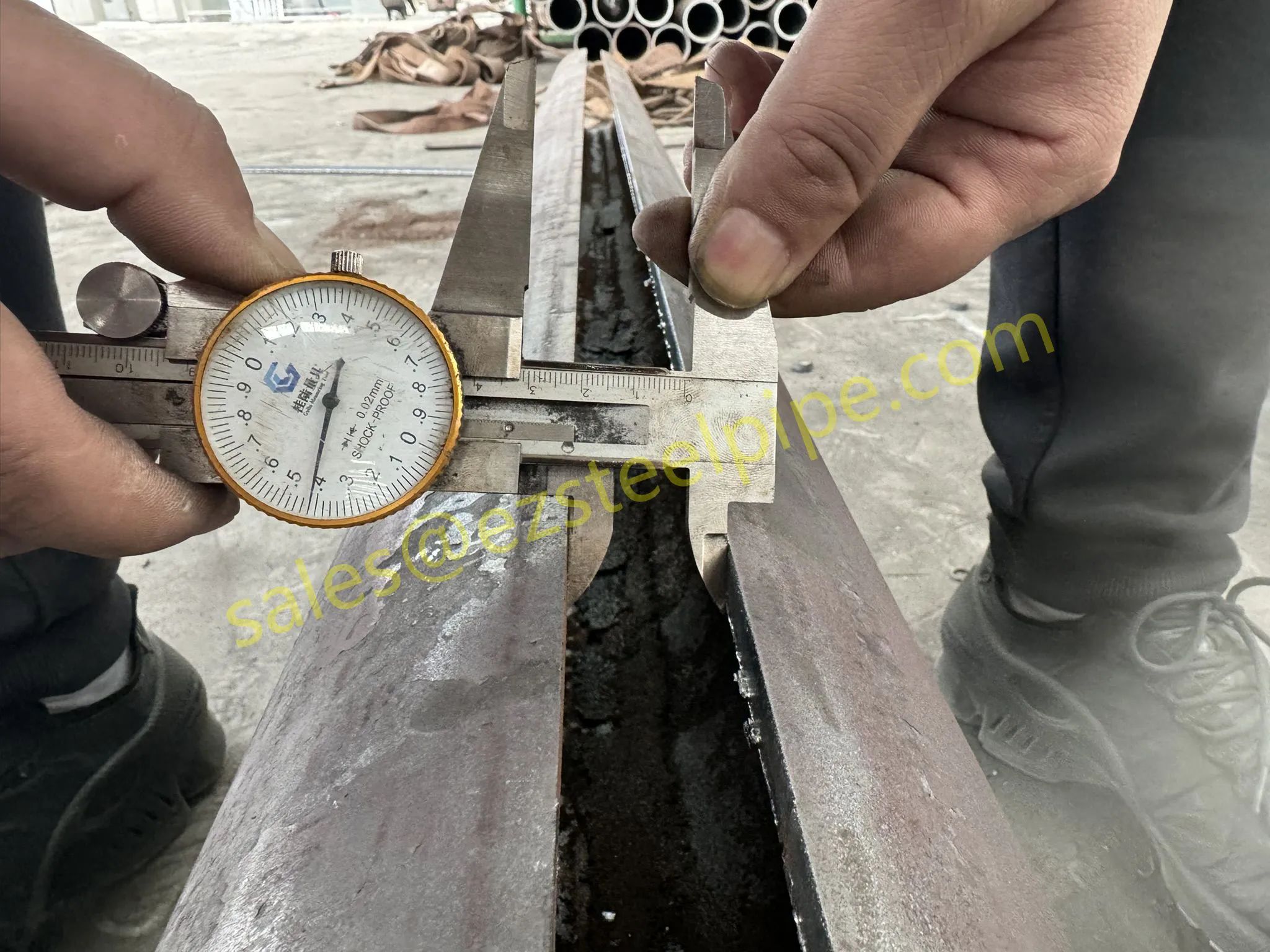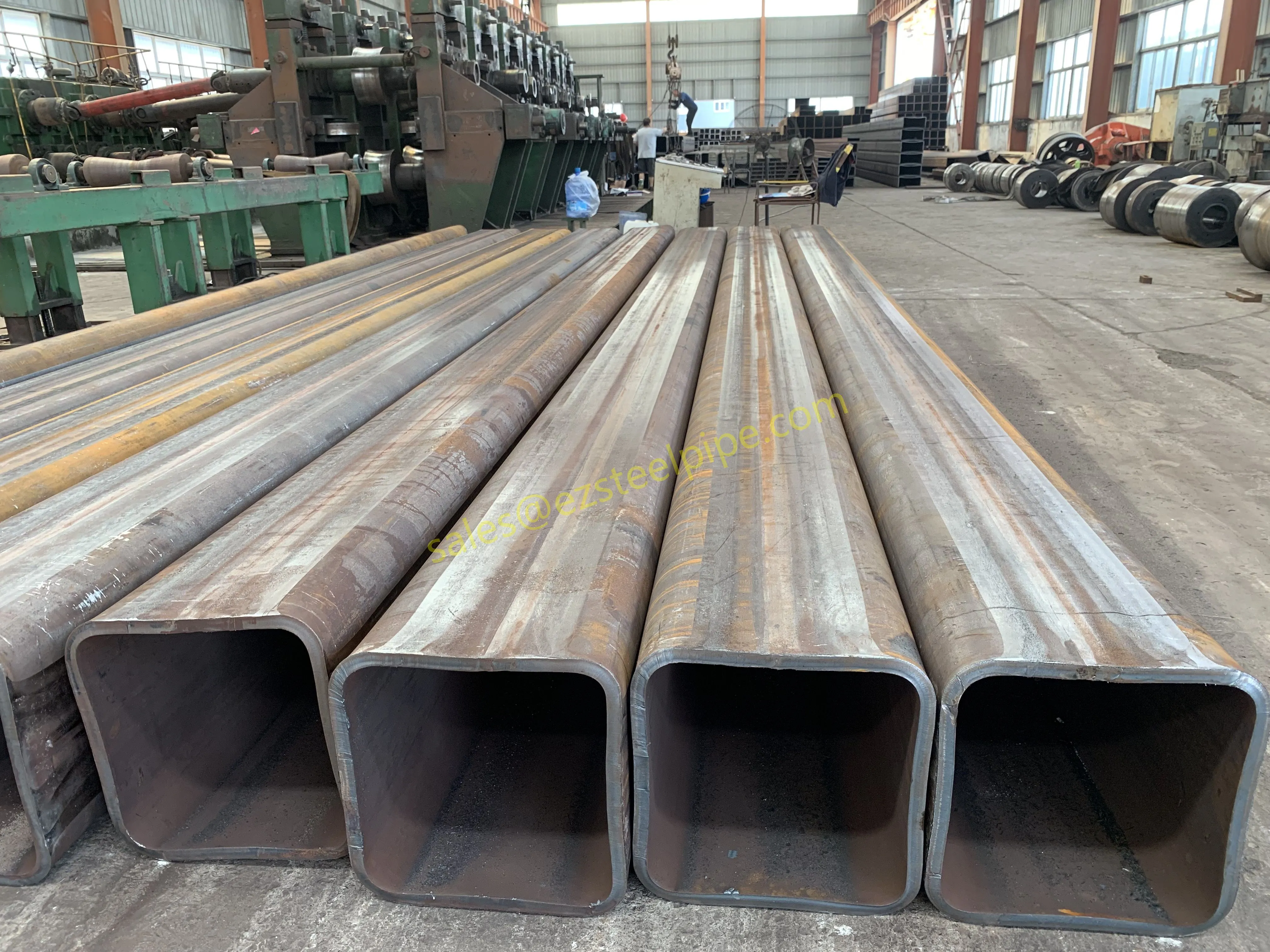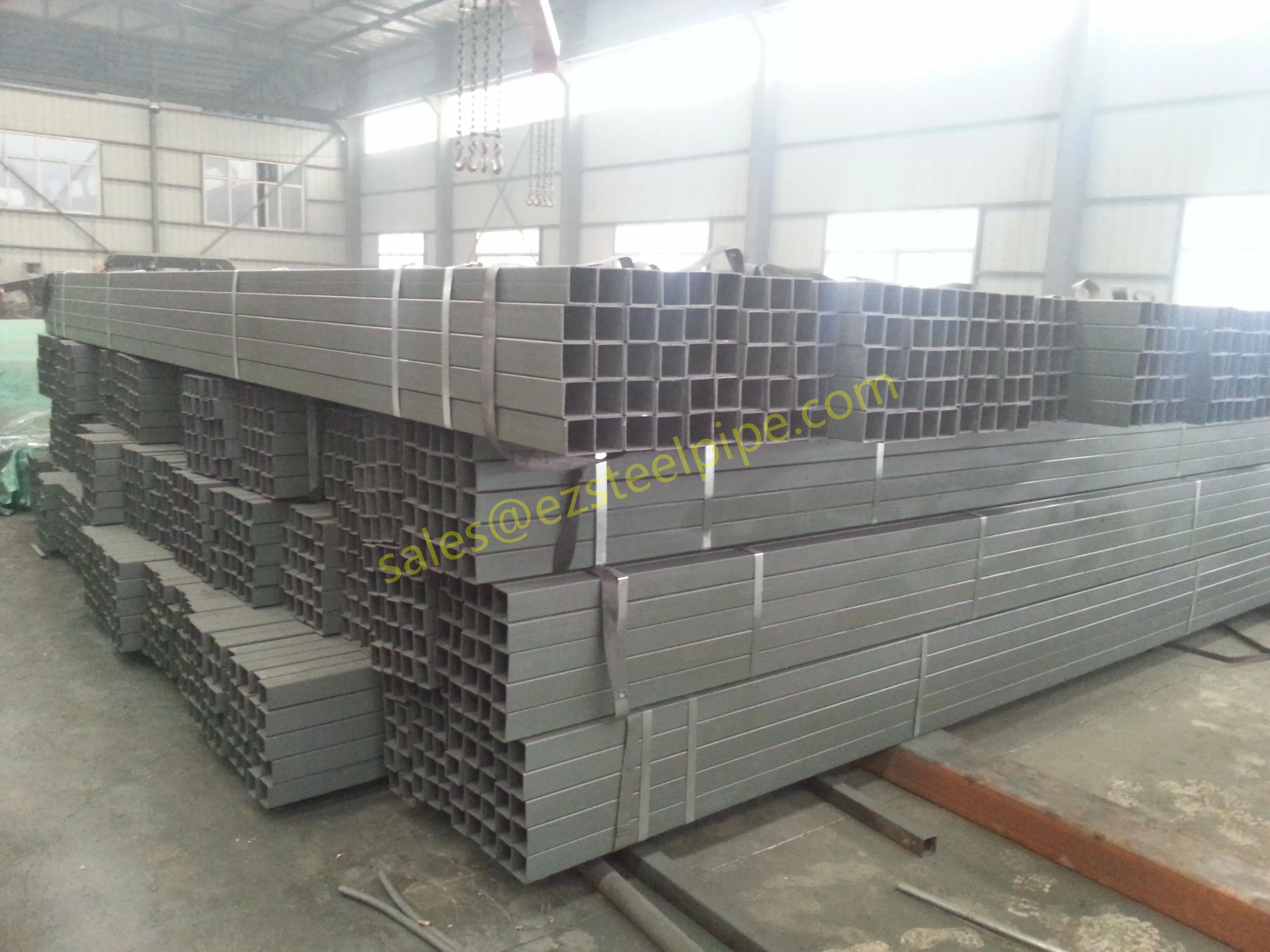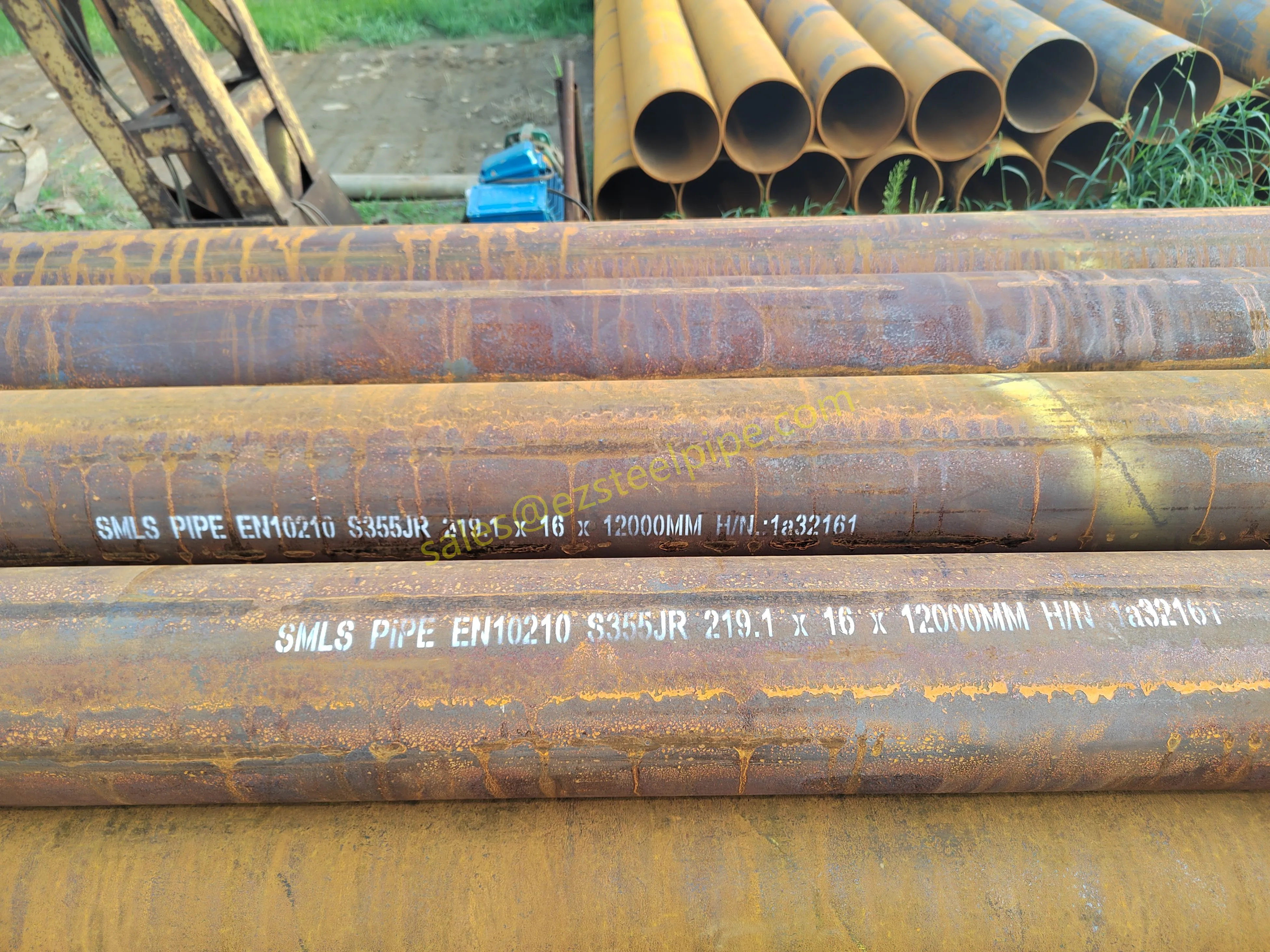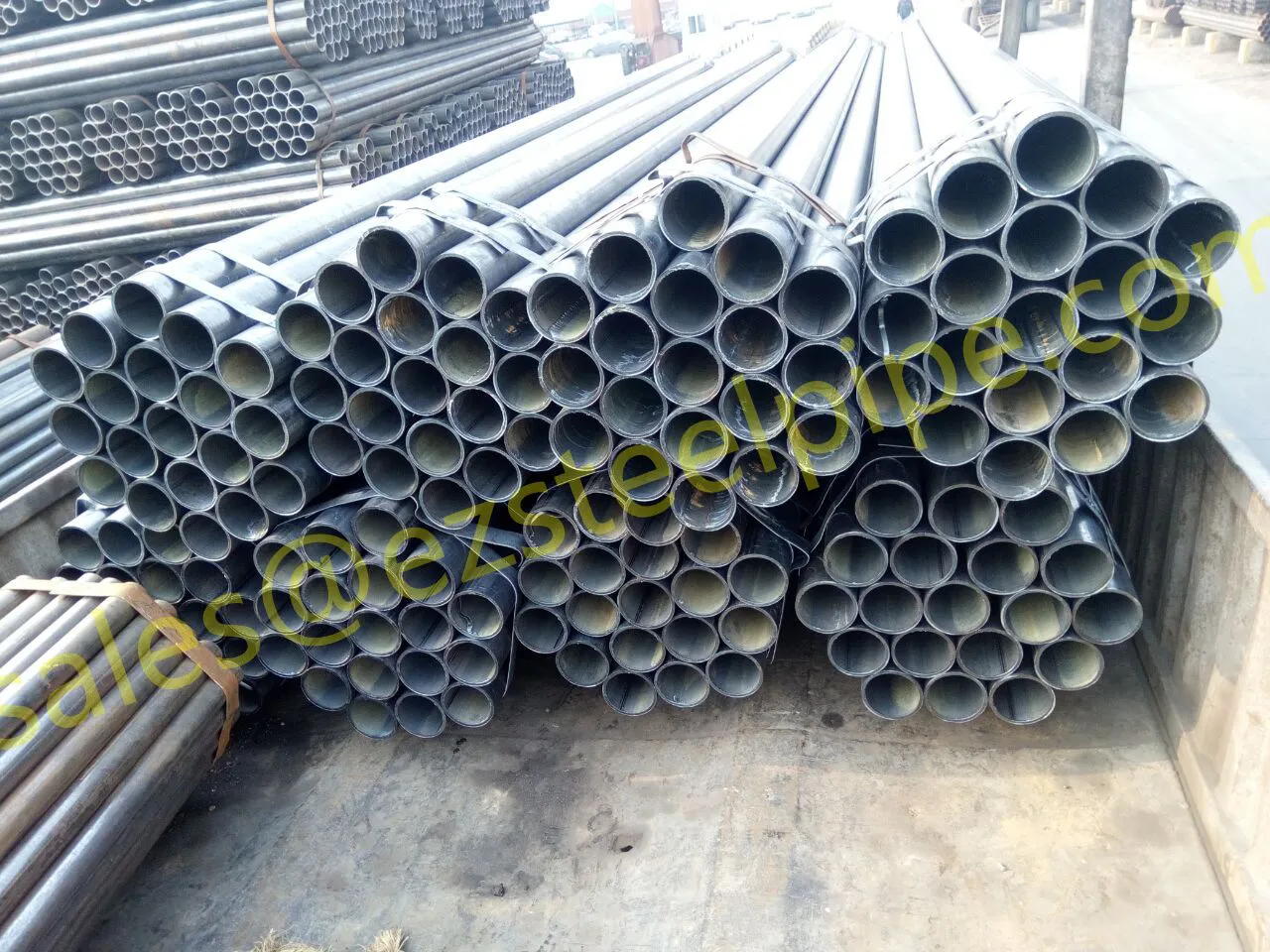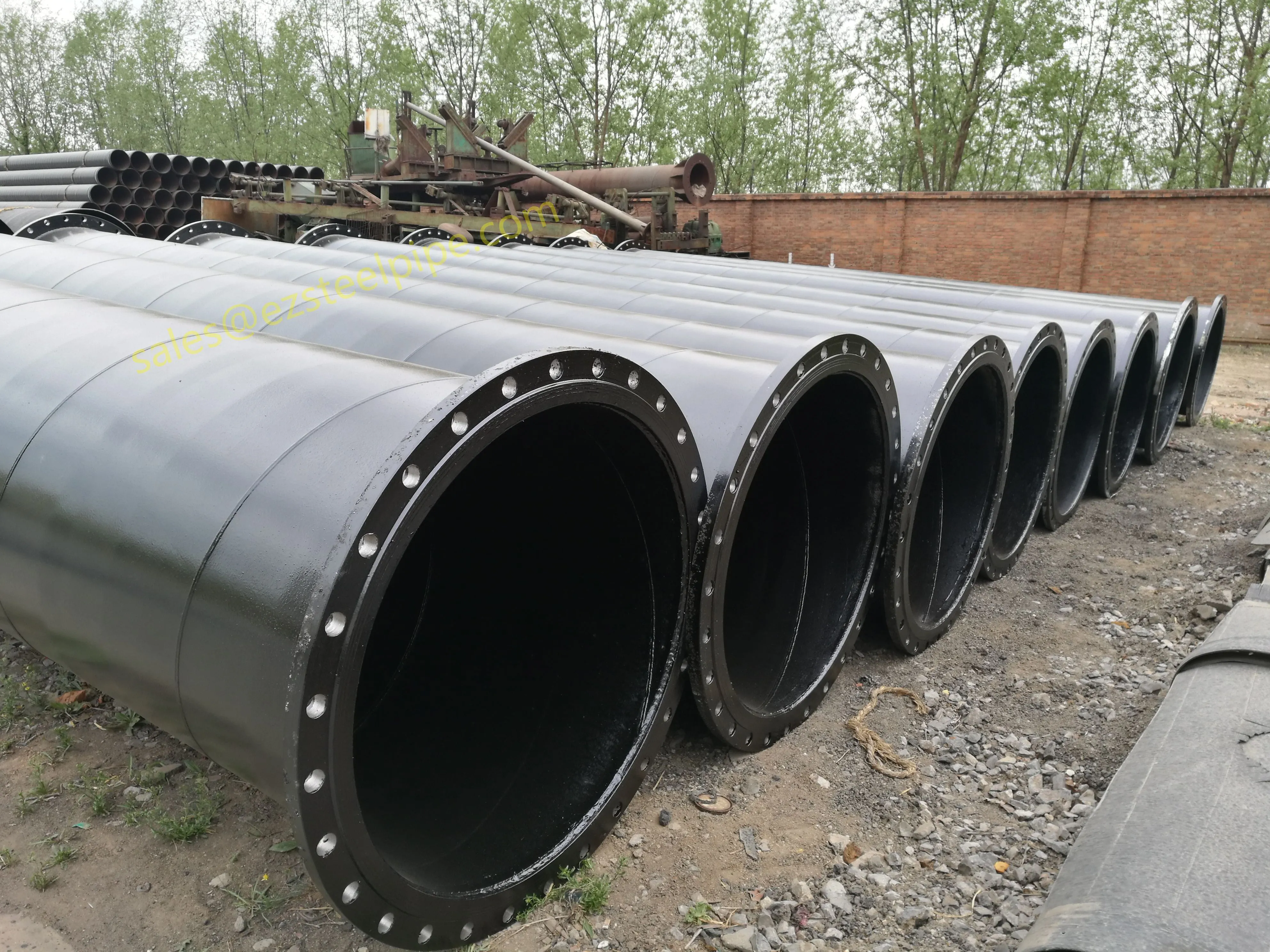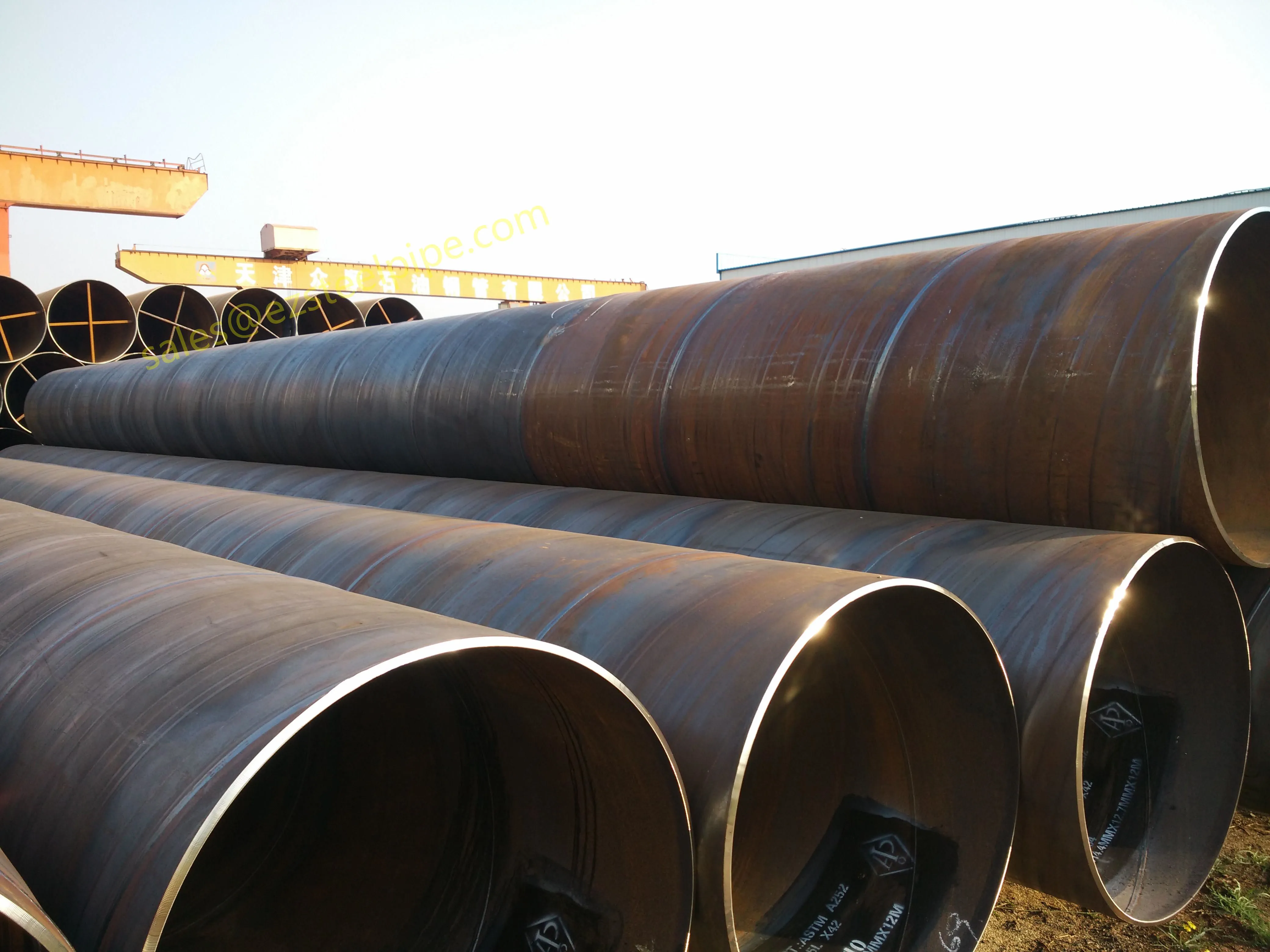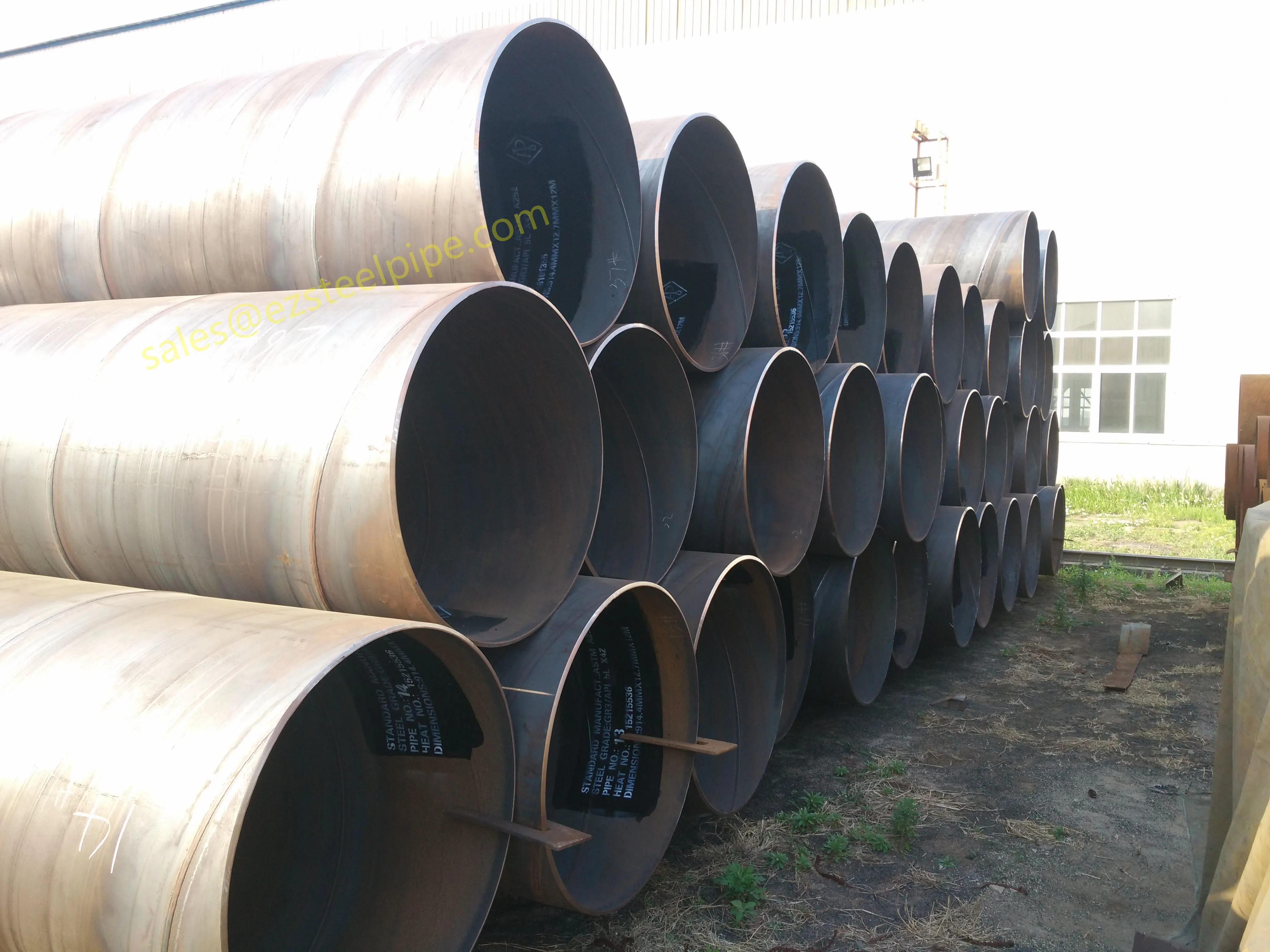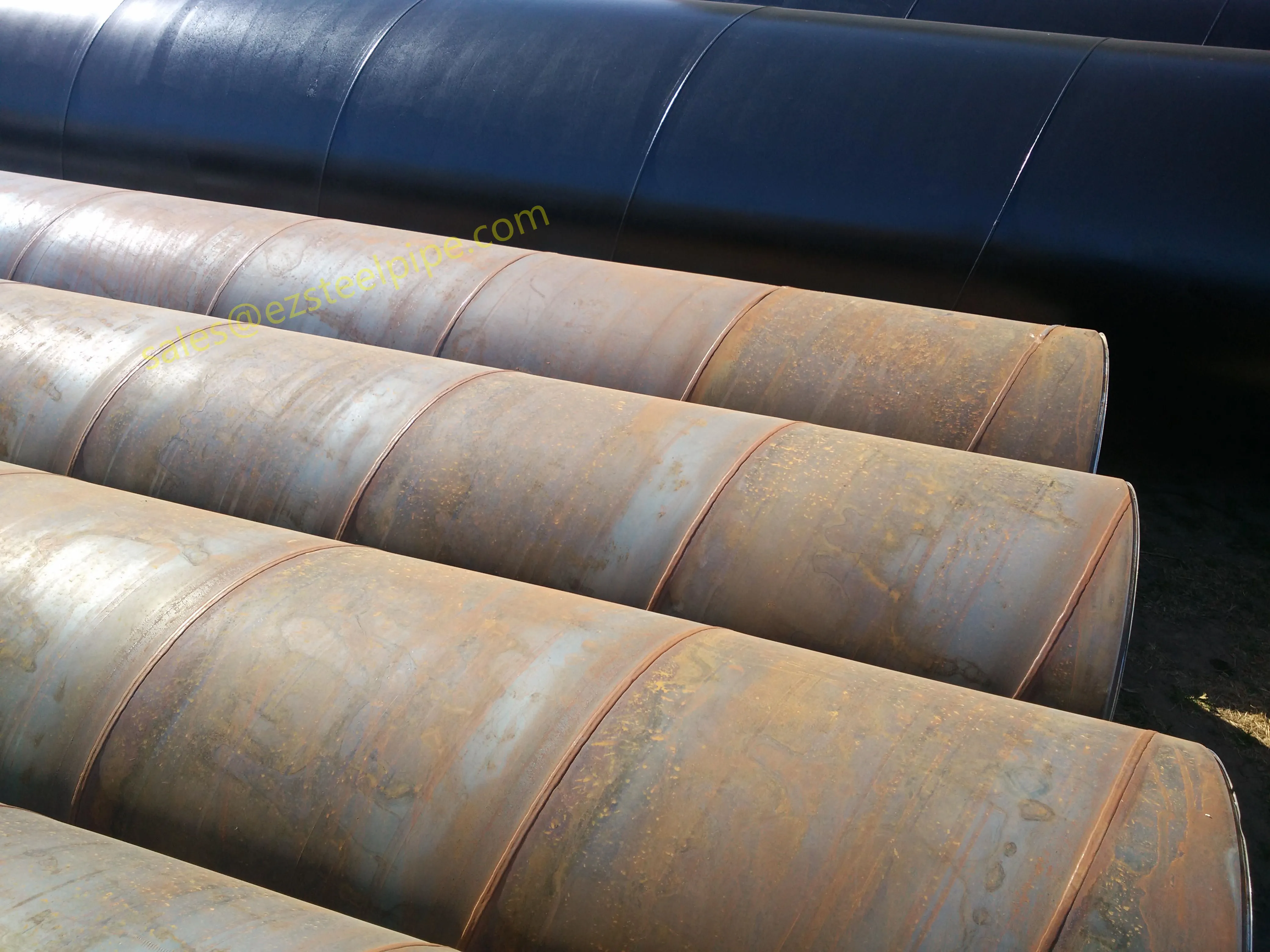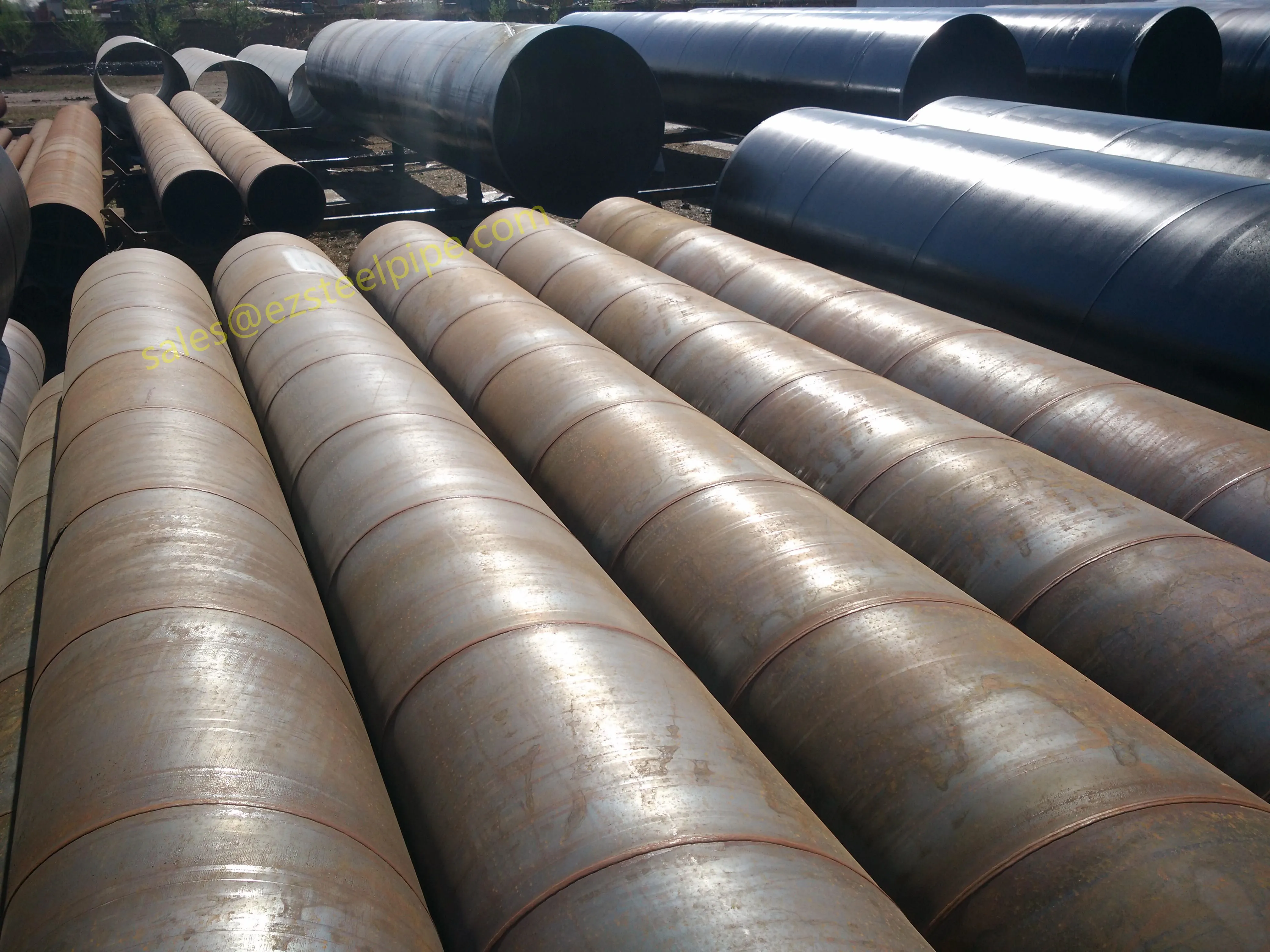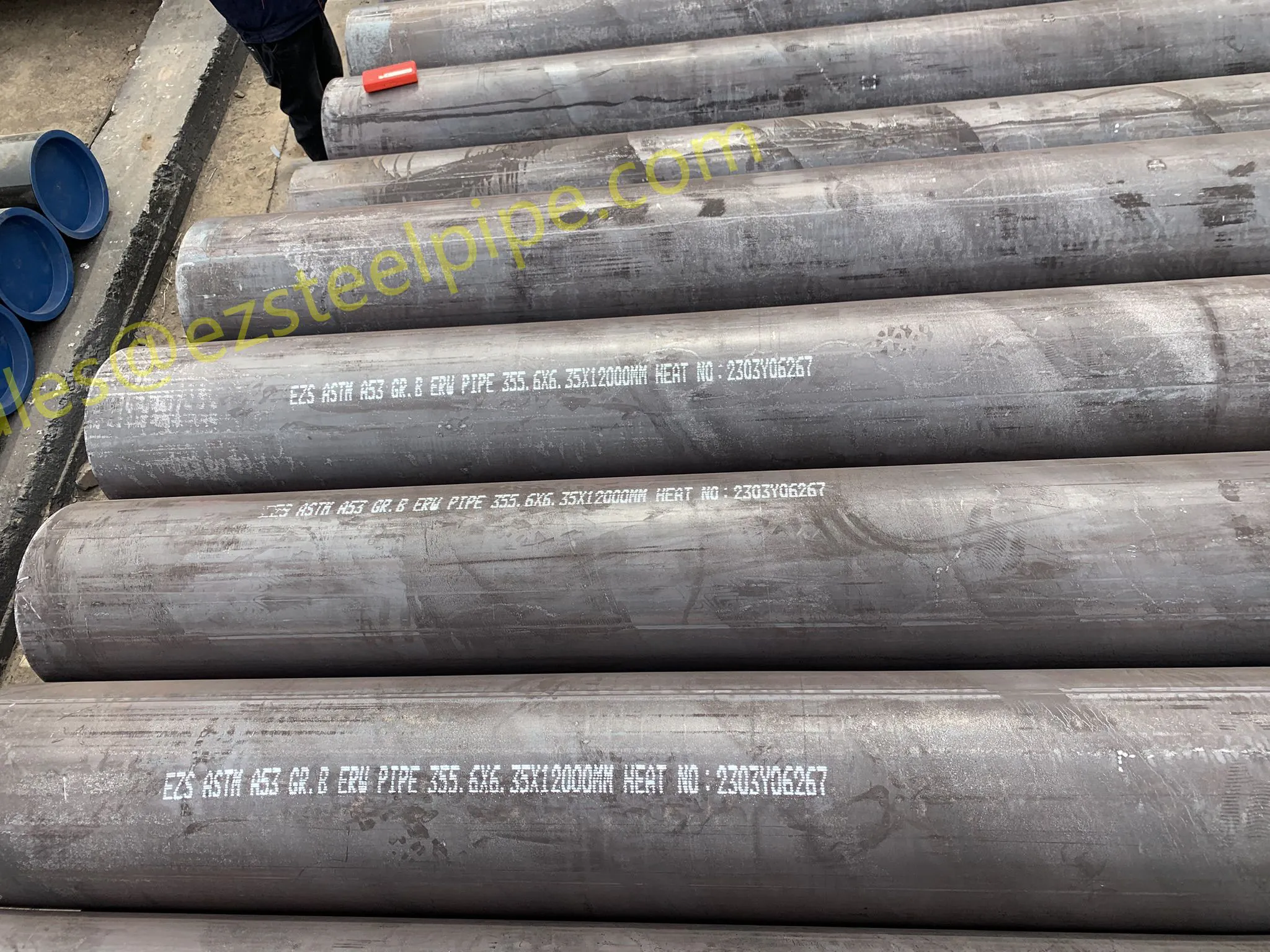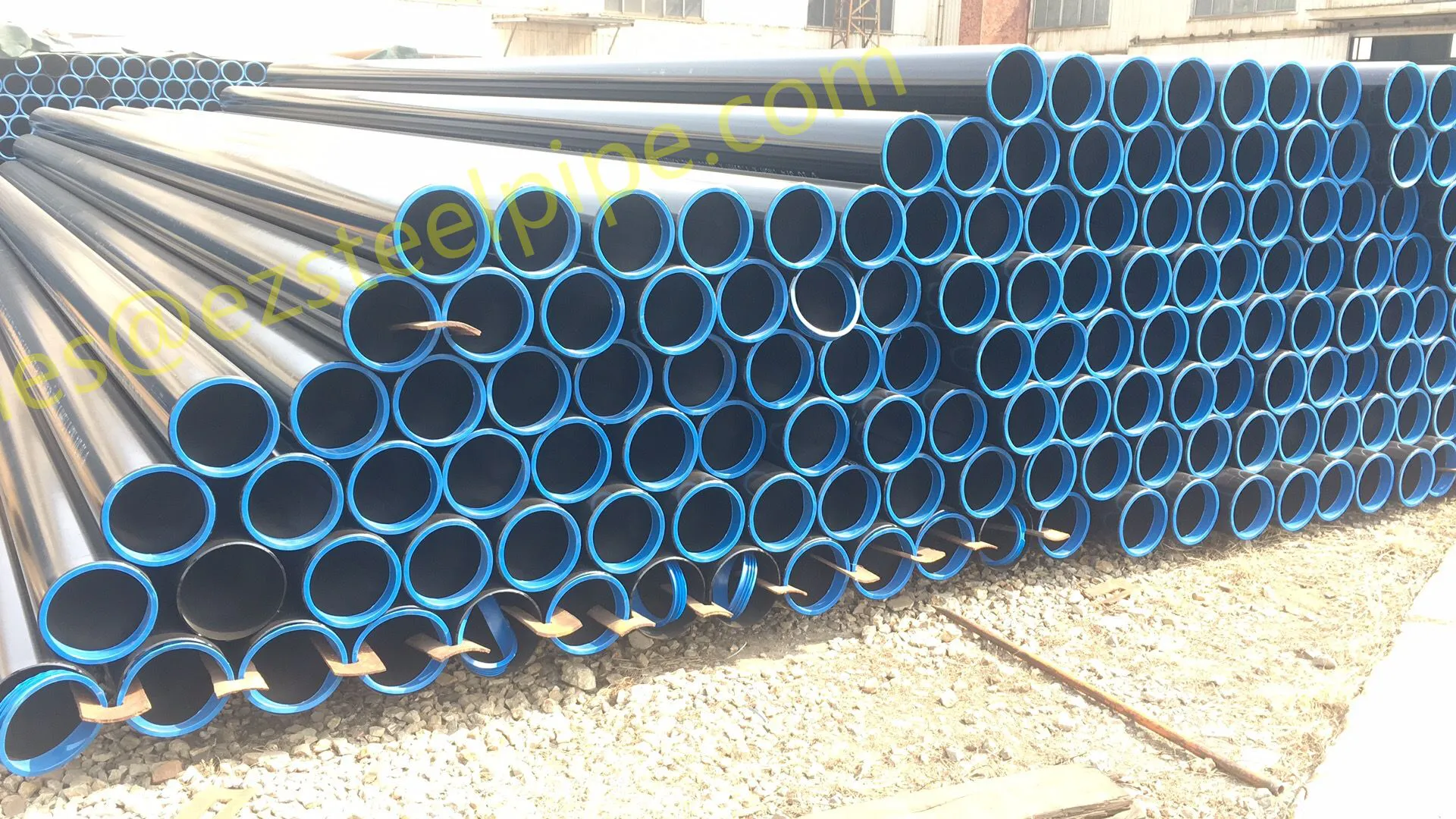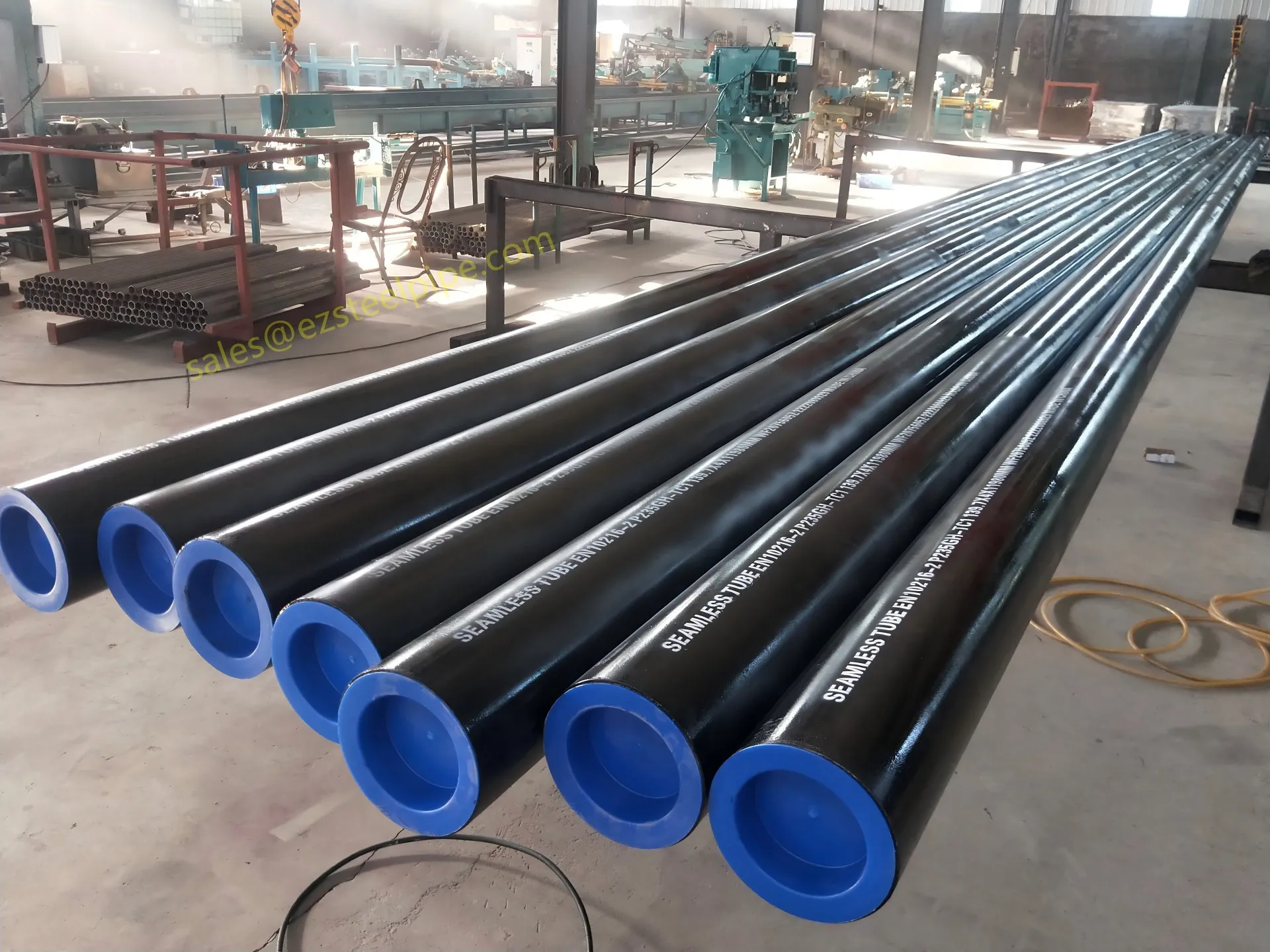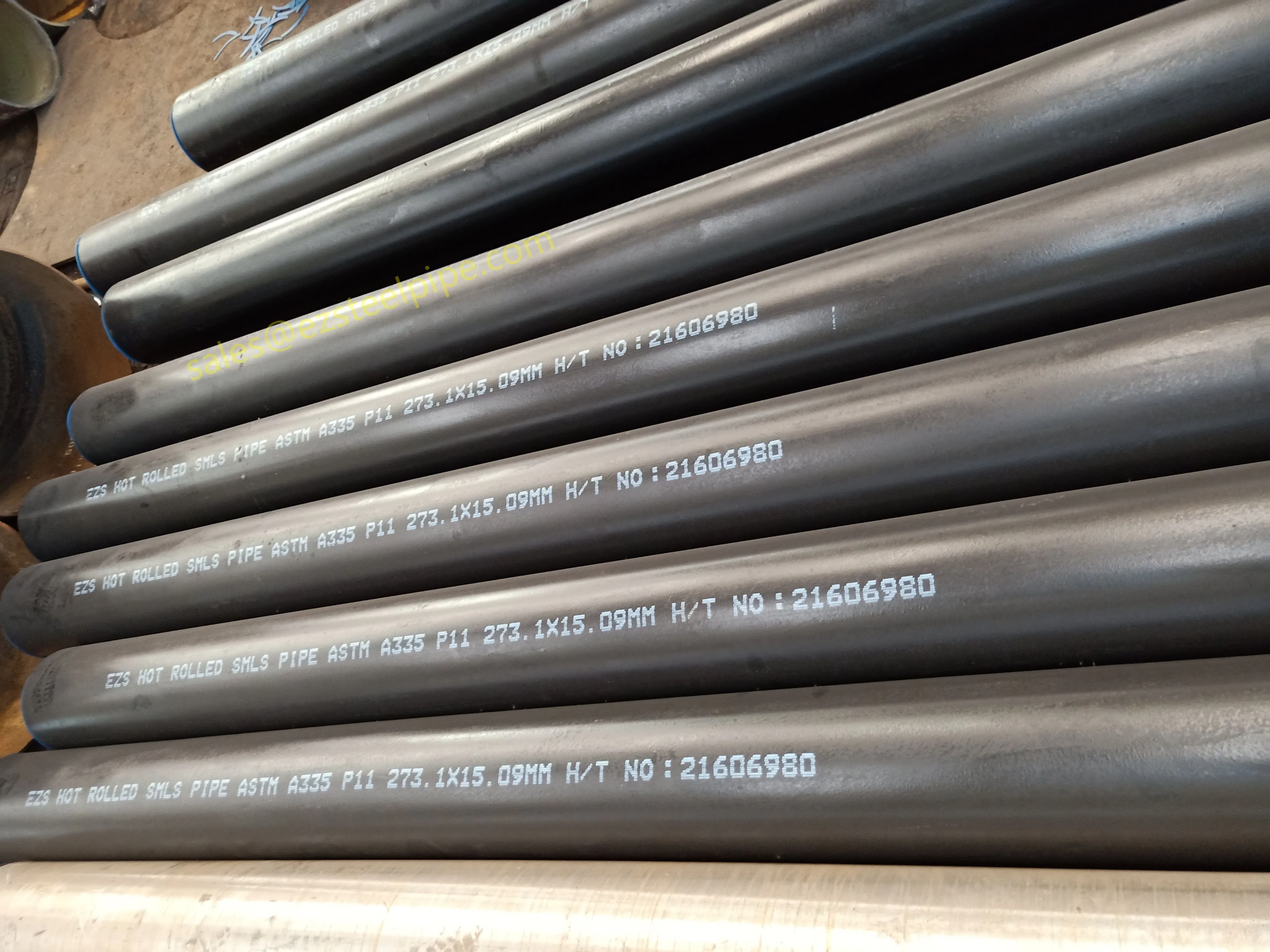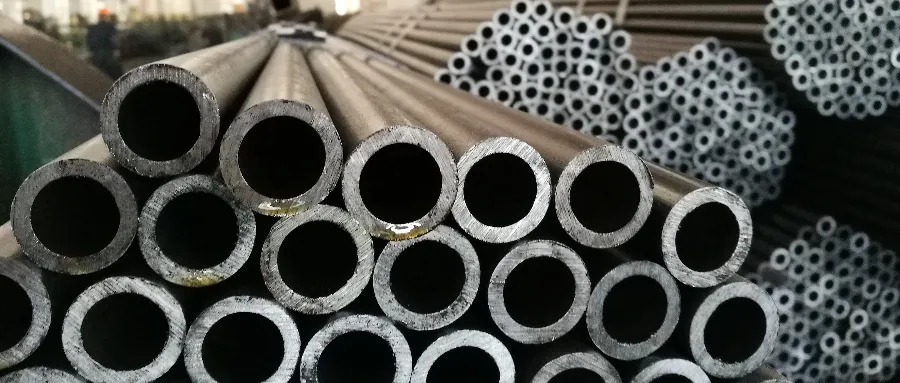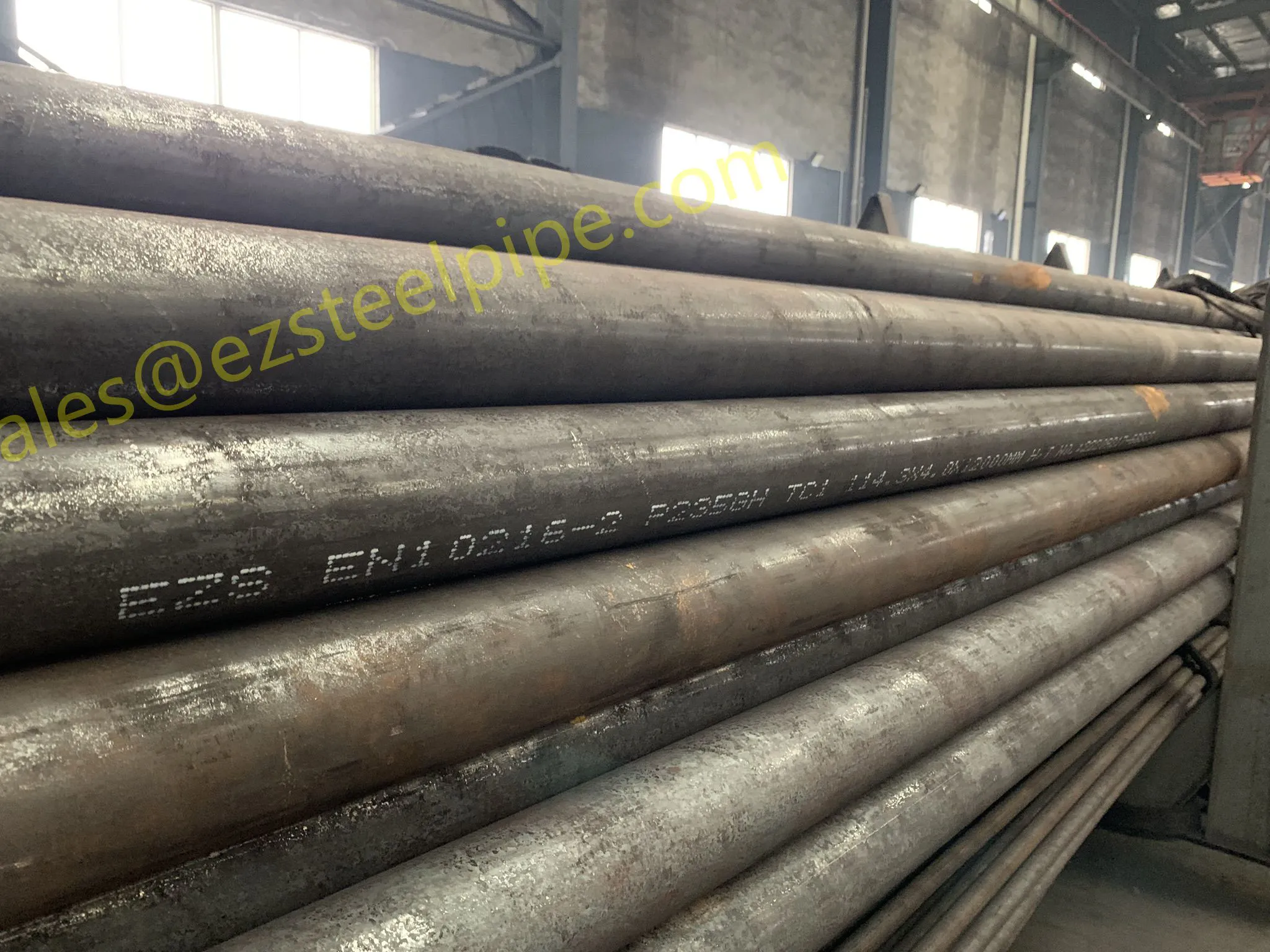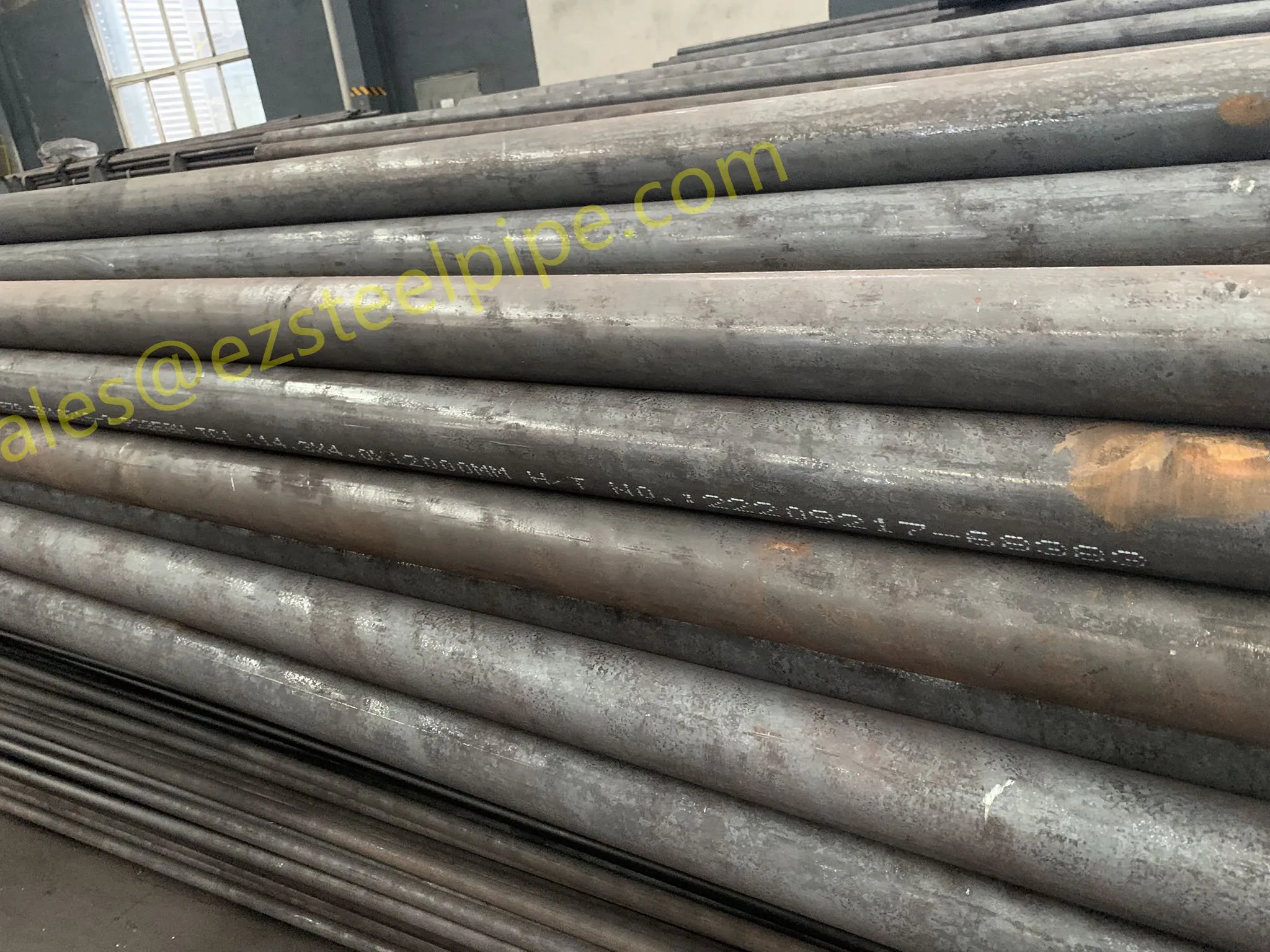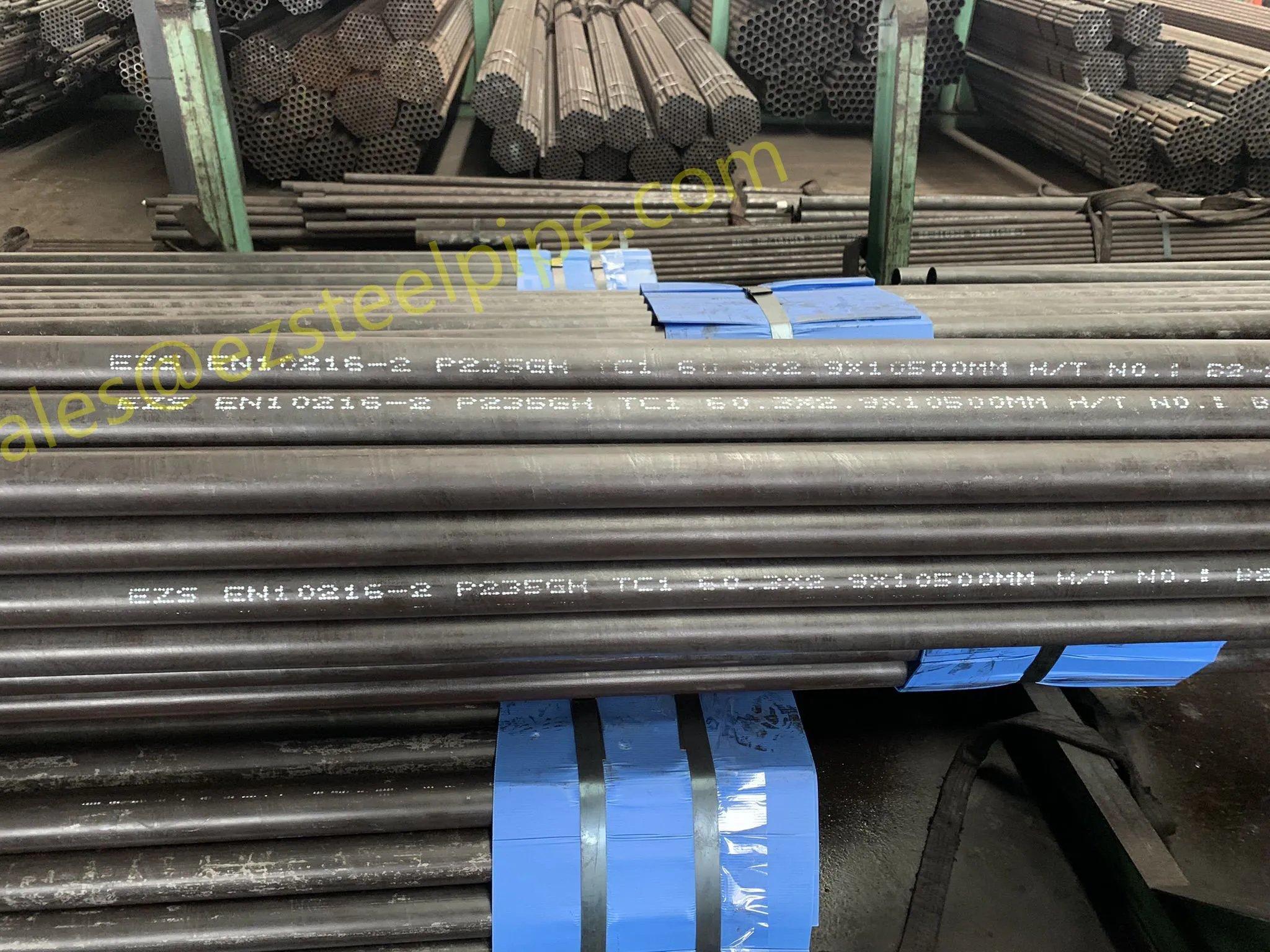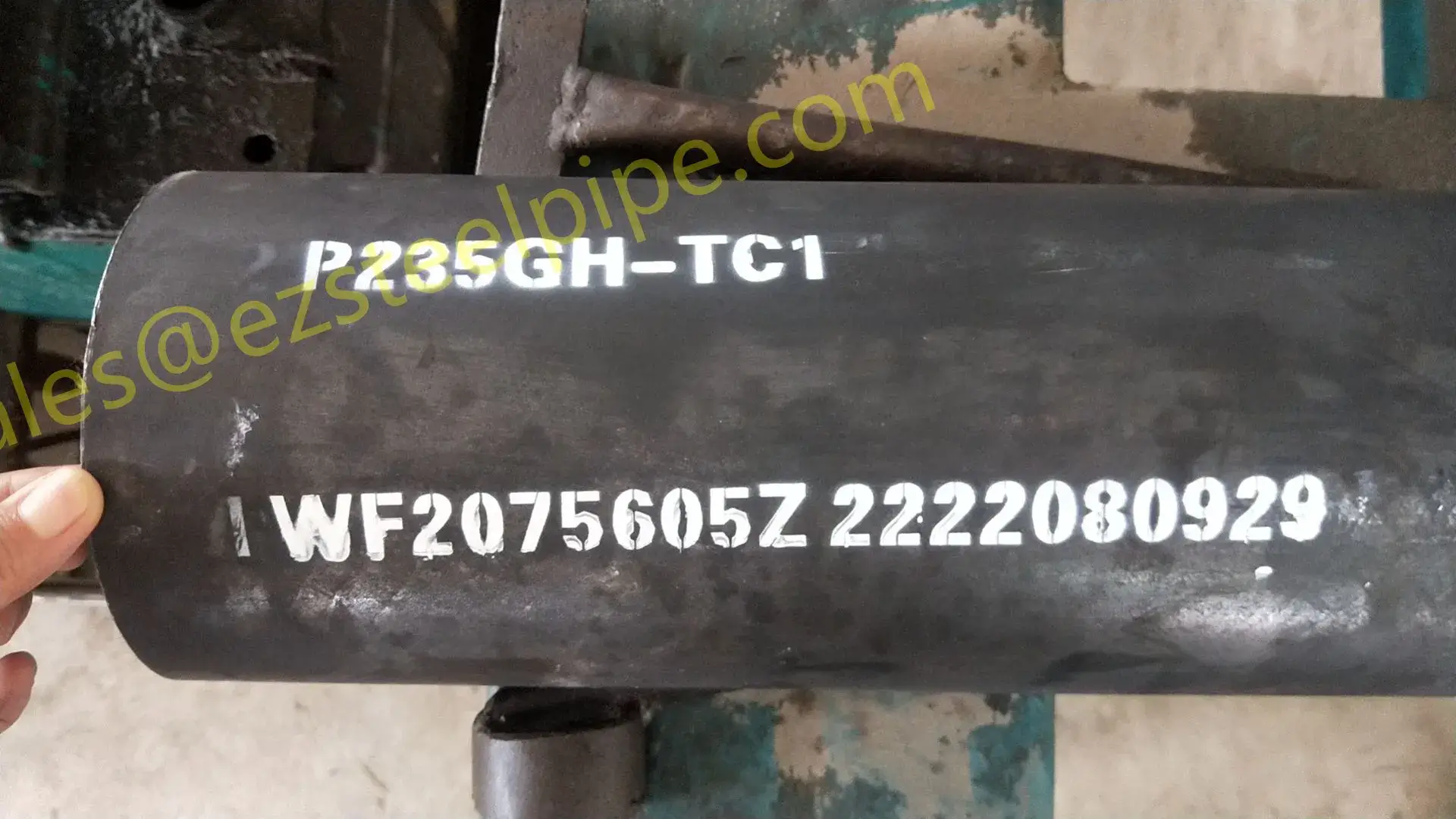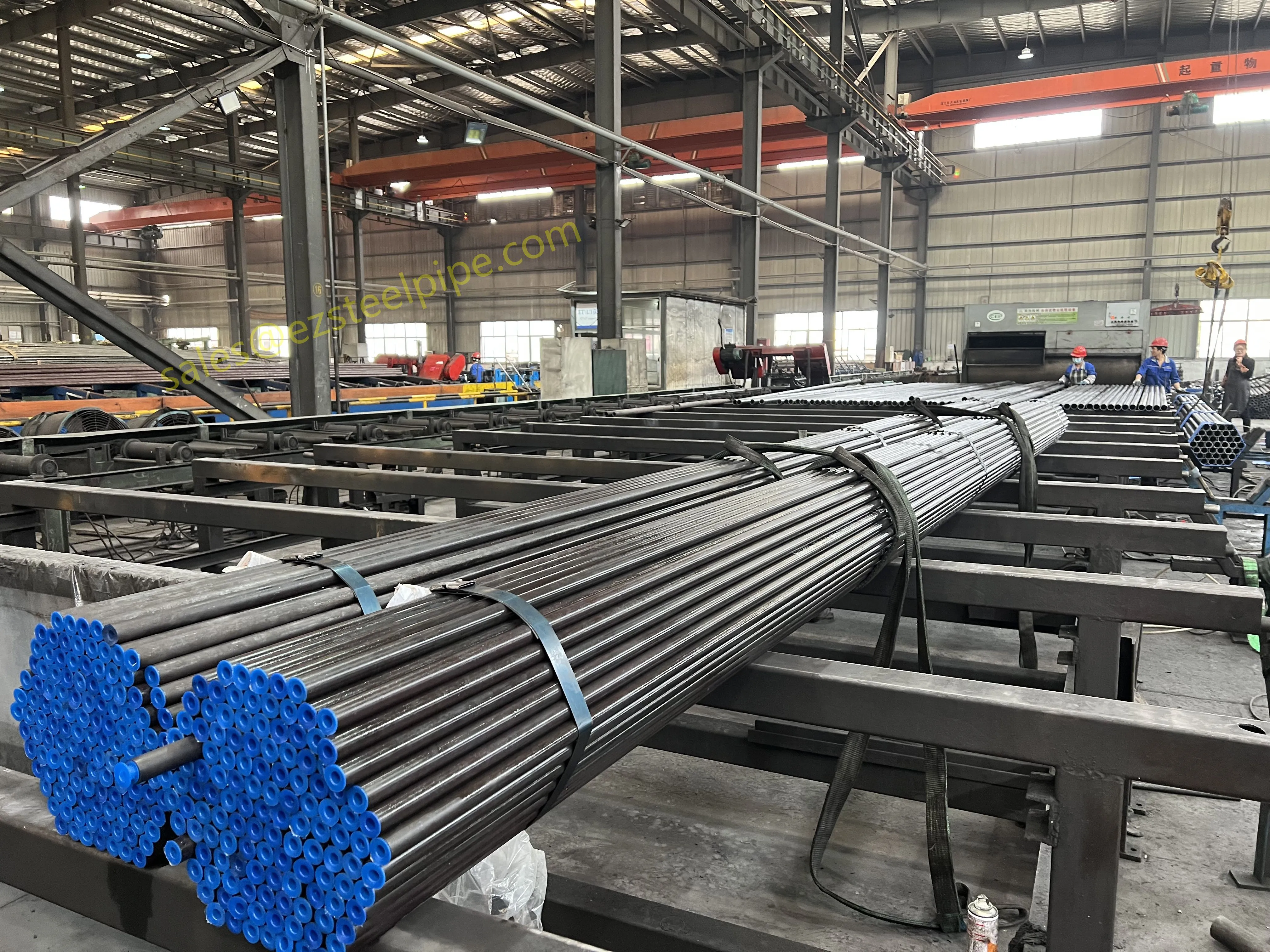If you've ever stood by the ocean, watching waves crash against a ship's hull or a coastal power plant's intake pipes, you might not have realized the silent workhorse keeping those structures intact: copper-nickel alloys. These remarkable materials don't just "exist"—they perform , day in and day out, in some of the harshest environments on Earth. From saltwater corrosion that eats through ordinary metals to the extreme pressures of deep-sea pipelines, copper-nickel alloys stand tall, ensuring safety, reliability, and longevity in industries that keep our world running. Let's dive into the different types of these unsung heroes, exploring what makes each unique and why they matter.
The Basics: What Makes Copper-Nickel Alloys Special?
Before we jump into specific types, let's get a feel for why copper-nickel (often called "Cuni") alloys are so revered. At their core, they're a mix of copper (the main player) and nickel (the sidekick), with small additions of iron, manganese, or other elements to tweak their superpowers. What sets them apart? Two big things: unbeatable corrosion resistance (especially in saltwater and acidic environments) and incredible durability under stress. Think of them as the tough, reliable friends you call when the going gets rough—they don't complain; they just get the job done.
But here's the thing: not all copper-nickel alloys are created equal. Just like a chef adjusts spices to make a dish perfect, metallurgists tweak the nickel (and other element) content to create alloys tailored for specific jobs. Let's break down the most common types, starting with the ones you'll see everywhere.
Type 1: 90/10 Copper-Nickel (C70600)
Let's start with the "everyday hero" of copper-nickel alloys: 90/10. As the name suggests, it's roughly 90% copper and 10% nickel, with tiny dashes of iron (around 1%) and manganese (about 1%) thrown in. You might hear it called by its ASTM designation, B466 copper nickel tube —that's the standard that ensures this alloy meets strict quality benchmarks for tubing. So, what makes 90/10 the go-to for so many engineers?
What Makes It Tick?
First, its corrosion resistance is off the charts, especially in saltwater. When exposed to seawater, 90/10 forms a thin, protective layer on its surface that stops rust and pitting in their tracks. It's like having a built-in shield that gets stronger the longer it's in the fight. Add to that good thermal conductivity (so it transfers heat efficiently) and decent strength, and you've got a material that's versatile enough for everything from small tubing to large pipelines.
Where You'll Find It
Walk along any marina, and you're probably looking at 90/10 in action. It's the star of marine & ship-building —think ship hulls, seawater cooling systems, and propeller shafts. Why? Because seawater is brutal, full of salts and microorganisms that love to eat away at metals, but 90/10 laughs in their face. It's also a favorite in desalination plants, where it handles the harsh mix of saltwater and chemicals used to turn seawater into drinking water. And let's not forget coastal power plants—their cooling pipes often rely on 90/10 to keep water flowing without corrosion, ensuring the plant stays up and running.
One of the best things about 90/10? It's relatively affordable compared to higher-nickel alloys, making it the practical choice for projects where performance and cost need to balance. It's the "jack of all trades" that never lets you down.
Type 2: 70/30 Copper-Nickel (C71500)
Now, let's meet the "heavyweight champion" of copper-nickel alloys: 70/30. With 70% copper, 30% nickel, and similar iron/manganese additions (about 0.5-1% each), this alloy is built for the big leagues. When engineers need something that can handle higher pressures, faster flows, or more aggressive environments than 90/10, 70/30 steps up. It's like upgrading from a reliable sedan to a rugged truck—still dependable, but with extra muscle.
Why 30% Nickel Matters
That extra nickel isn't just for show. It boosts the alloy's strength, especially at higher temperatures, and makes it even more resistant to corrosion in fast-moving seawater (a problem called "erosion-corrosion" that can wear down weaker metals). It also stands up better to sulfuric acid and other industrial chemicals, which is why you'll find it in places like petrochemical facilities and offshore oil rigs—where the environment is as tough as the work being done.
Applications That Demand the Best
70/30 is the go-to for critical systems where failure isn't an option. Think petrochemic facilities (typo in keyword, but we'll use "petrochemical facilities") handling corrosive fluids, or large-scale seawater cooling systems in power plants, where even a small leak could shut down operations. It's also a staple in marine & shipbuilding , especially for components like heat exchangers and condensers in large ships, where space is tight and reliability is non-negotiable.
You'll often find 70/30 referenced in standards like BS2871 copper alloy tube , a British standard that sets the bar for copper alloy tubing in high-performance applications. This standard ensures that 70/30 tubes meet strict dimensional and material requirements, giving engineers peace of mind that they're using the real deal.
Fun fact: 70/30 is sometimes called "cupronickel 70/30" and is even used in coins in some countries—though its industrial roles are where it really shines. It's the alloy you trust when the stakes are highest.
Type 3: 66/30/2 Copper-Nickel-Iron (C71640)
Now, let's talk about the "specialist" in the family: 66/30/2 (also known as C71640). This one mixes things up with 66% copper, 30% nickel, and 2% iron (plus a little manganese). That extra iron might seem small, but it's a game-changer. Think of it as adding a secret ingredient to a recipe that takes it from good to unforgettable.
The Iron Advantage
Iron in copper-nickel alloys helps form even stronger protective oxide layers, making 66/30/2 incredibly resistant to both corrosion and biofouling (those pesky marine organisms that grow on metal surfaces and slow things down). In seawater systems, where barnacles and algae can clog pipes and reduce efficiency, this is a huge win. It's like having a self-cleaning feature built into the metal.
Where It Shines
You'll find 66/30/2 in places where long-term reliability in harsh marine environments is key. Offshore oil platforms, for example, use it in their seawater injection systems—pumping water into wells to maintain pressure—and in fire suppression lines, where failure could mean disaster. It's also a top choice for heat exchanger tube in coastal power plants, where it efficiently transfers heat while resisting the constant assault of saltwater.
What's really cool about 66/30/2 is how it balances strength, corrosion resistance, and workability. Unlike some high-performance alloys that are hard to bend or shape, this one can be formed into complex parts—like the U-bend tubes used in heat exchangers—without losing its toughness. It's the "problem solver" that makes engineers' jobs easier, even in the trickiest designs.
Beyond the Big Three: Specialized Copper-Nickel Alloys
While 90/10, 70/30, and 66/30/2 are the most common, there are other specialized copper-nickel alloys designed for unique challenges. Let's take a quick look at a few that deserve a shoutout:
Copper-Nickel-Zinc (Nickel Silver)
Not all copper-nickel alloys are for heavy industry. Nickel silver (like 65/18/17: 65% Cu, 18% Ni, 17% Zn) is a lighter, more decorative alloy used in jewelry, musical instruments, and even silverware (despite the name, it has no silver!). It's corrosion-resistant and has a bright, silvery finish—proof that copper-nickel alloys can be both tough and beautiful.
EEMUA 144 234 Cuni Pipe: The Marine Standard
Ever heard of EEMUA 144 234 Cuni pipe ? It's not a specific alloy type, but a standard from the Engineering Equipment and Materials Users' Association (EEMUA) that sets requirements for copper-nickel pipes used in marine systems. It often specifies 90/10 or 70/30 alloys, but with extra strict testing for things like weld quality and pressure resistance. When you see EEMUA 144 stamped on a pipe, you know it's built to survive the harshest ocean conditions—because the standard was created by engineers who've seen it all.
How Standards Keep Copper-Nickel Alloys Reliable
We've mentioned standards like B466, BS2871, and EEMUA 144 a few times, and that's no accident. In the world of engineering, standards are like rulebooks that ensure everyone's on the same page. They tell manufacturers how to make the alloy, how to test it, and what performance to expect—so when an engineer specifies a BS2871 copper alloy tube , they know exactly what they're getting, no surprises.
For example, ASTM B466 (the standard for 90/10 and 70/30 tubing) covers everything from chemical composition to wall thickness tolerance to pressure testing. It ensures that a tube made in China, Europe, or the U.S. will perform the same way, which is crucial for global projects like oil rigs or shipbuilding. Without these standards, it'd be like baking a cake without a recipe—you never know if it'll rise.
Comparing Common Copper-Nickel Alloys: A Quick Guide
| Alloy Type | Composition (approx.) | Key Strengths | Typical Applications | Common Standards |
|---|---|---|---|---|
| 90/10 (C70600) | 90% Cu, 10% Ni, 1% Fe/Mn | Balanced corrosion resistance, cost-effective | Marine cooling systems, desalination, ship hulls | ASTM B466, EEMUA 144 |
| 70/30 (C71500) | 70% Cu, 30% Ni, 0.5-1% Fe/Mn | High strength, erosion-corrosion resistance | Petrochemical facilities, high-pressure heat exchangers | BS2871, ASTM B466 |
| 66/30/2 (C71640) | 66% Cu, 30% Ni, 2% Fe | Biofouling resistance, workability | Offshore oil platforms, U-bend heat exchangers | ASTM B466, EN 12451 |
Why Copper-Nickel Alloys Matter (Yes, Even to You)
At this point, you might be thinking, "Okay, these alloys are cool, but how do they affect me?" Let's connect the dots. The ship that brings your favorite imported goods? Its seawater cooling system probably uses 90/10 copper-nickel tubes to keep the engine from overheating. The coastal power plant that keeps your lights on? Its condenser tubes might be 70/30, transferring heat efficiently to generate electricity. The desalination plant that turns seawater into drinking water in drought-prone areas? 66/30/2 could be the reason it works without constant repairs.
Copper-nickel alloys are the silent backbone of industries that keep our world moving. They don't get headlines, but they ensure safety (no oil spills from corroded pipes), reliability (no power outages from failed heat exchangers), and sustainability (their long lifespan means less waste). They're a reminder that sometimes the most important innovations are the ones we don't see—just quietly doing their job, day after day.
Wrapping Up: The Copper-Nickel Family's Legacy
From the 90/10 tubes in a small fishing boat to the 70/30 pipes in a massive offshore rig, copper-nickel alloys have proven themselves as indispensable materials in our industrial world. They're a testament to human ingenuity—taking two common metals, mixing them just right, and creating something far greater than the sum of its parts. Whether it's fighting corrosion in the deep sea or ensuring a power plant runs smoothly, these alloys remind us that reliability, strength, and adaptability are the keys to progress.
So the next time you see a ship, a power plant, or a coastal refinery, take a moment to appreciate the copper-nickel alloys holding it all together. They might not be flashy, but they're the reason we can build bigger, better, and more resilient structures—proving that sometimes, the best stories are the ones that don't need to shout.
 export@ezsteelpipe.com
export@ezsteelpipe.com +86 731 8870 6116
+86 731 8870 6116






 Related Products
Related Products

